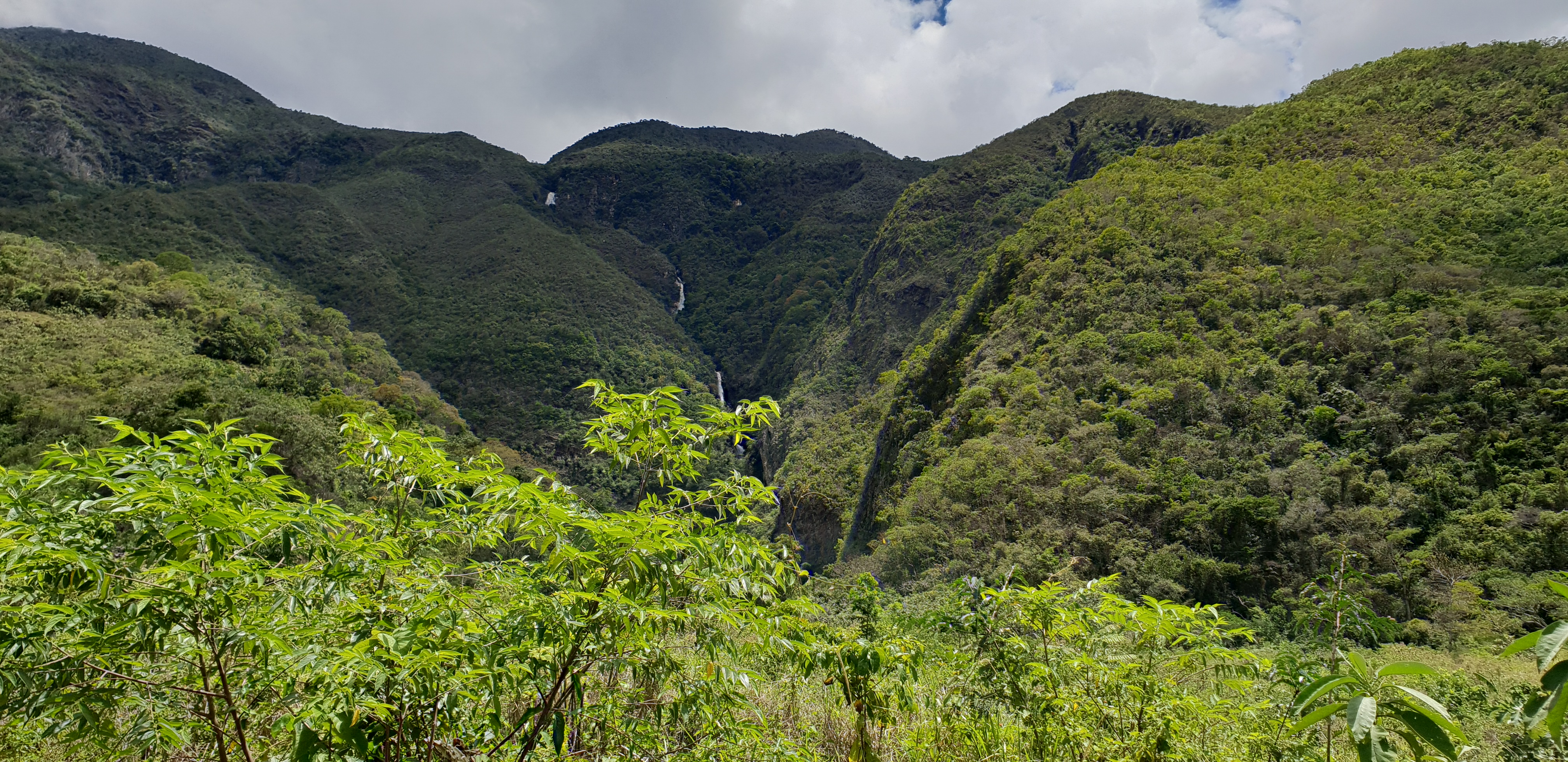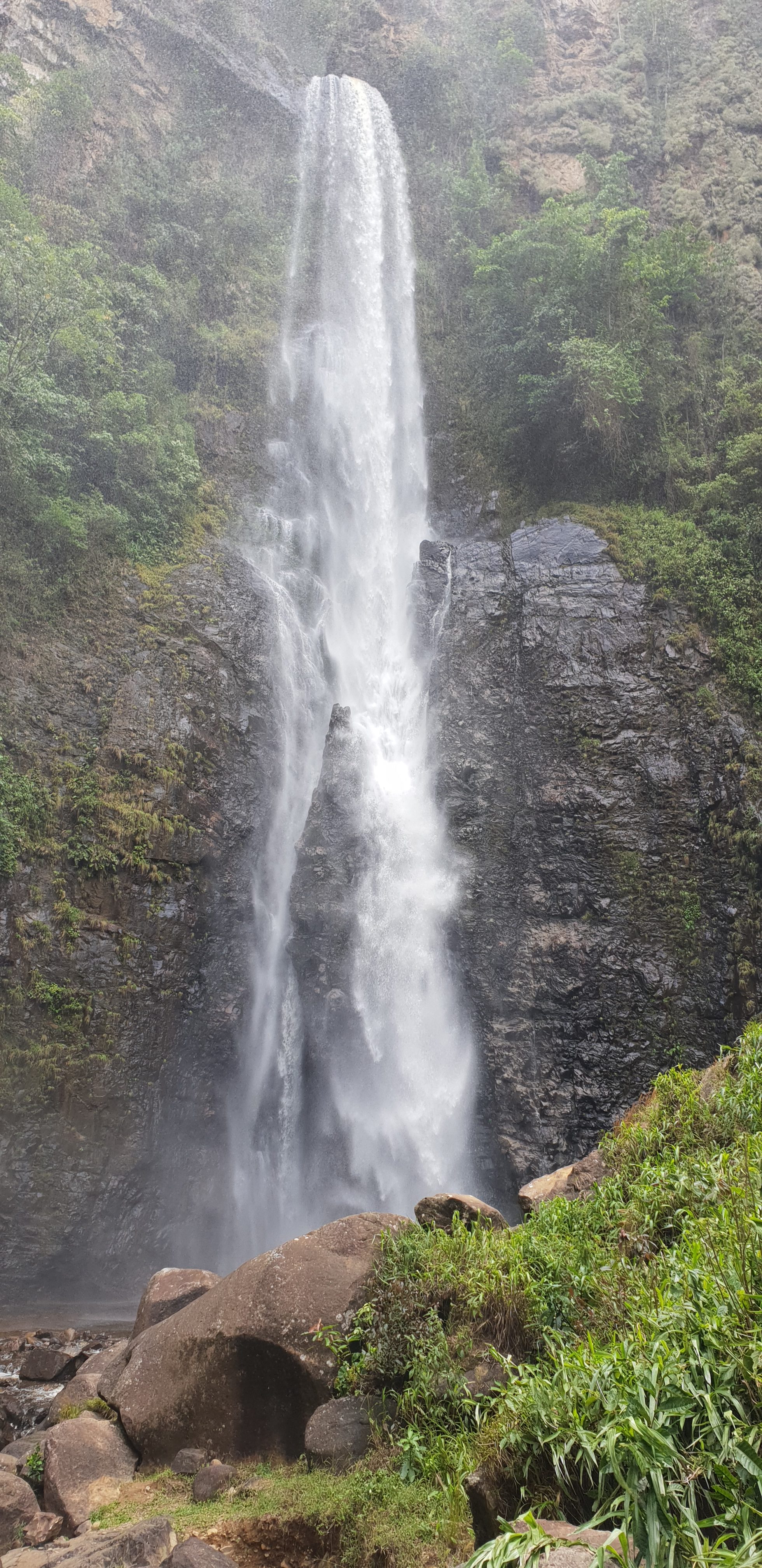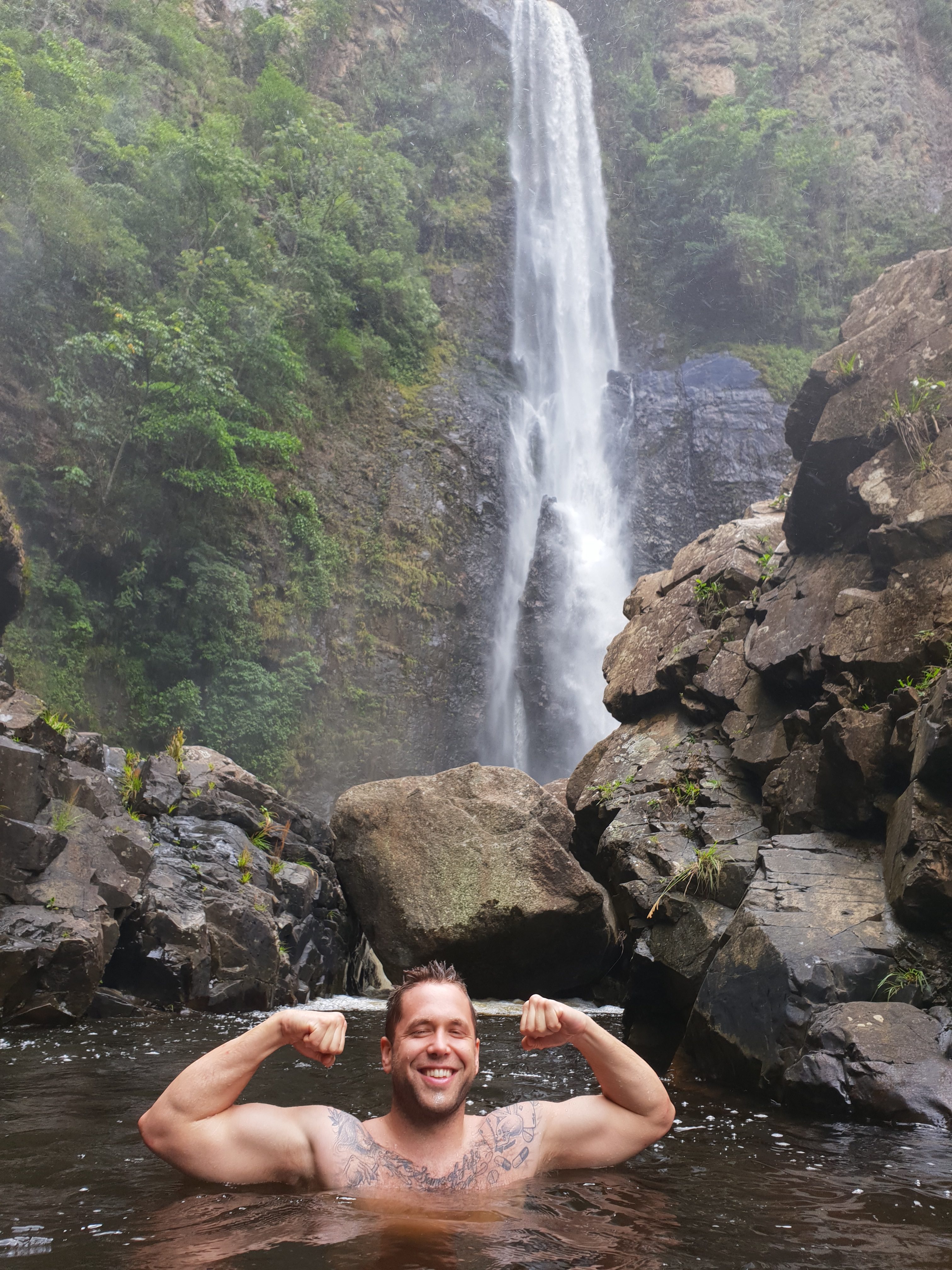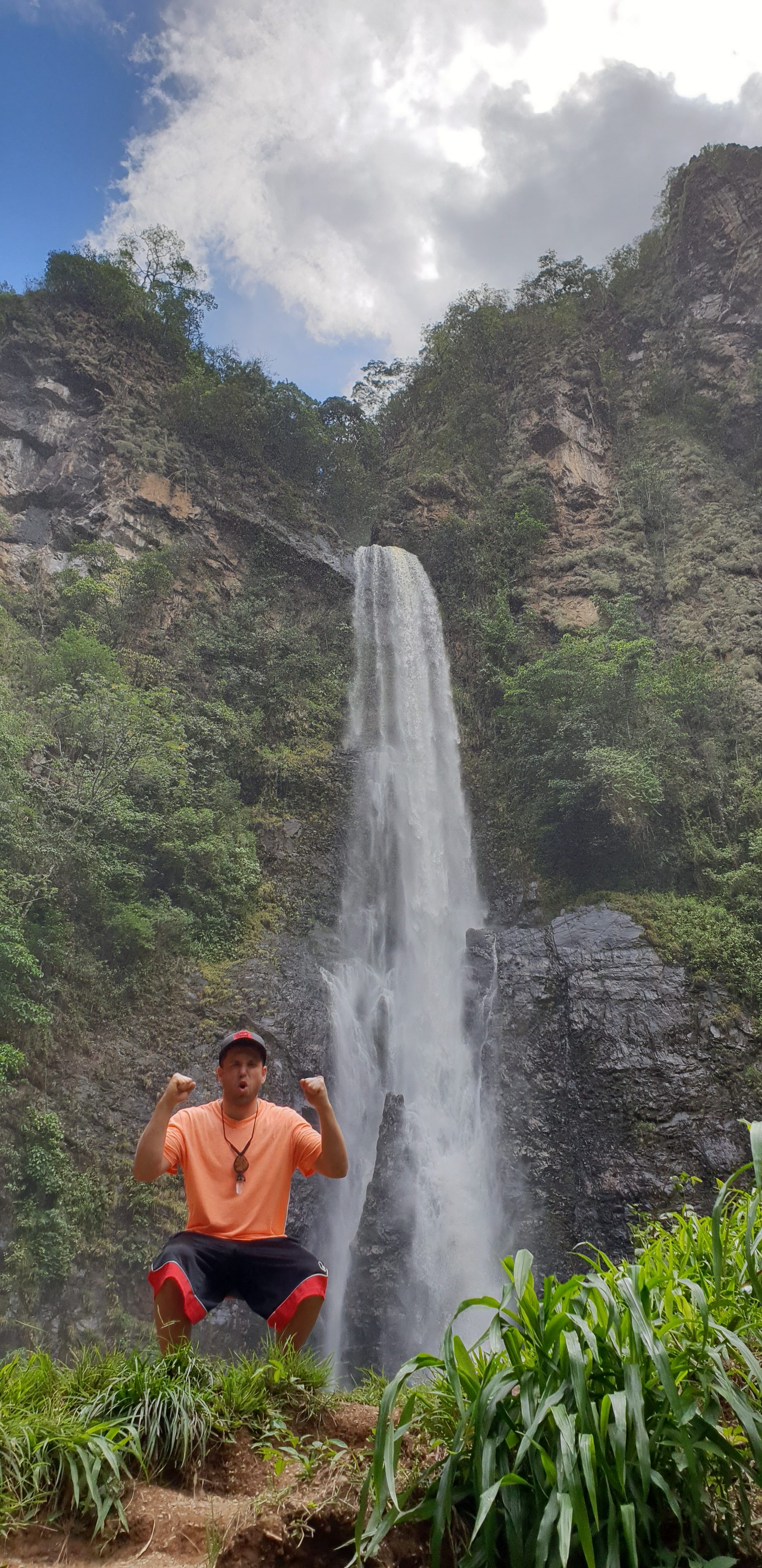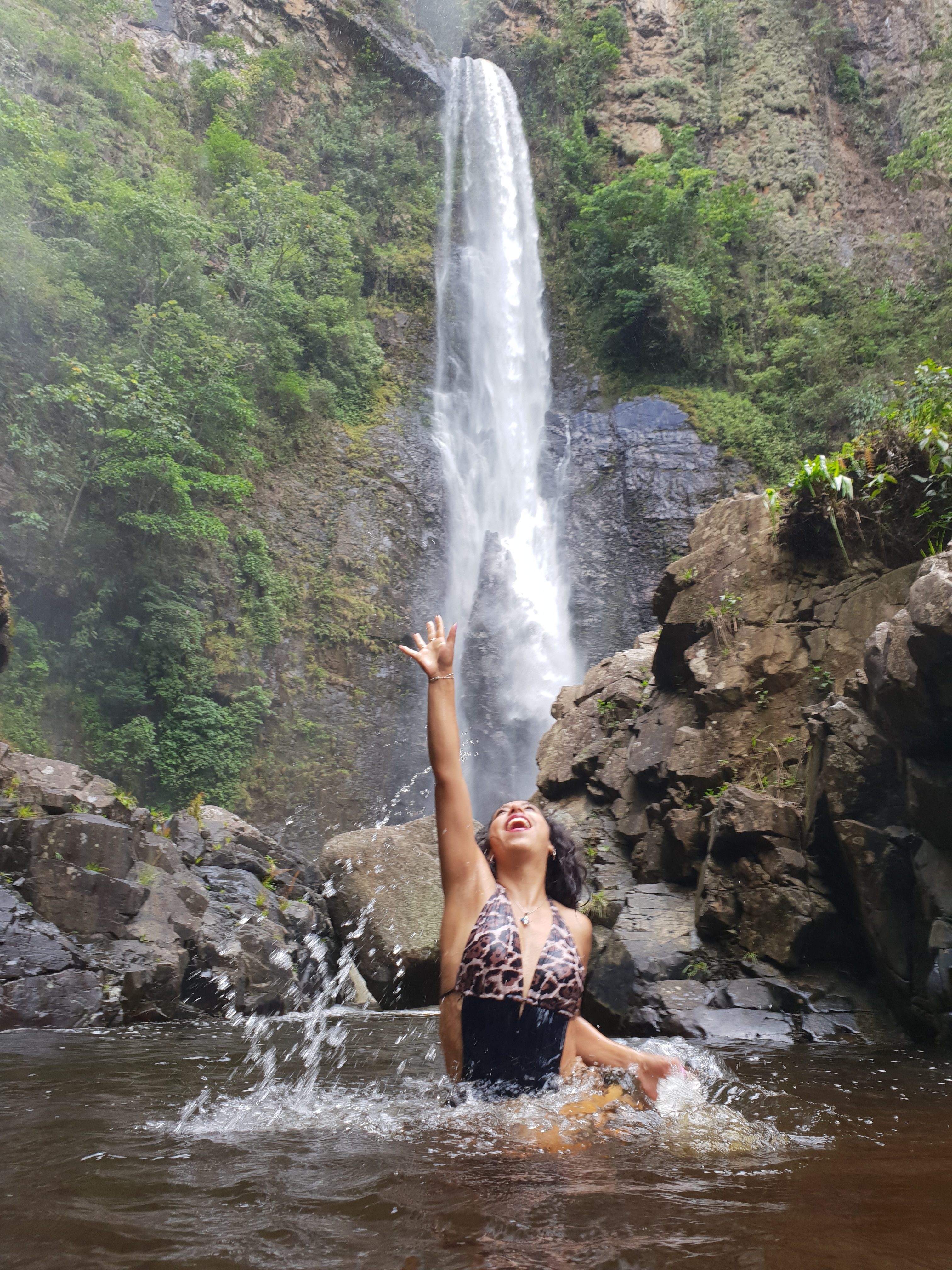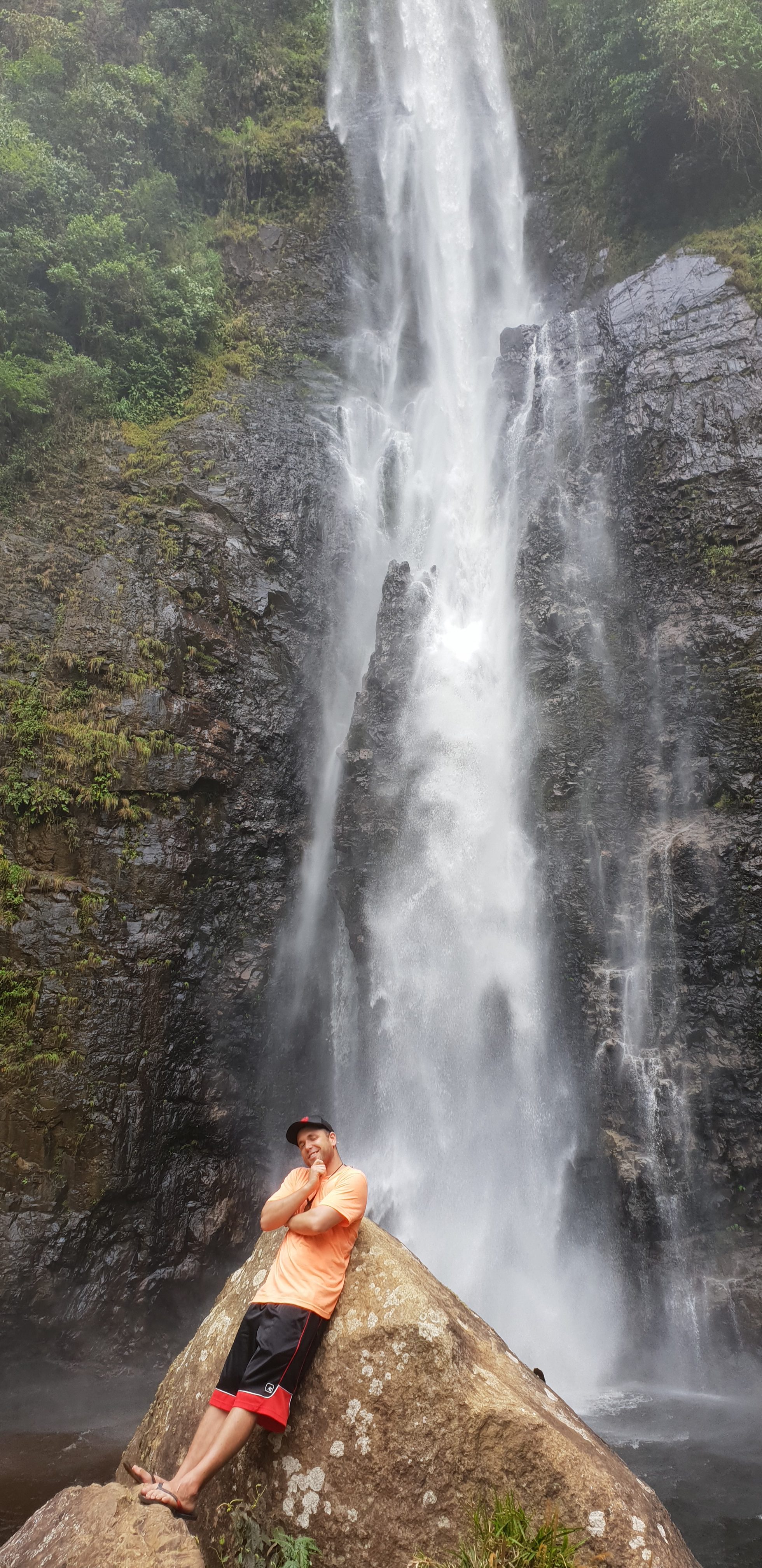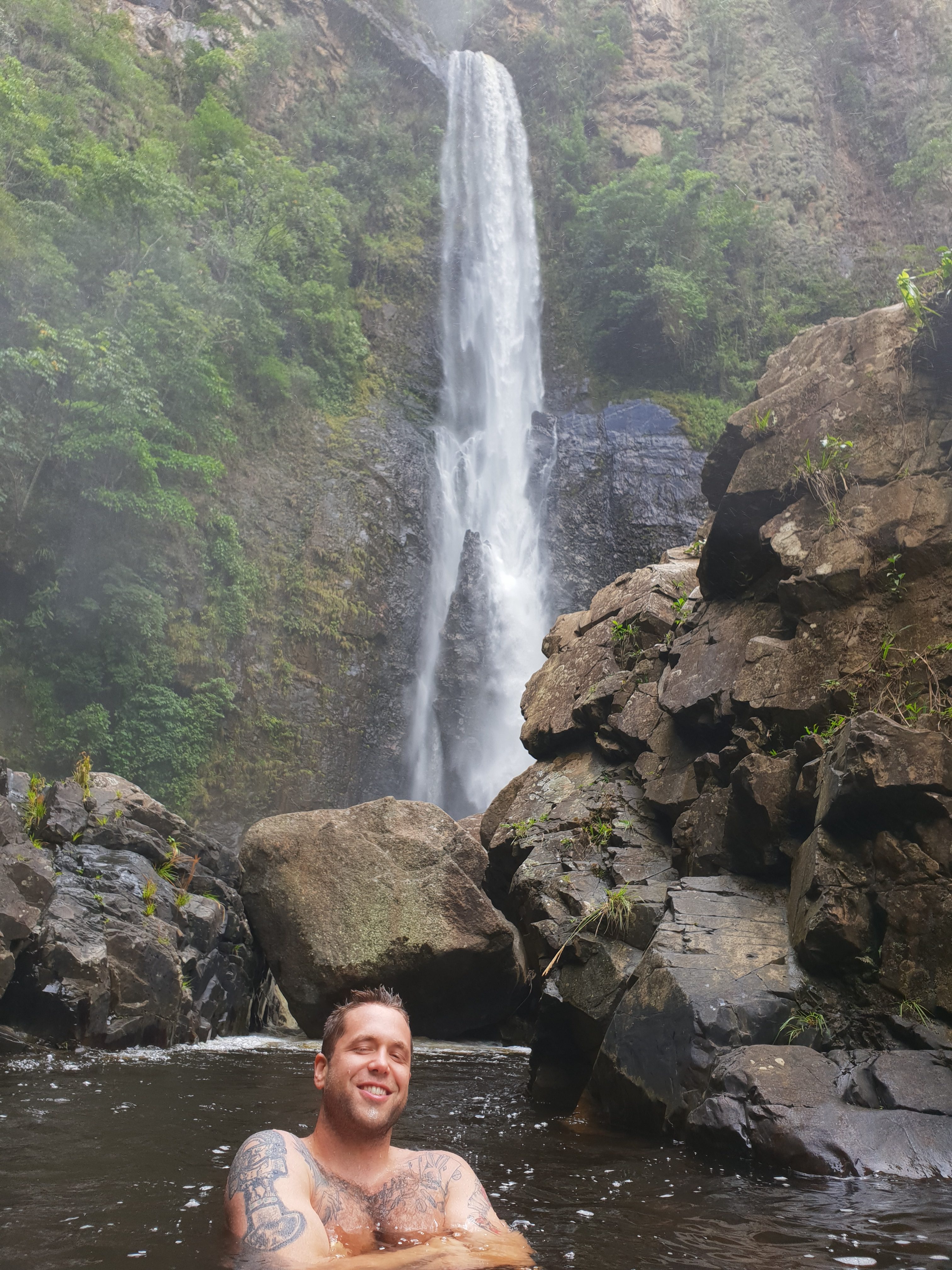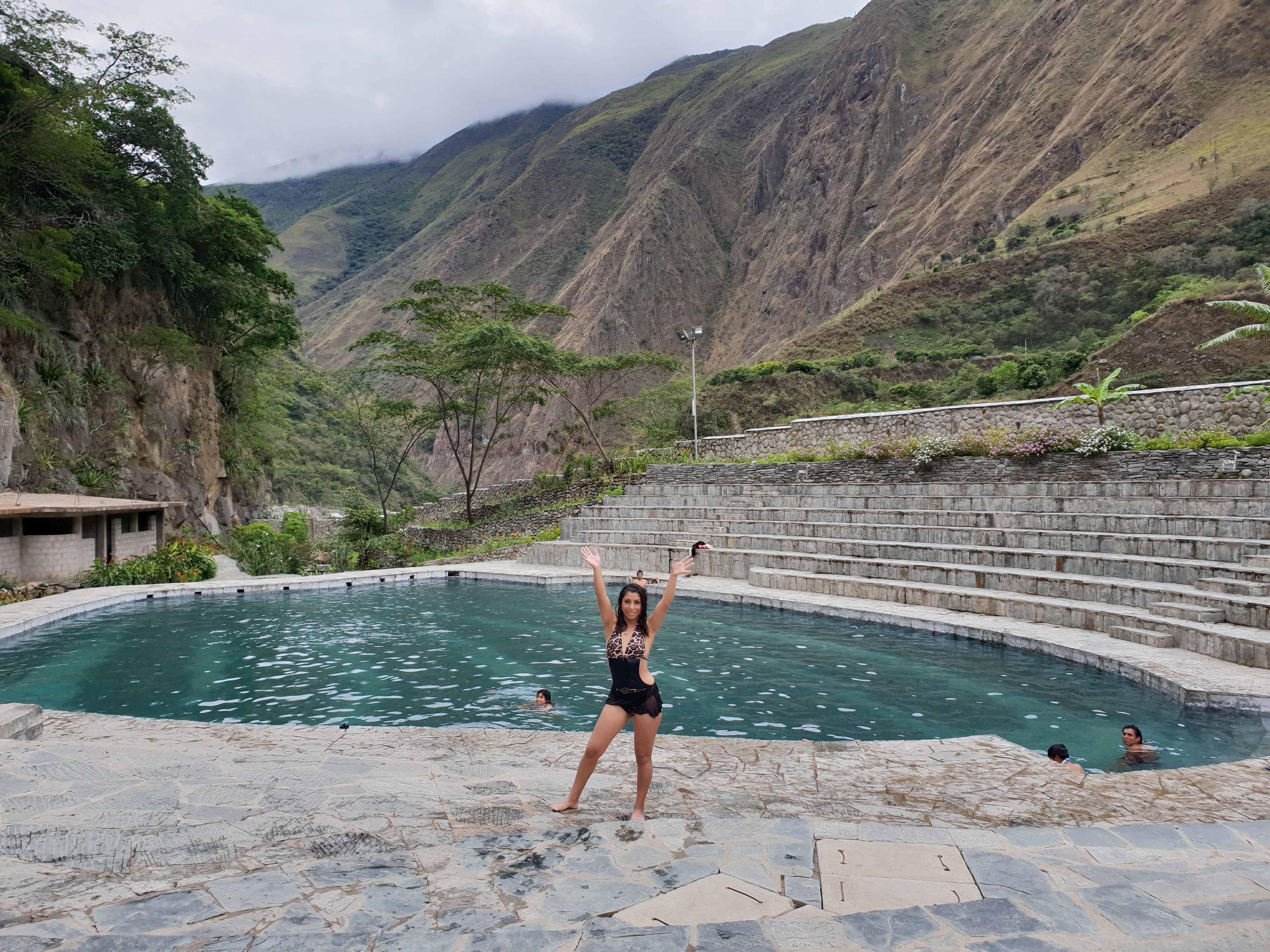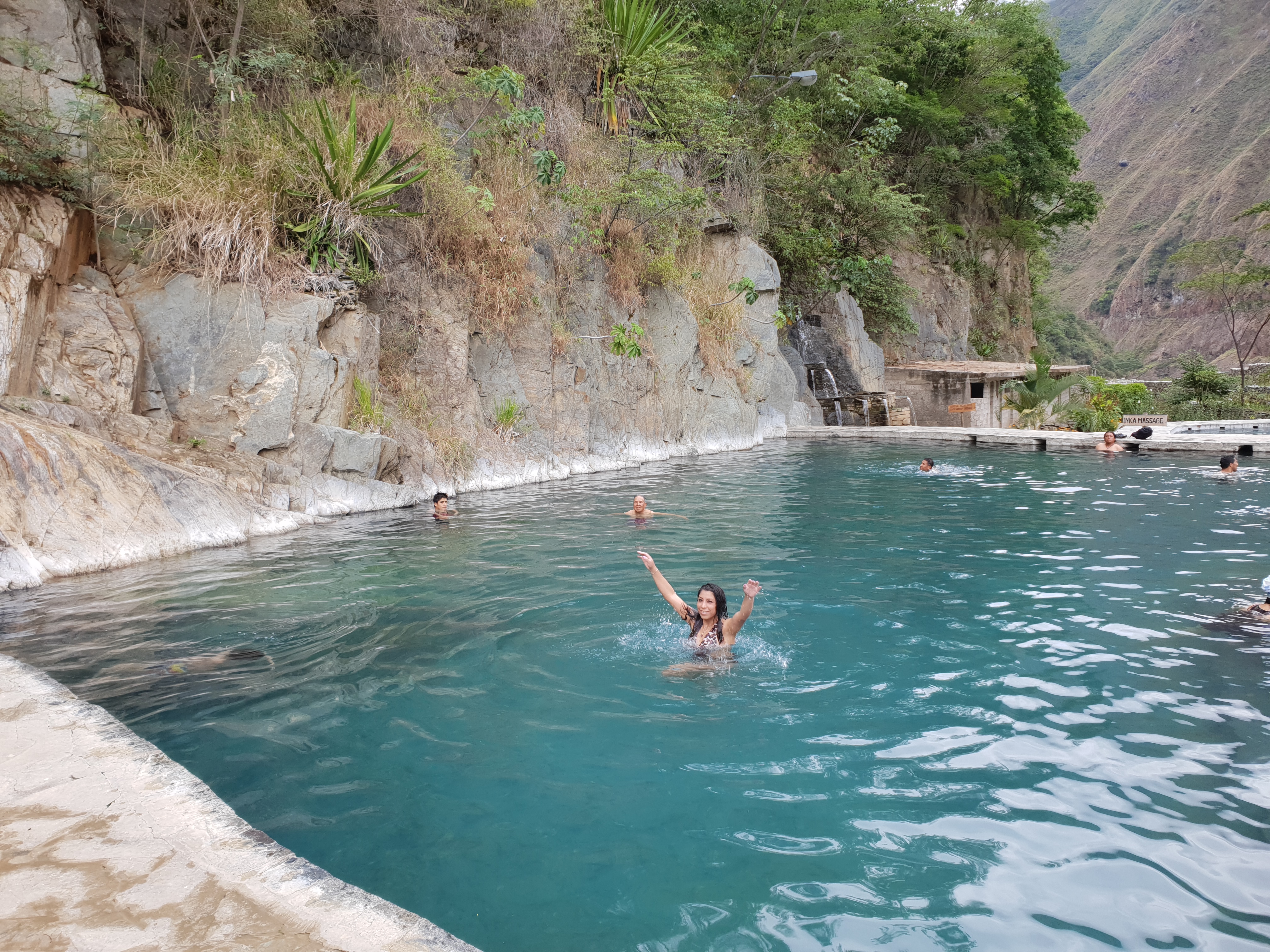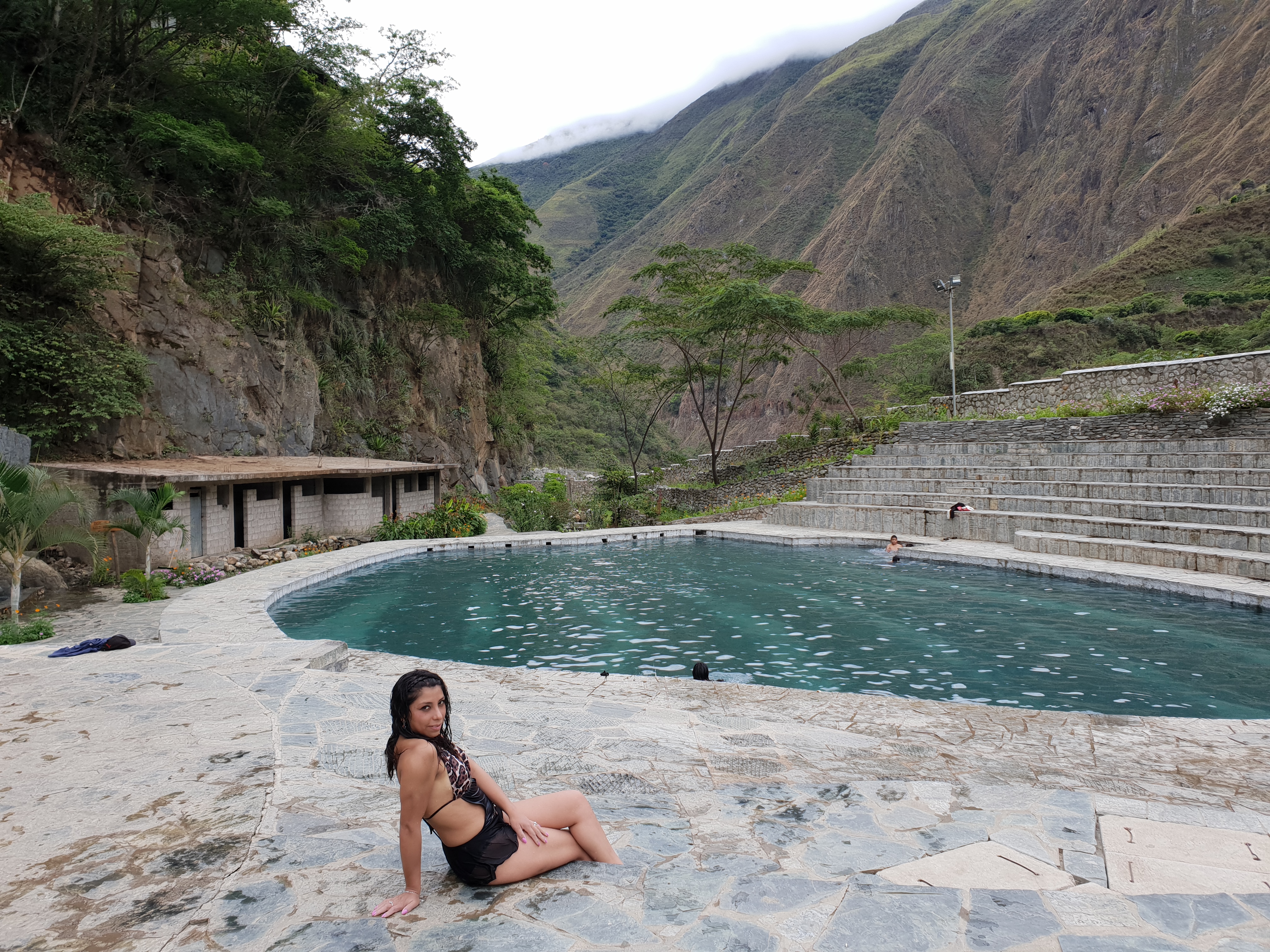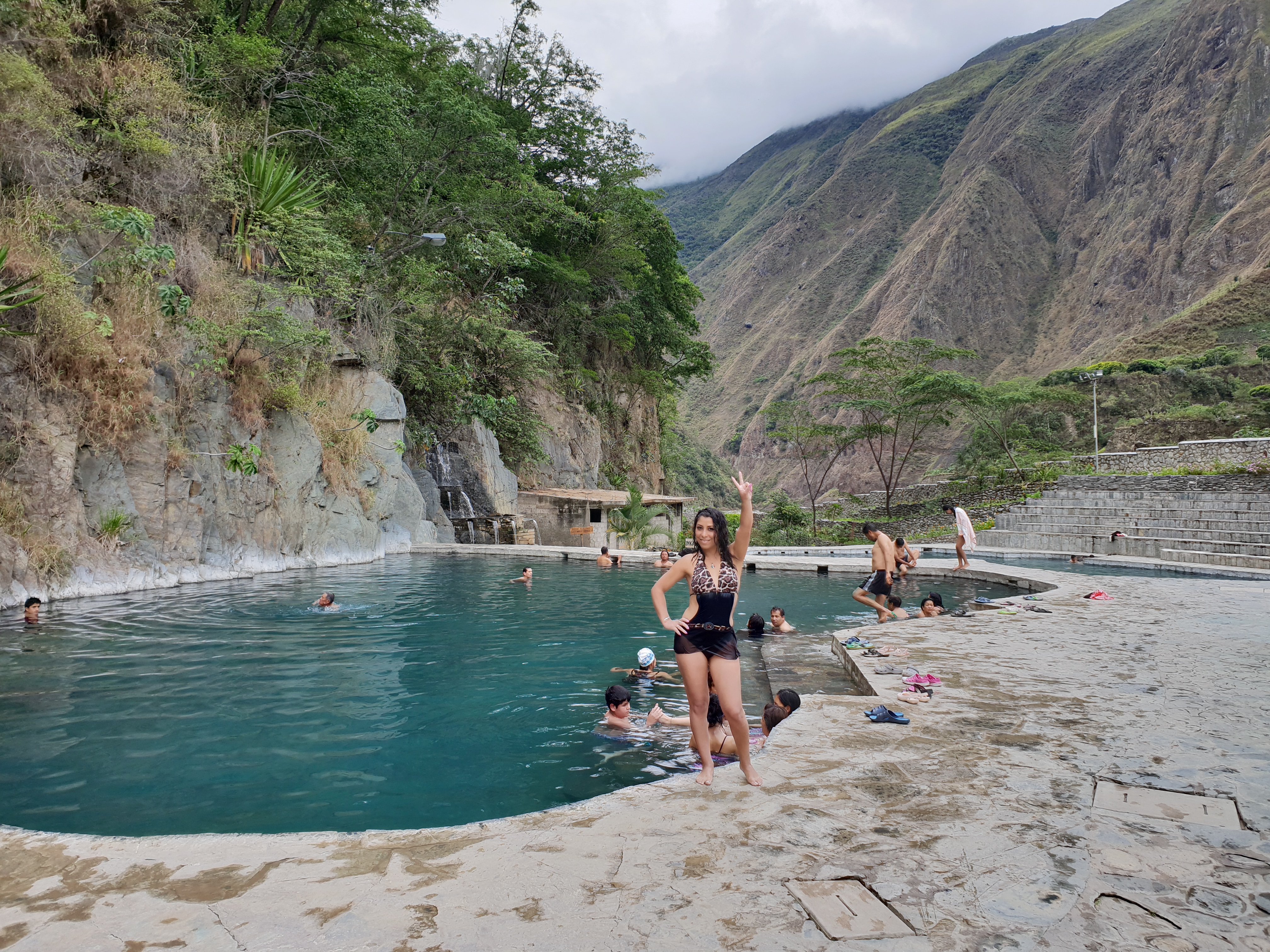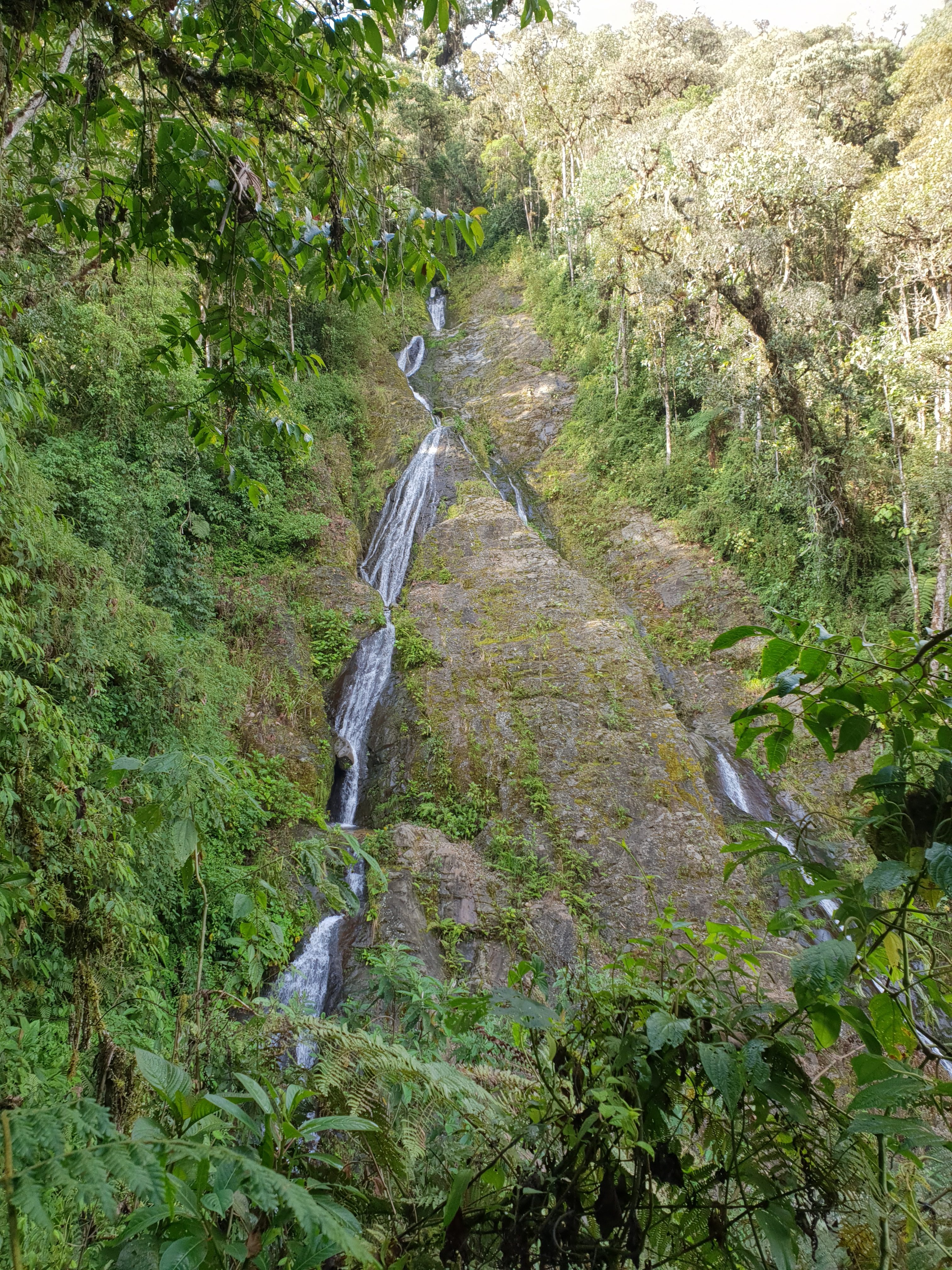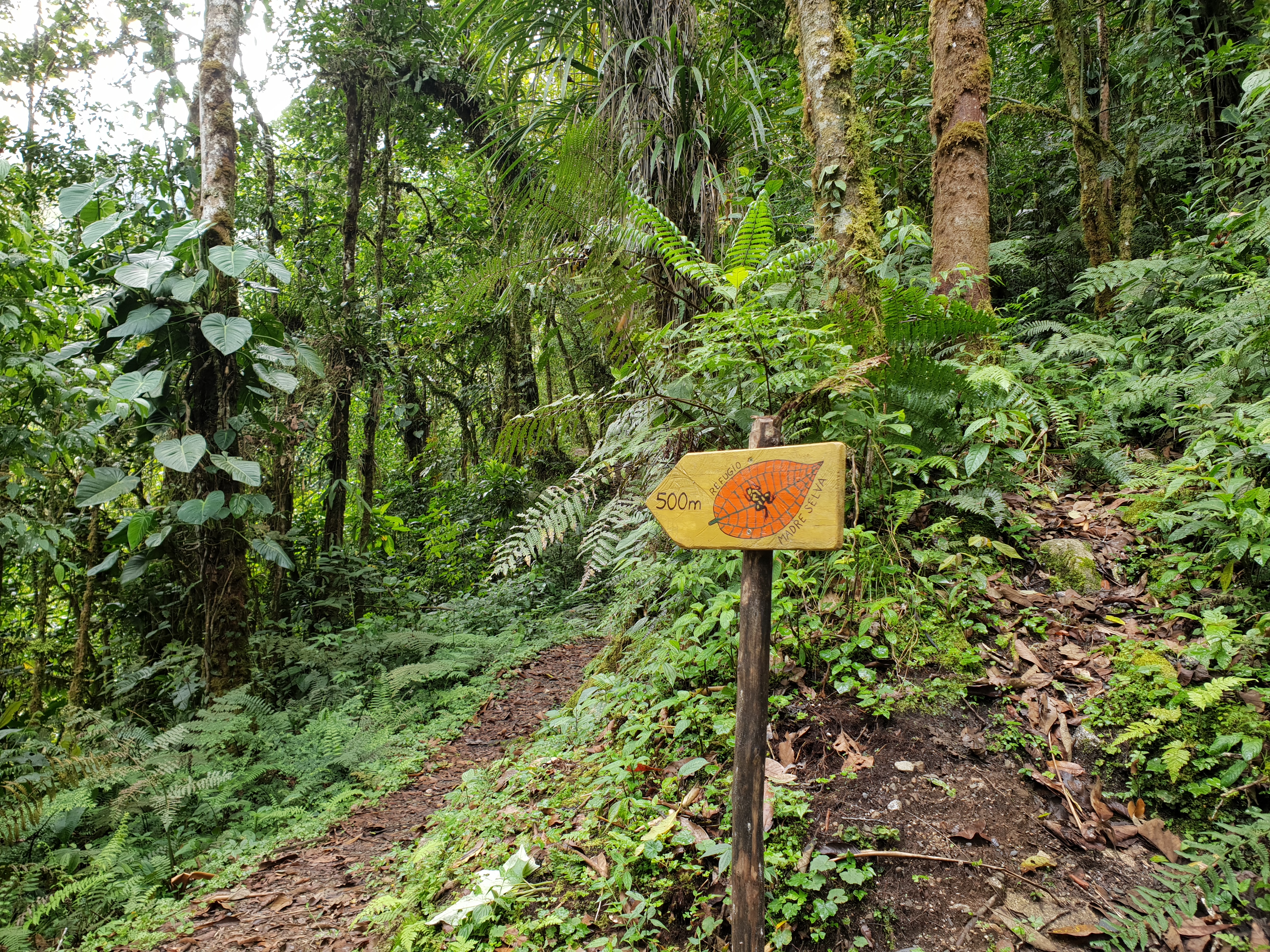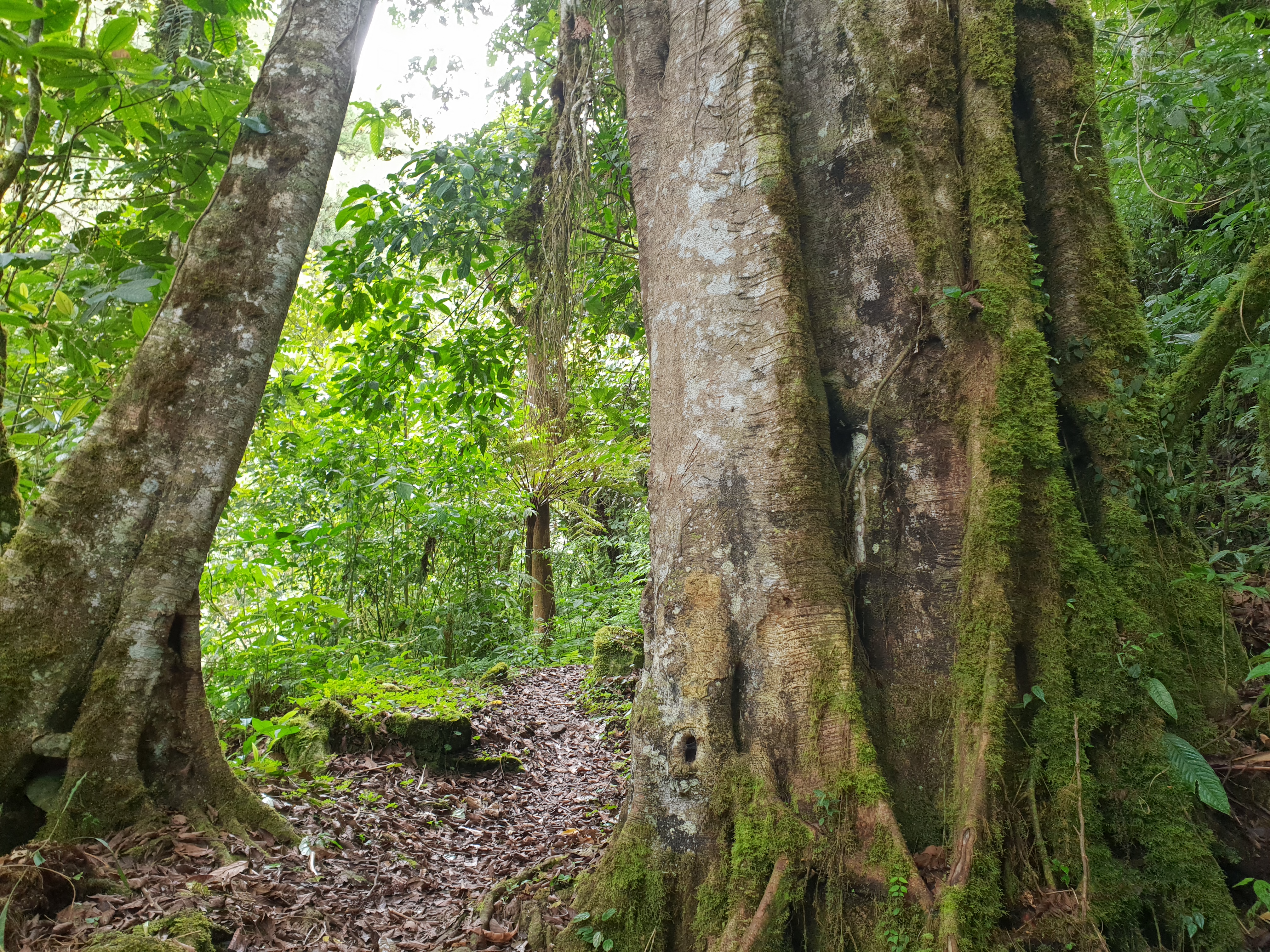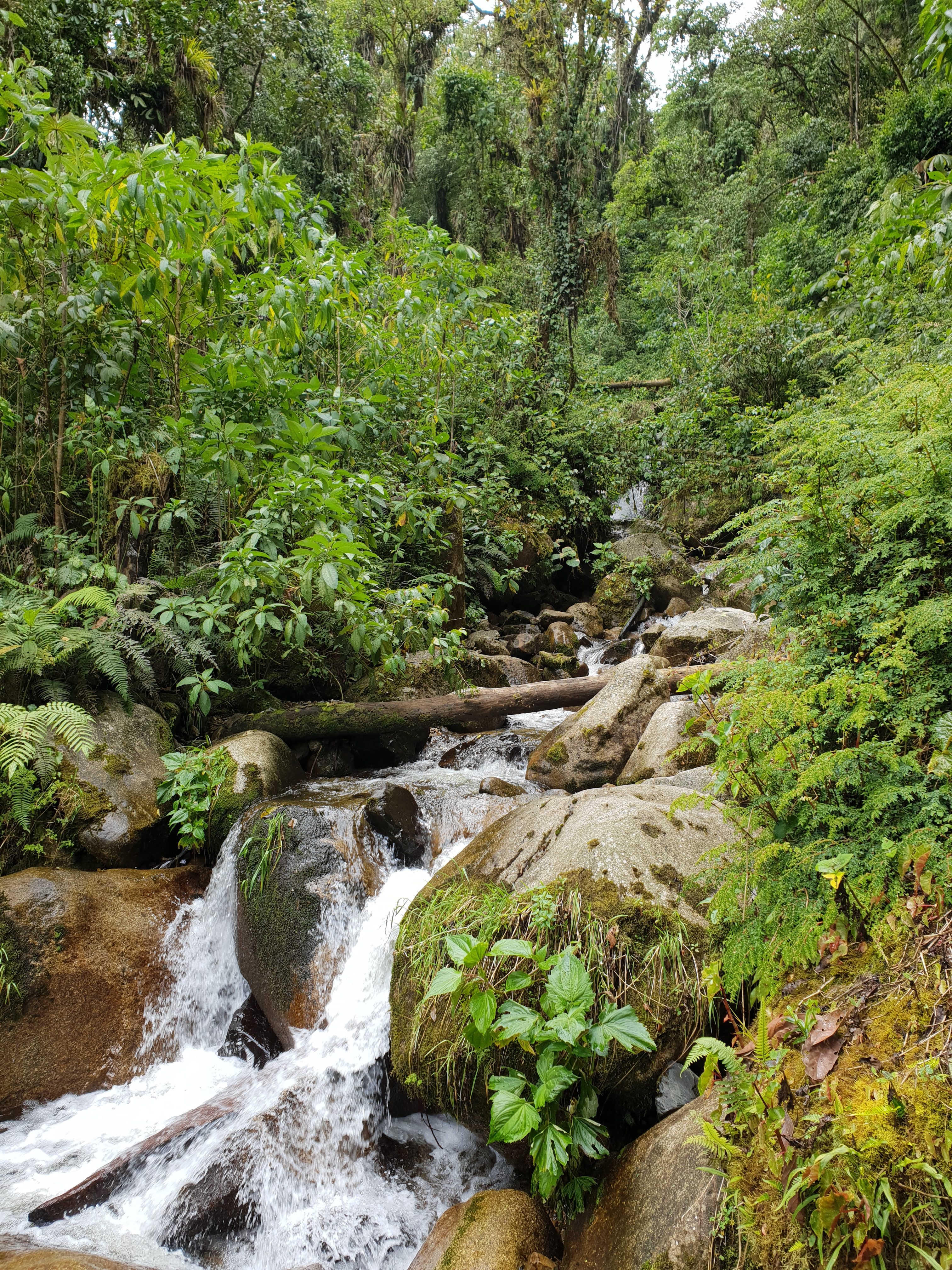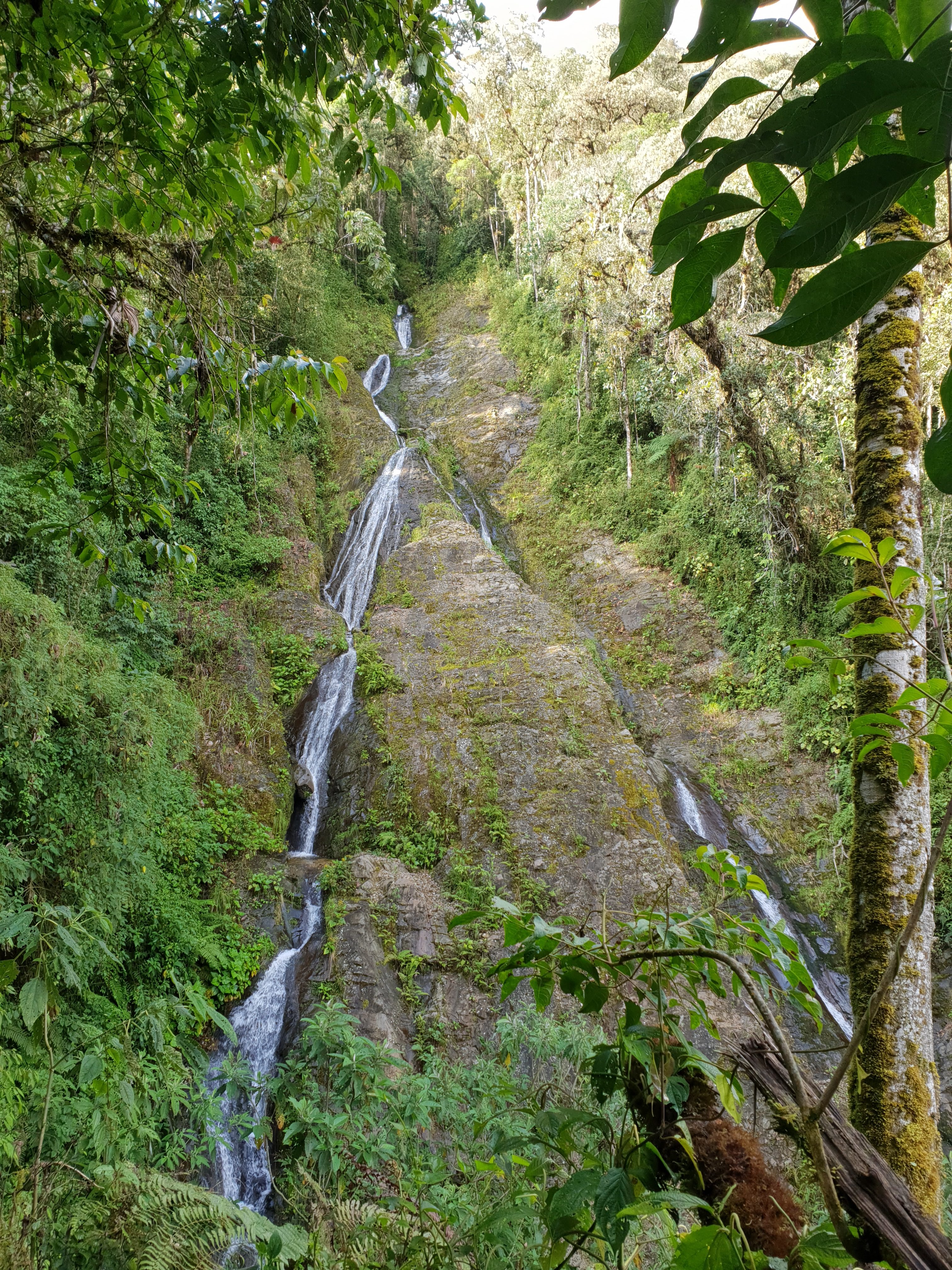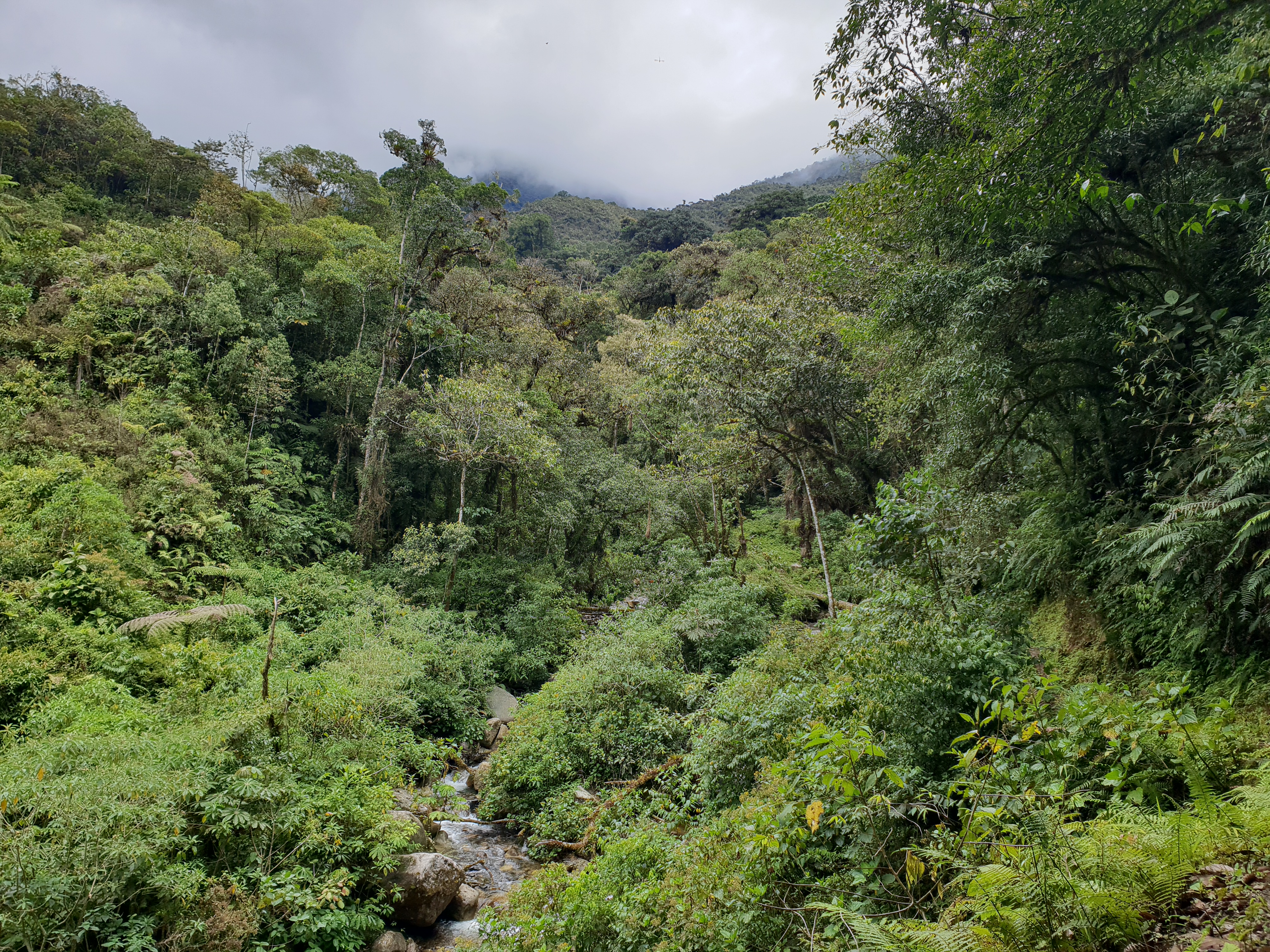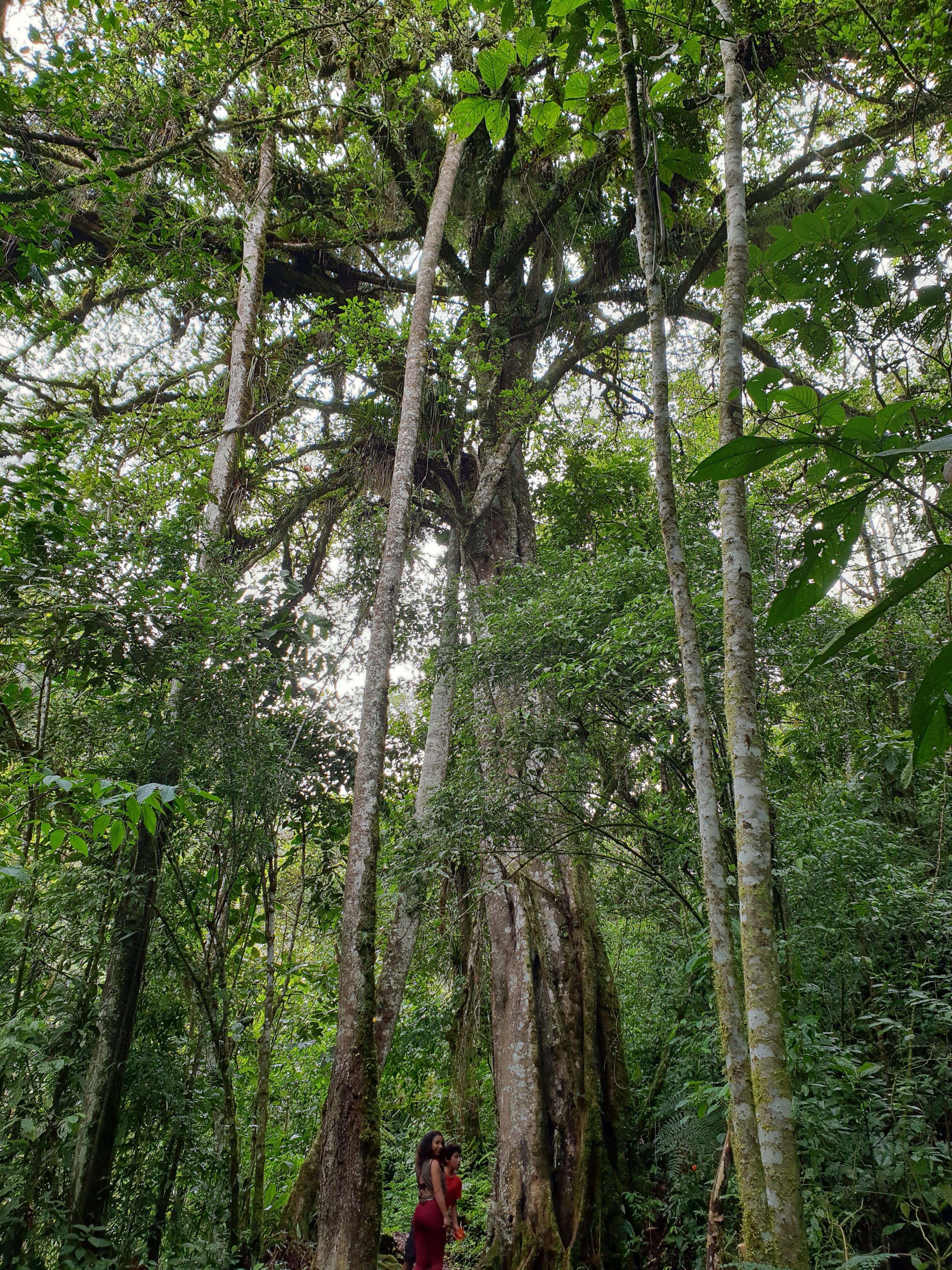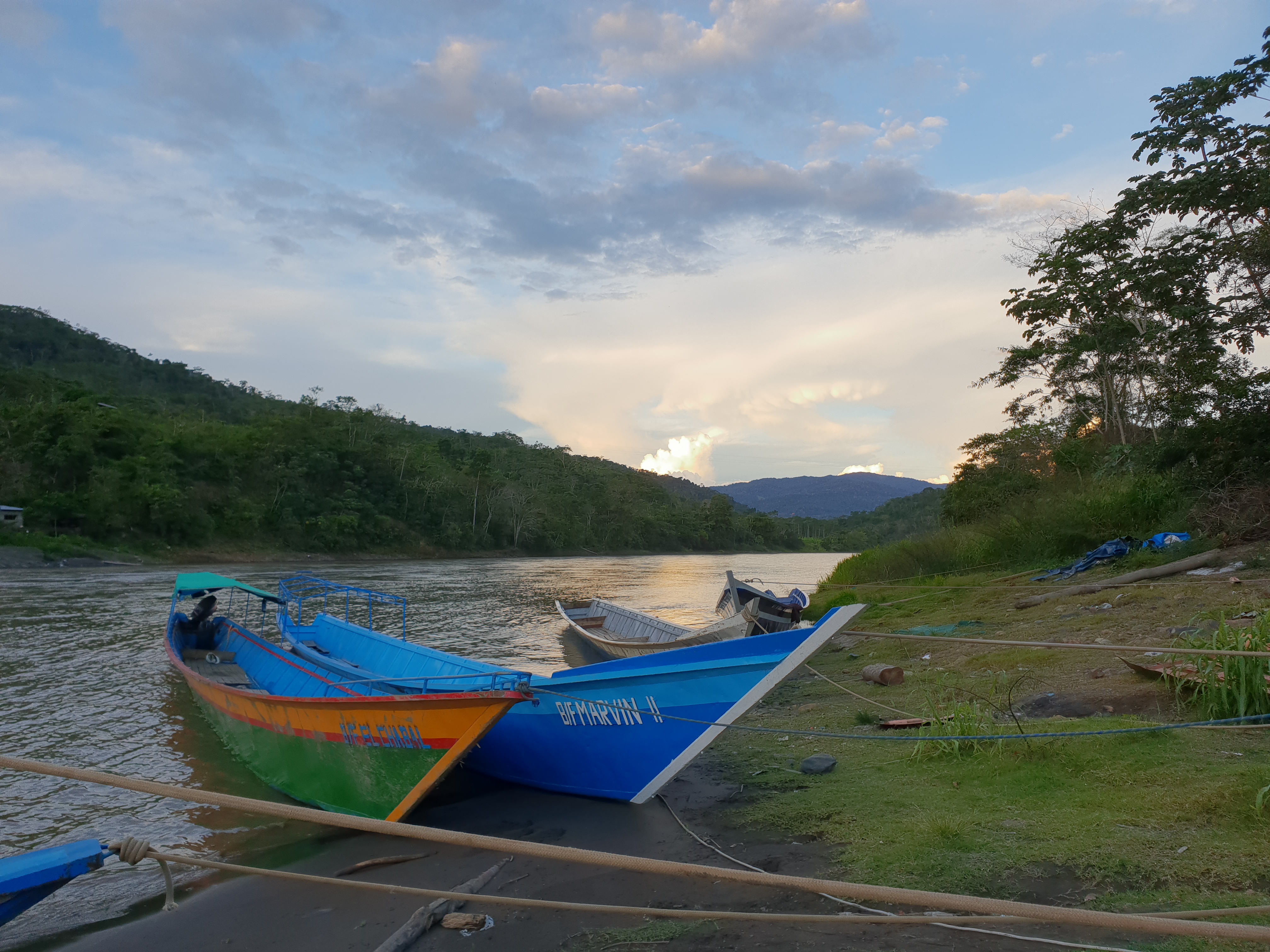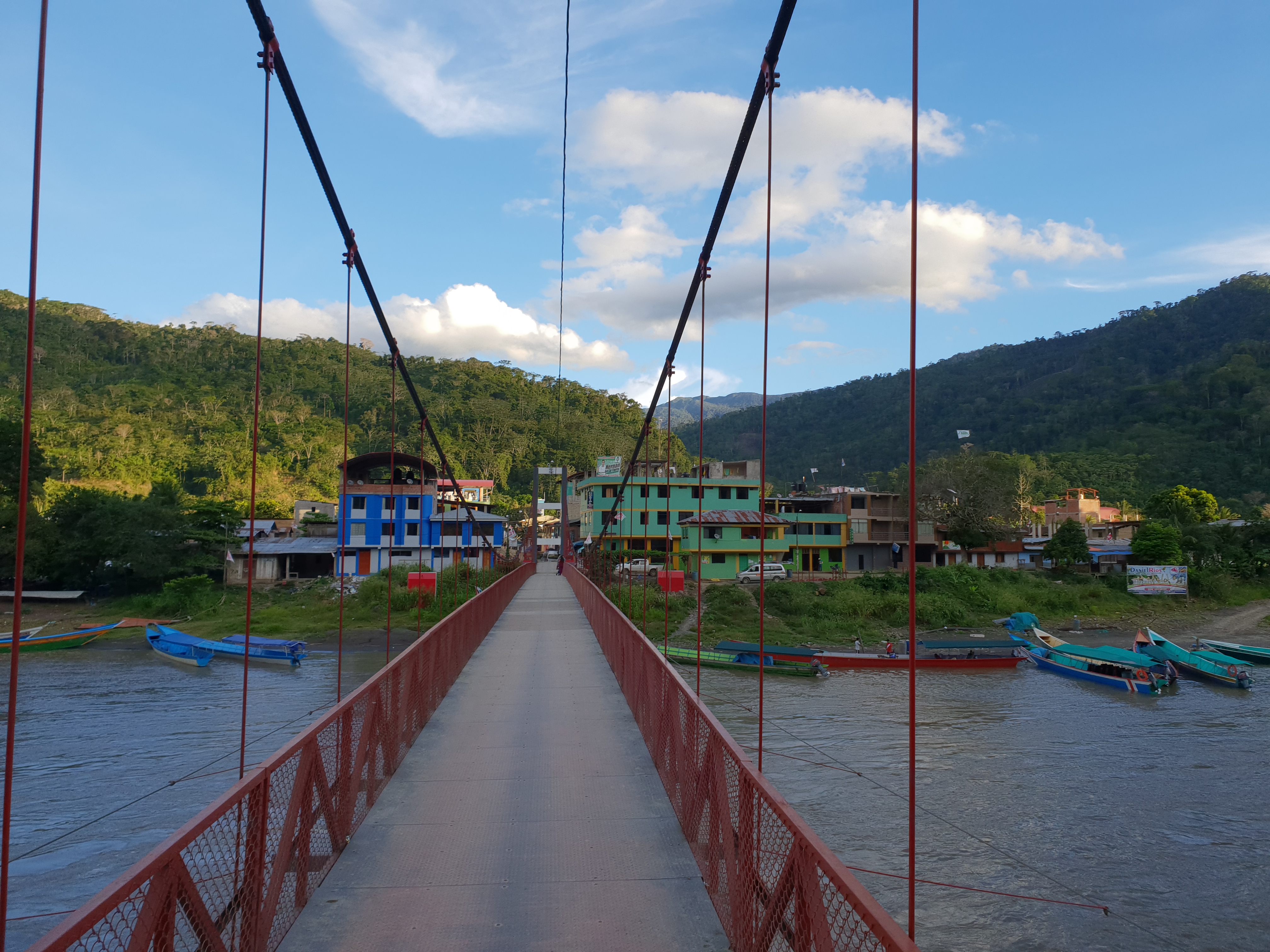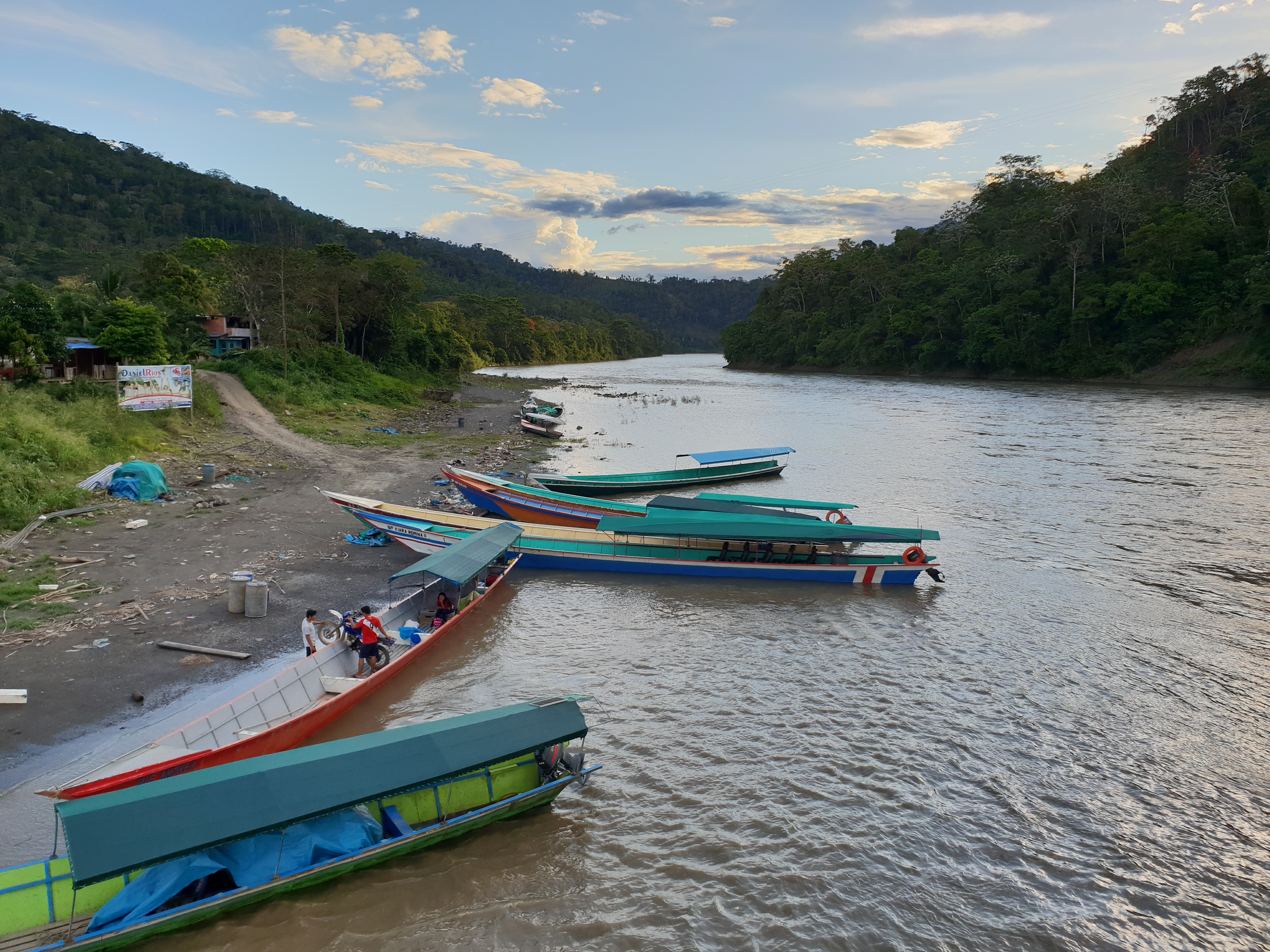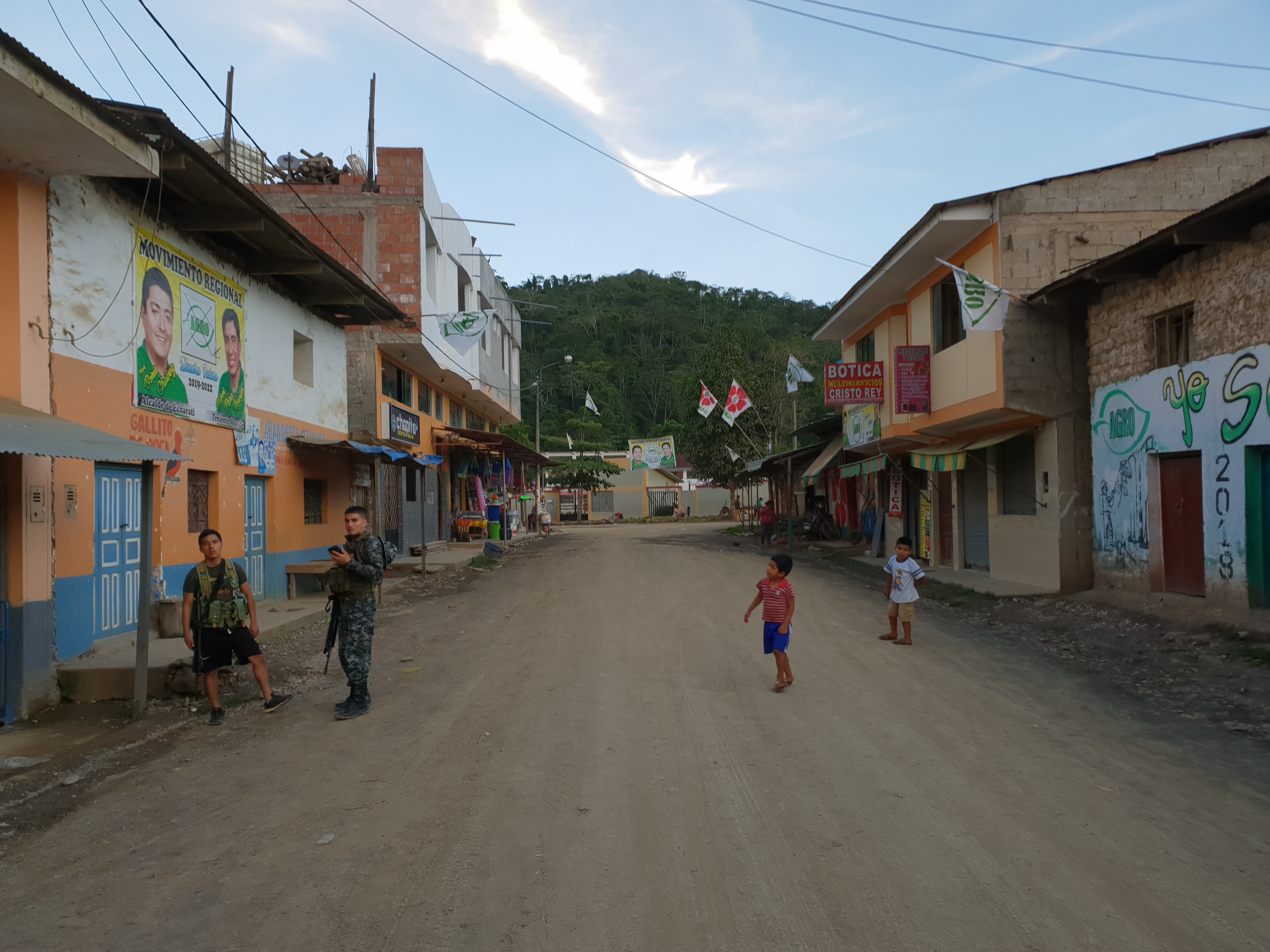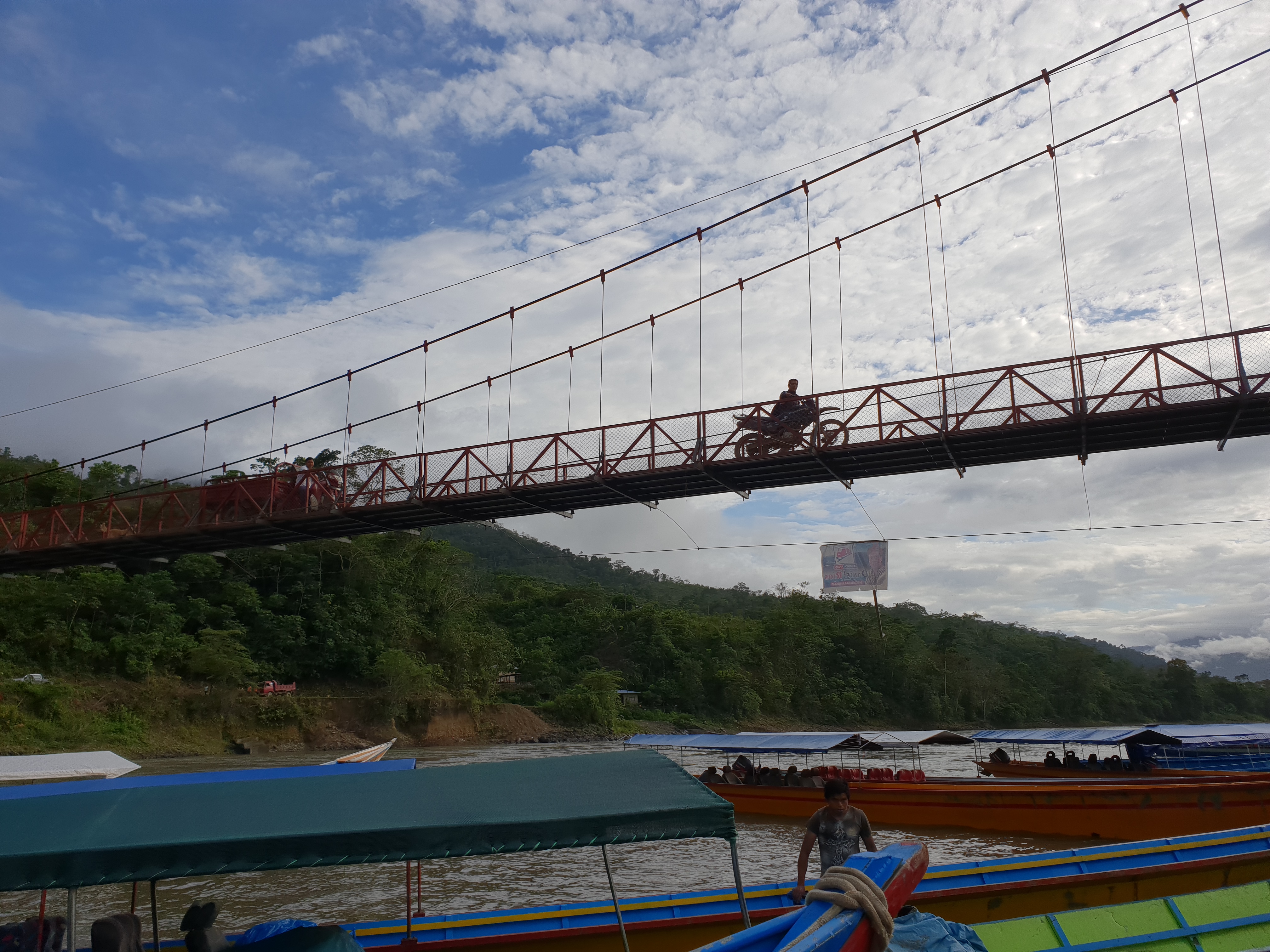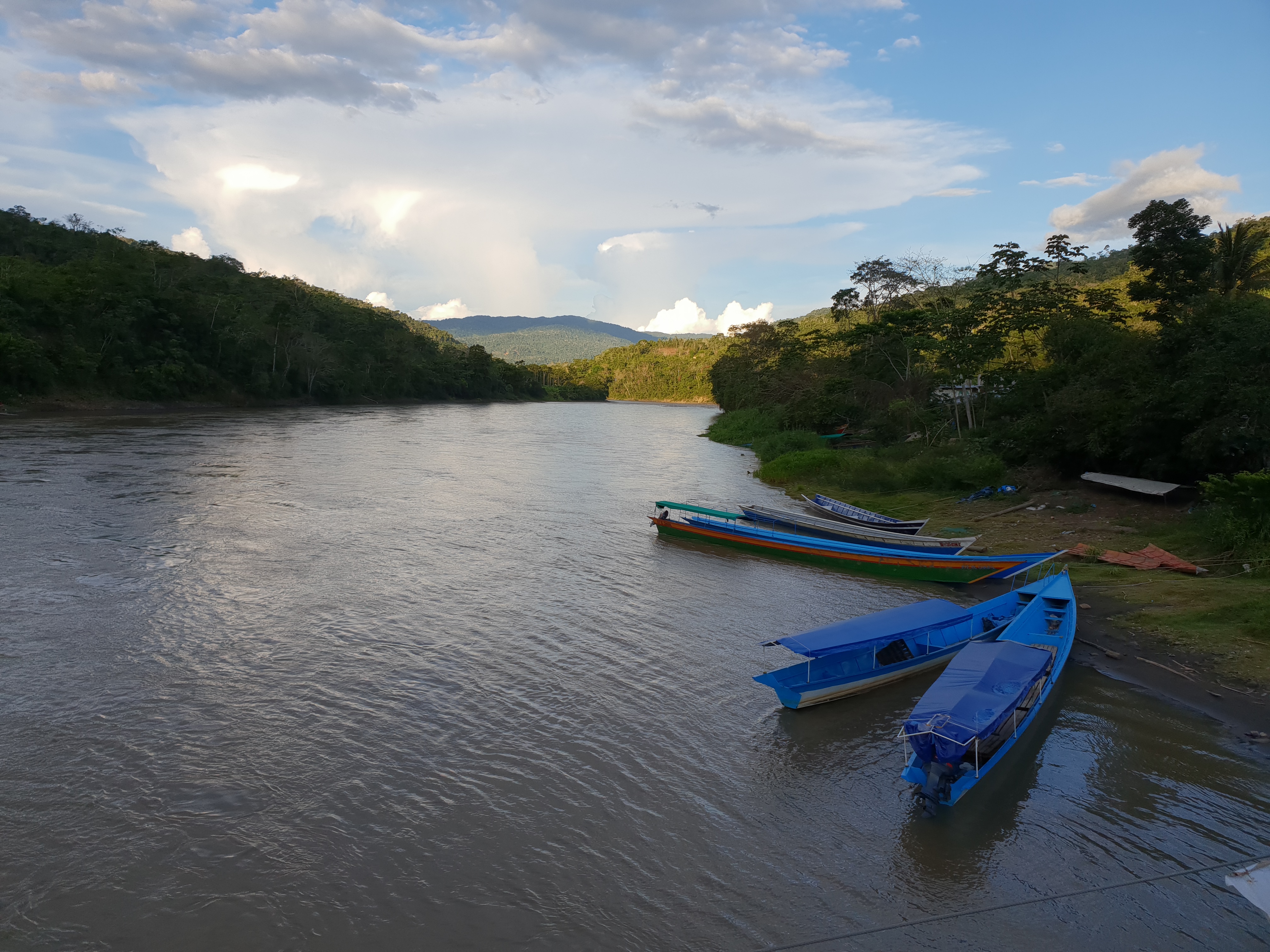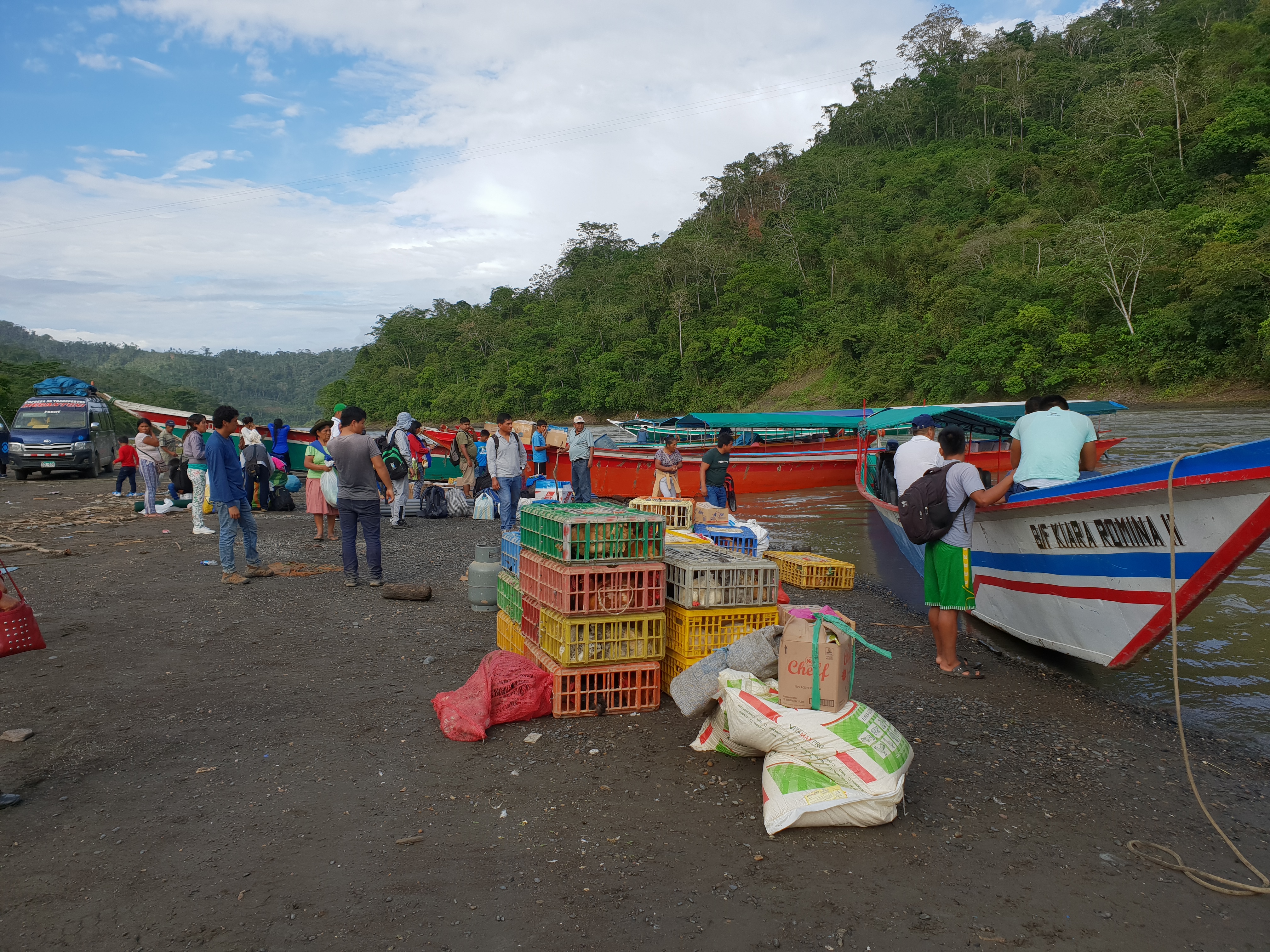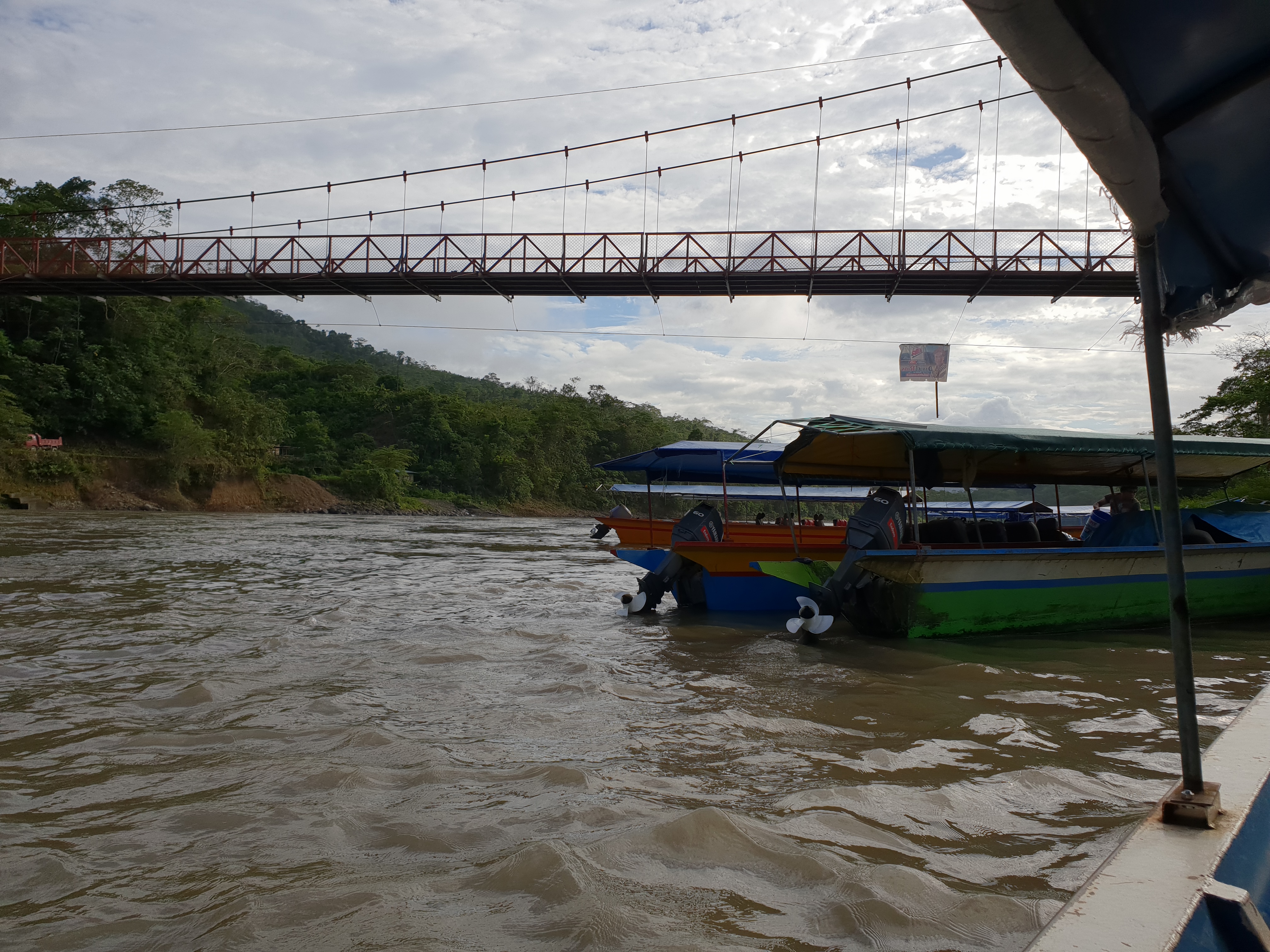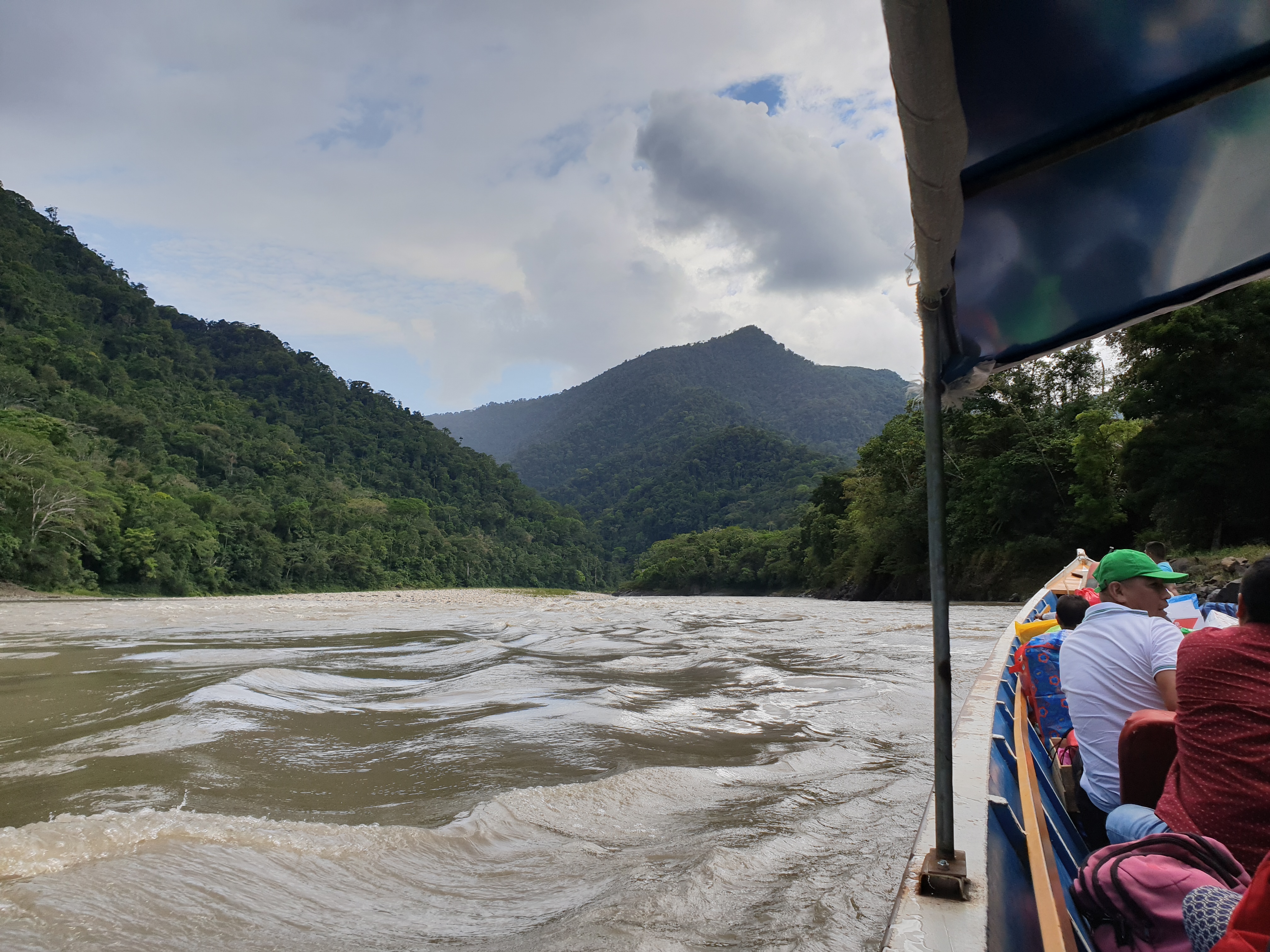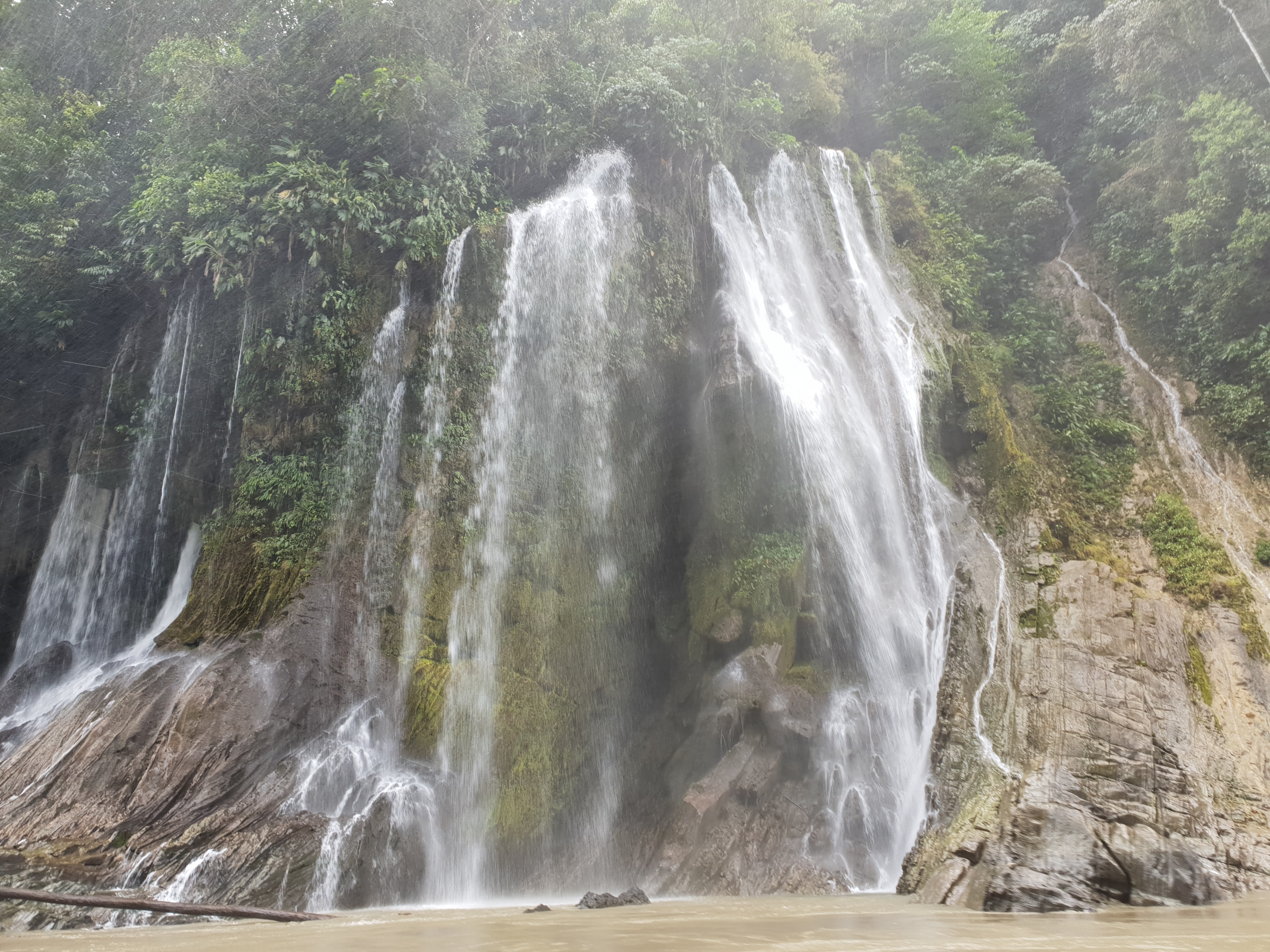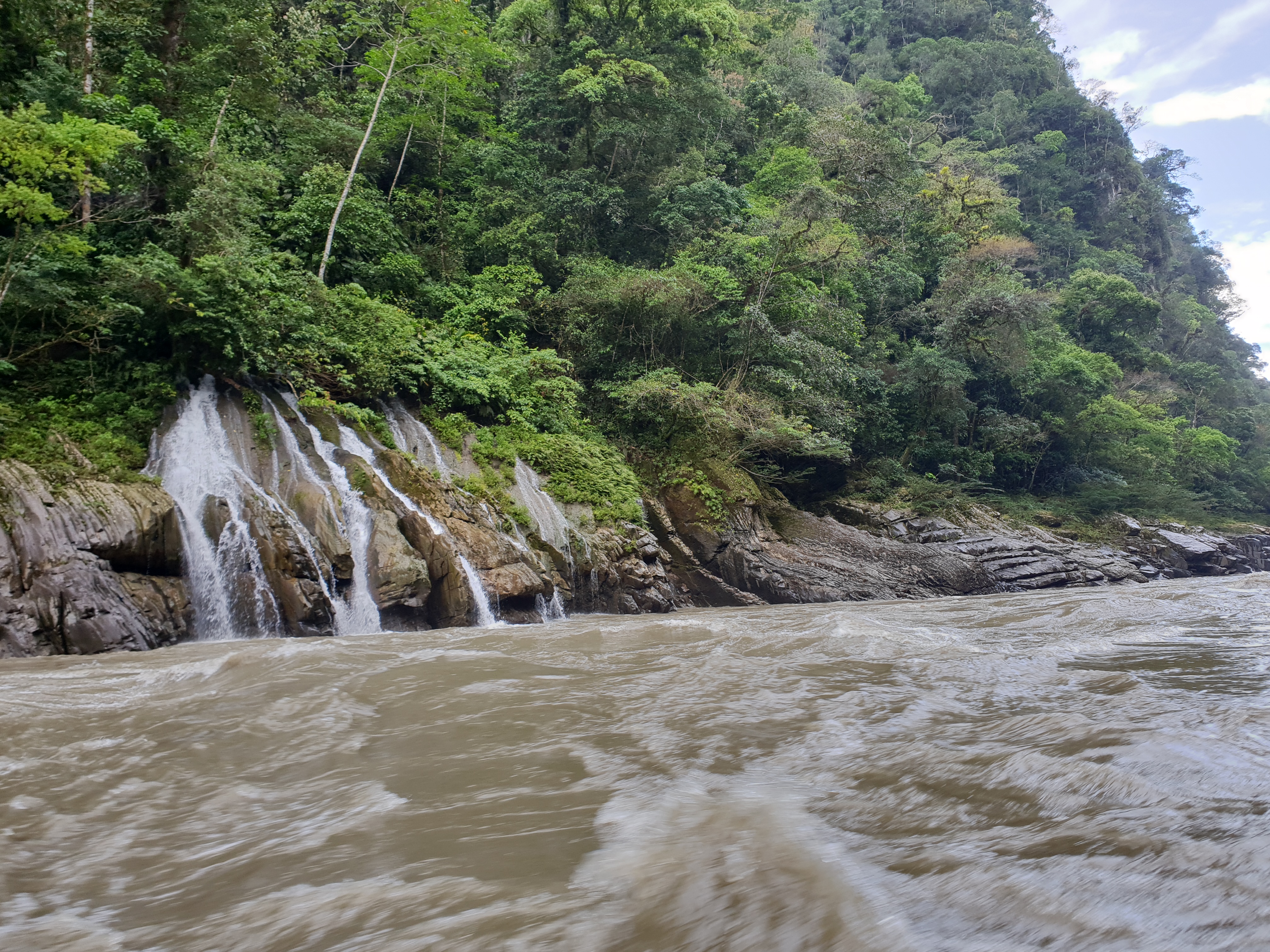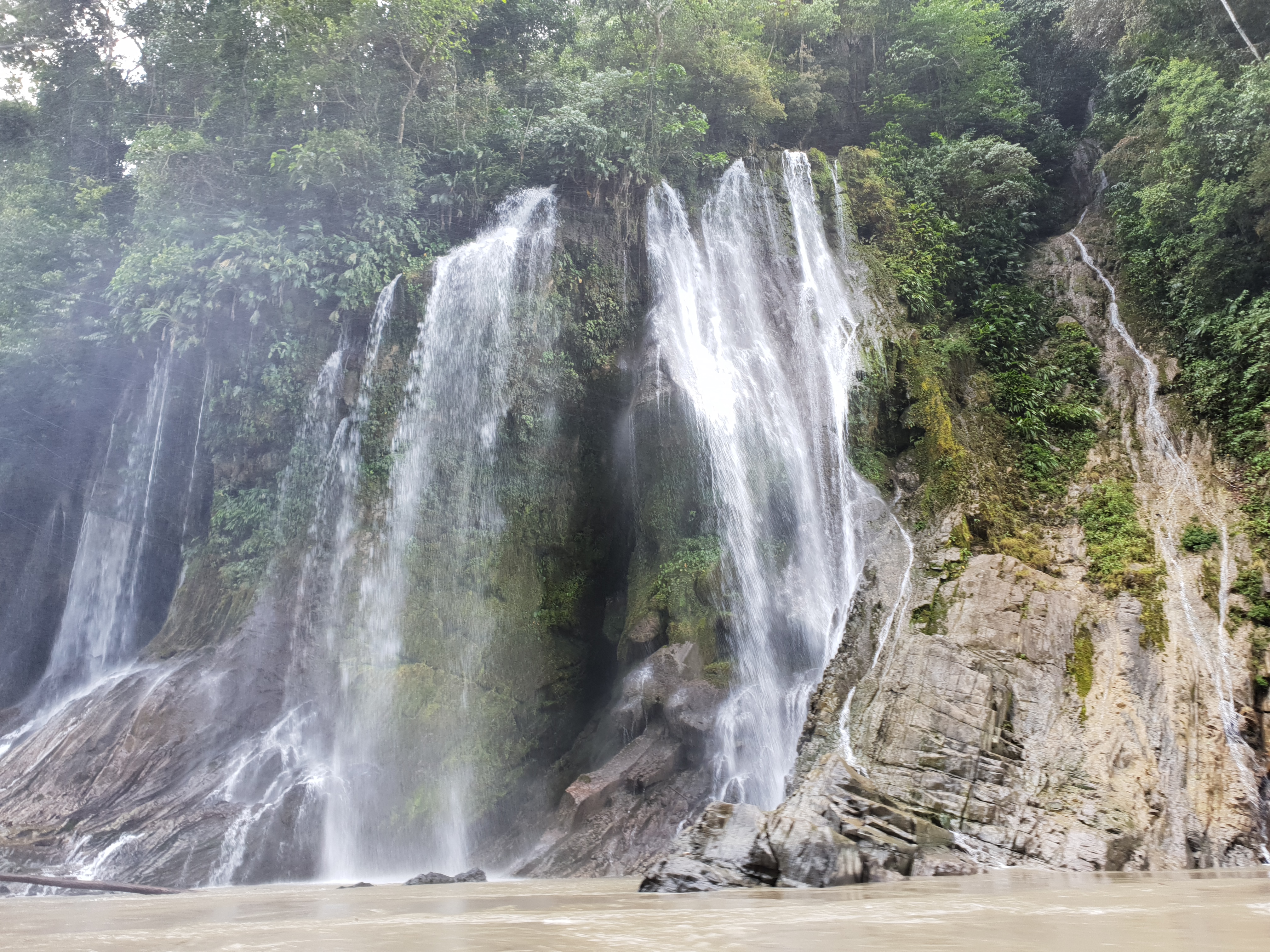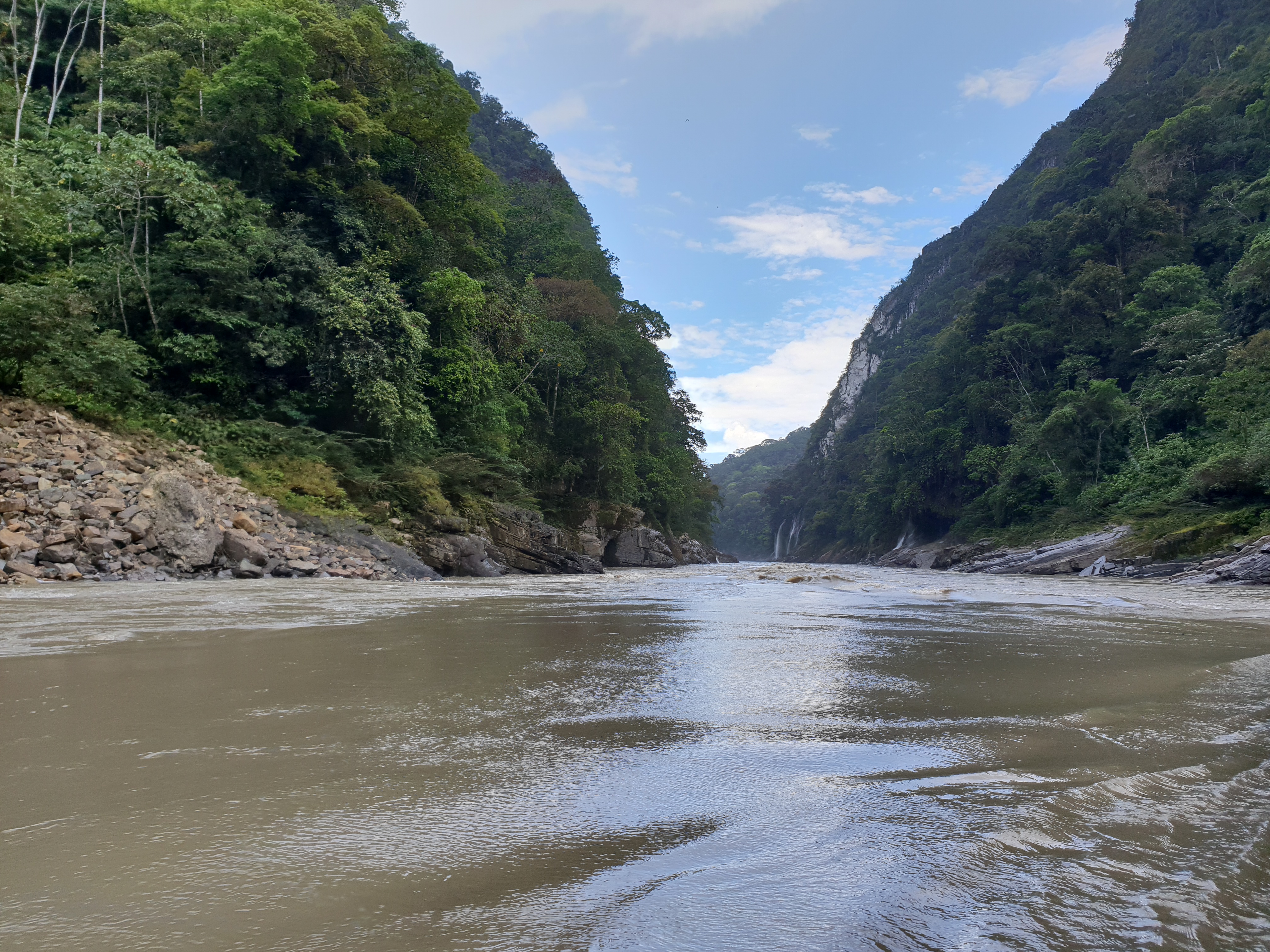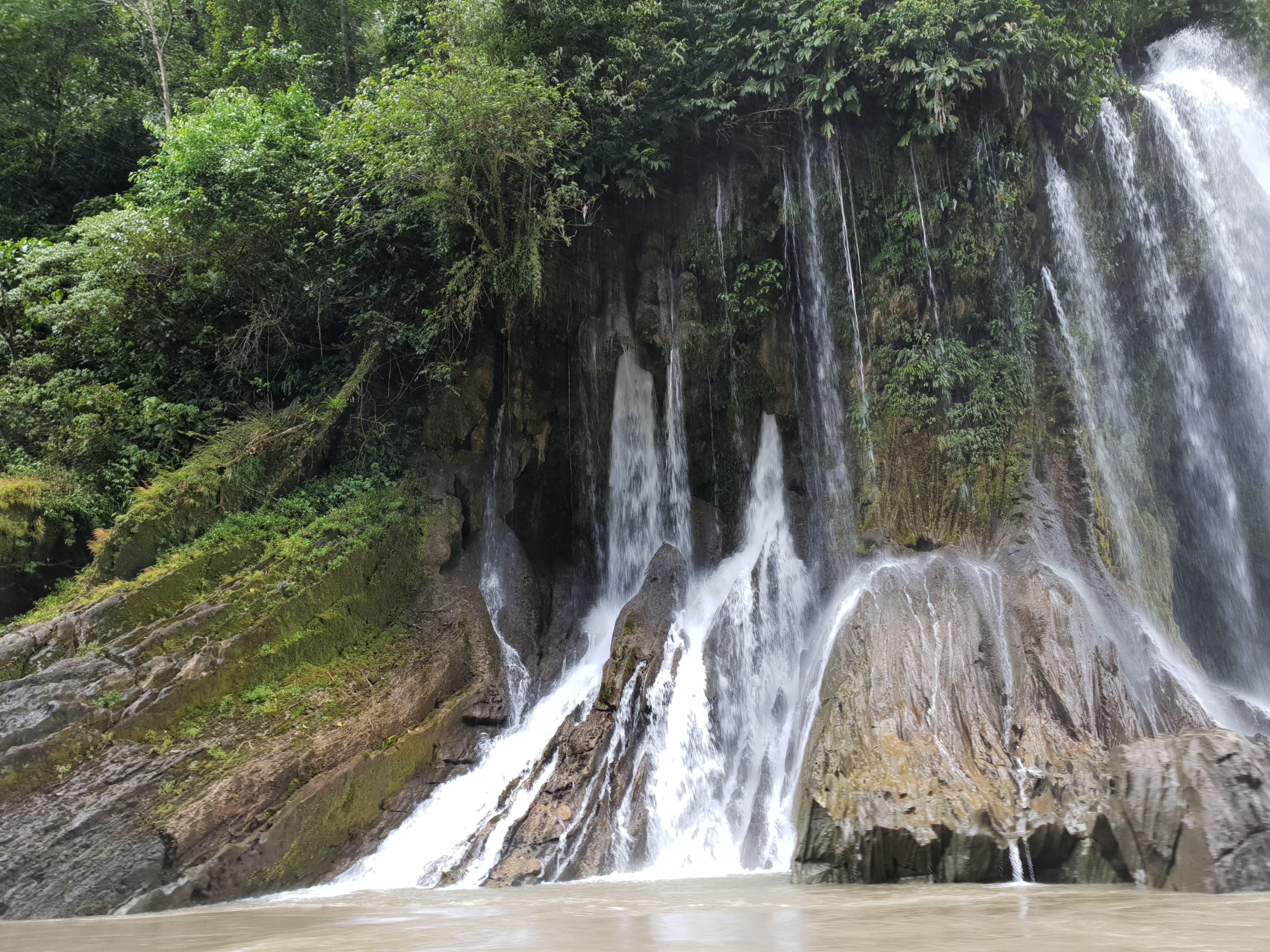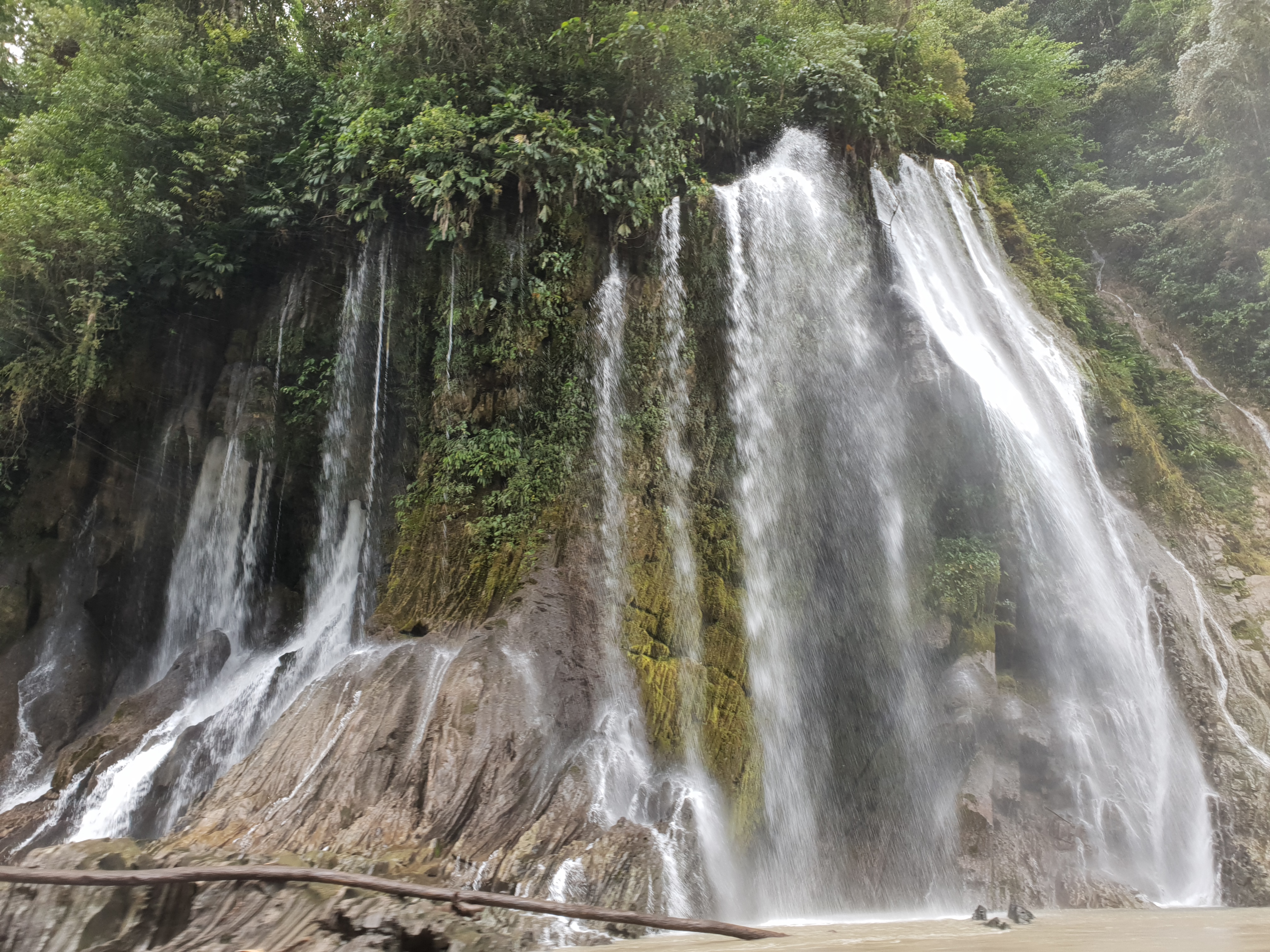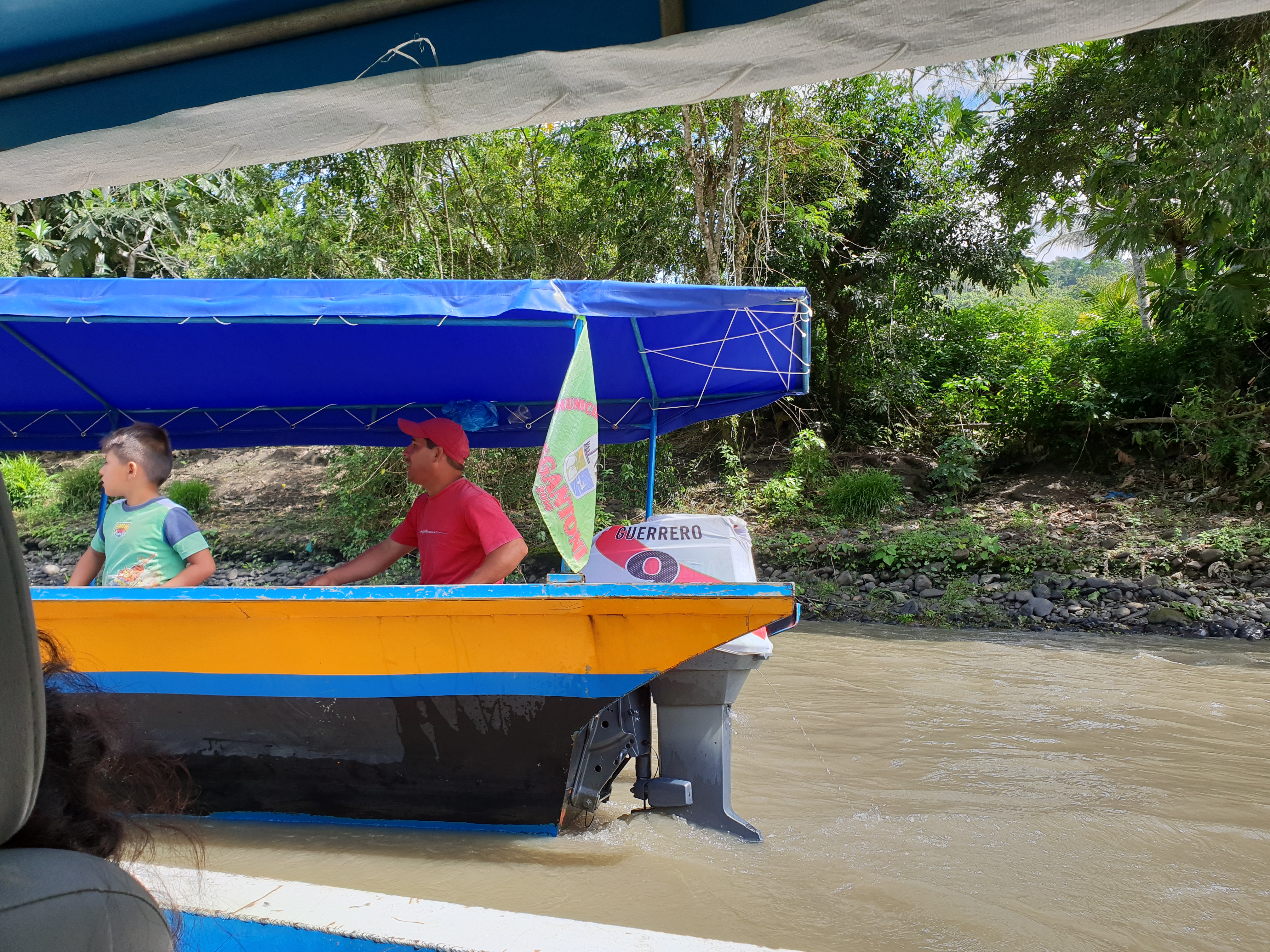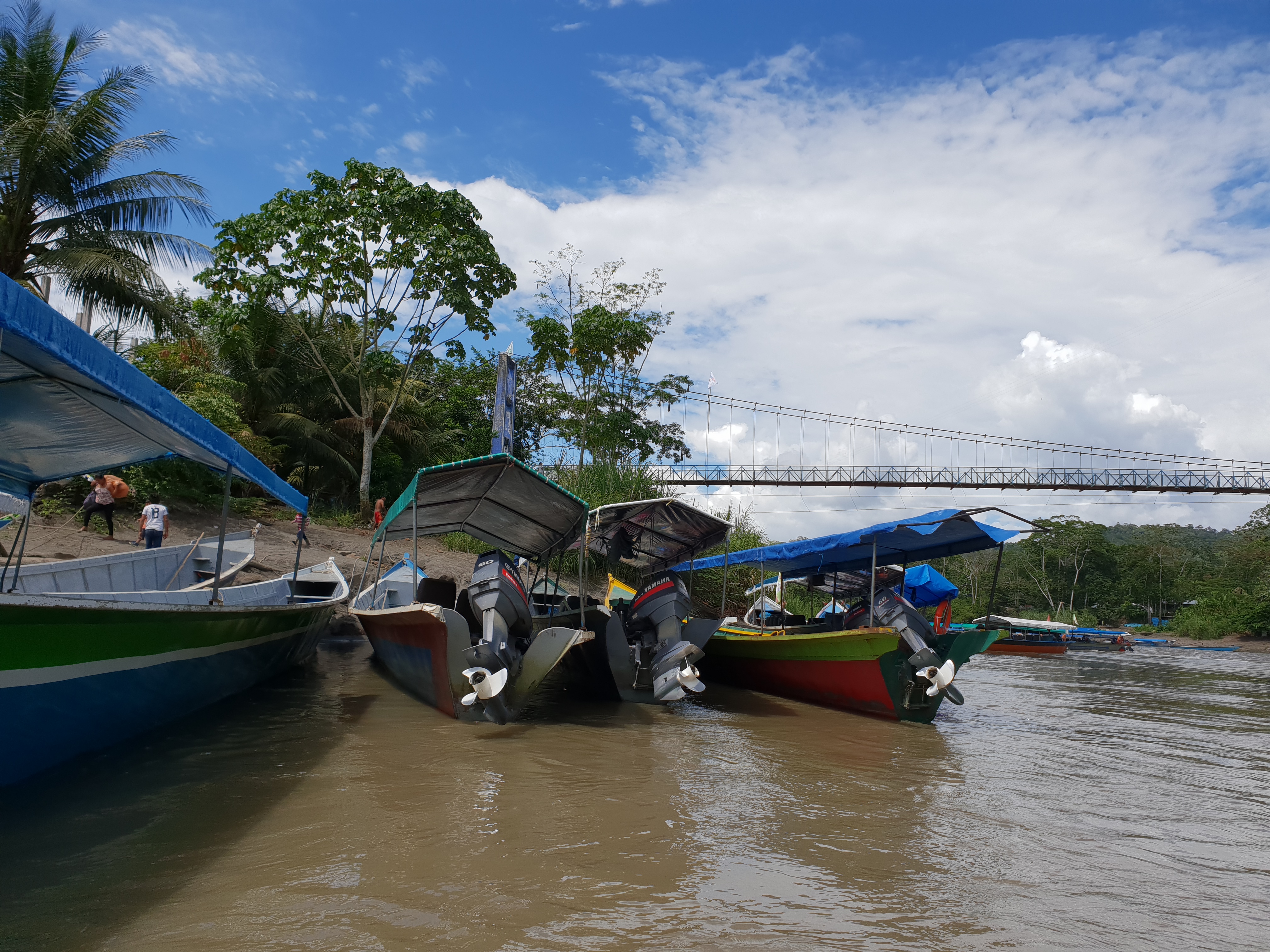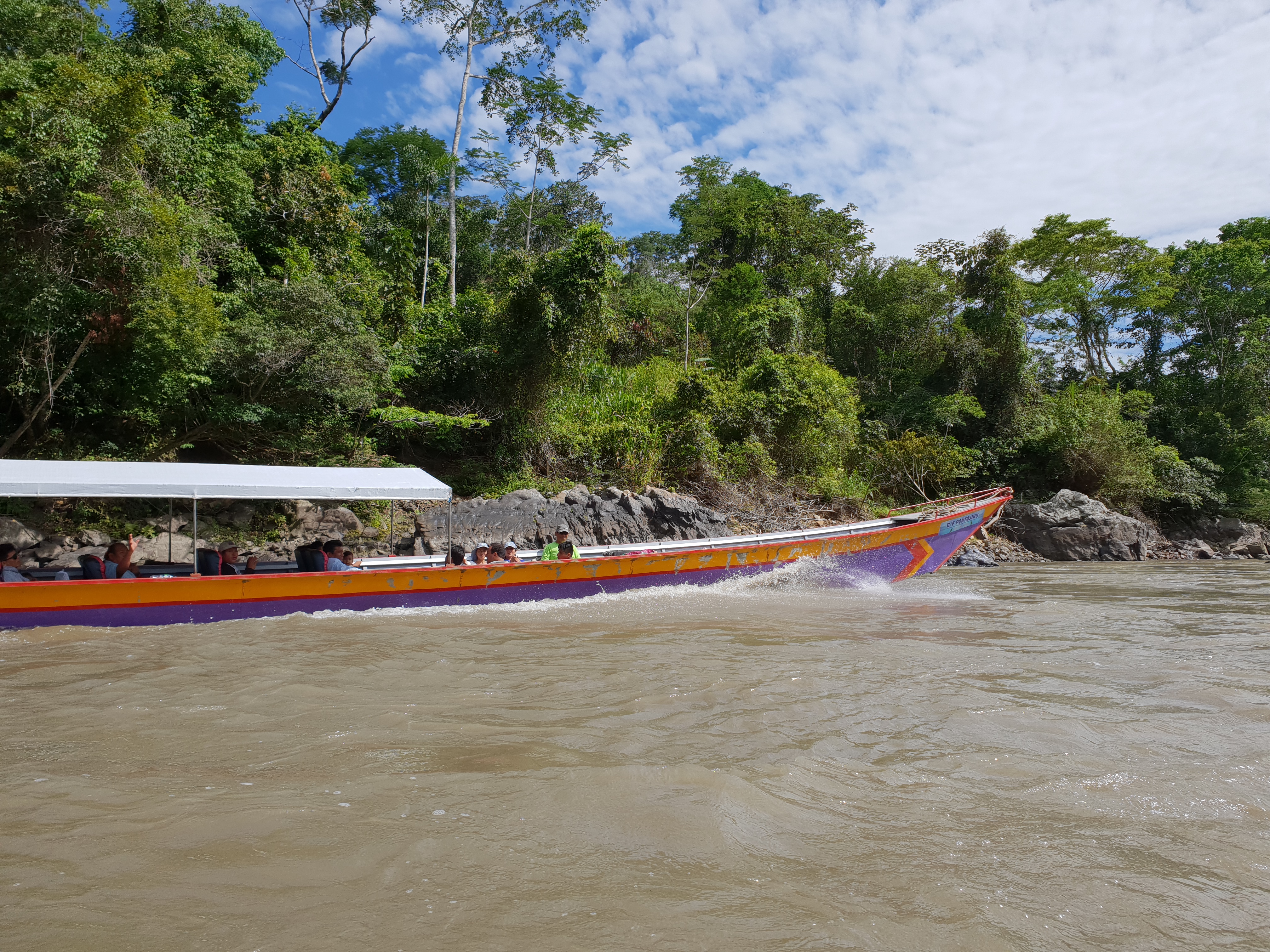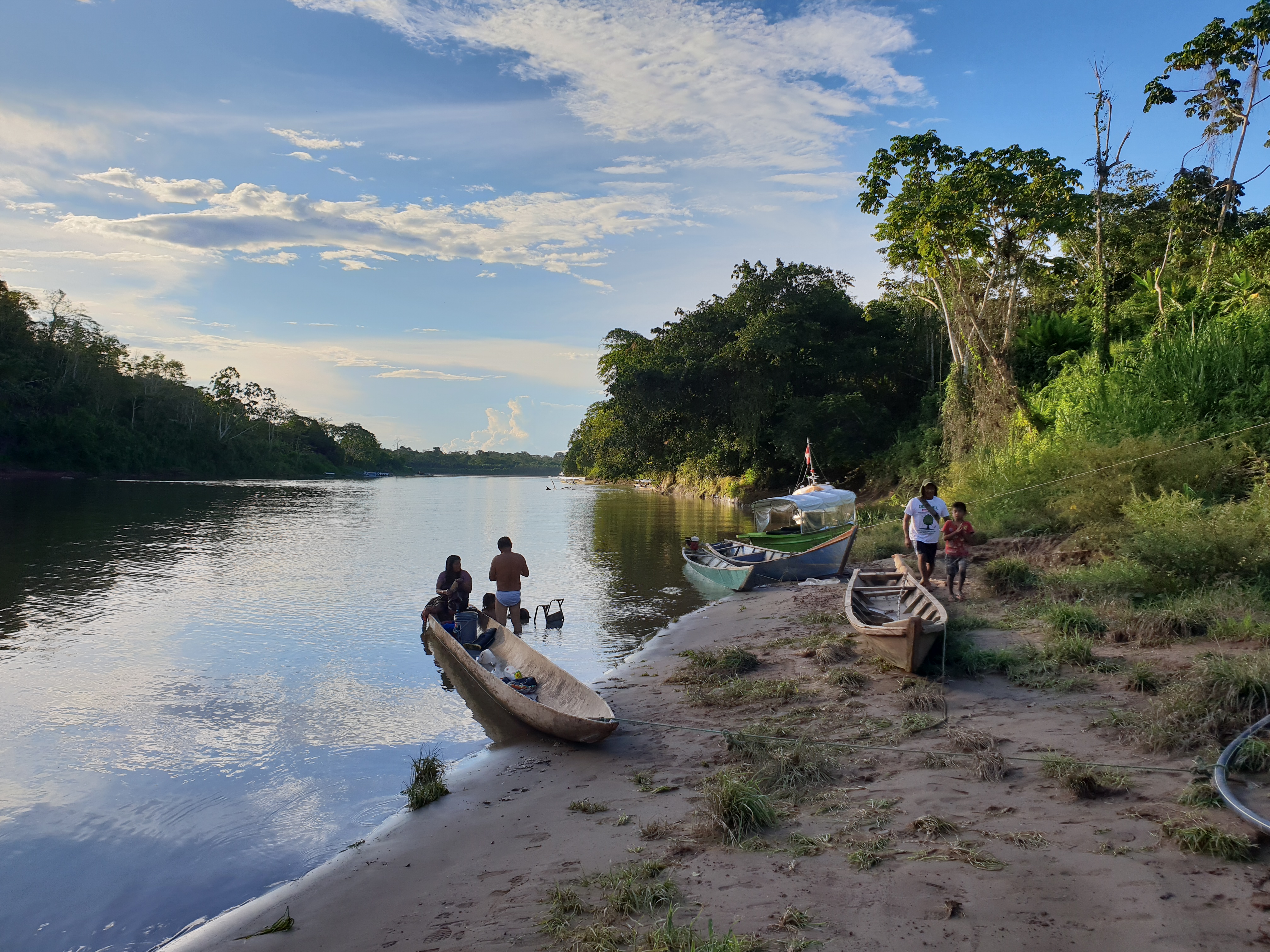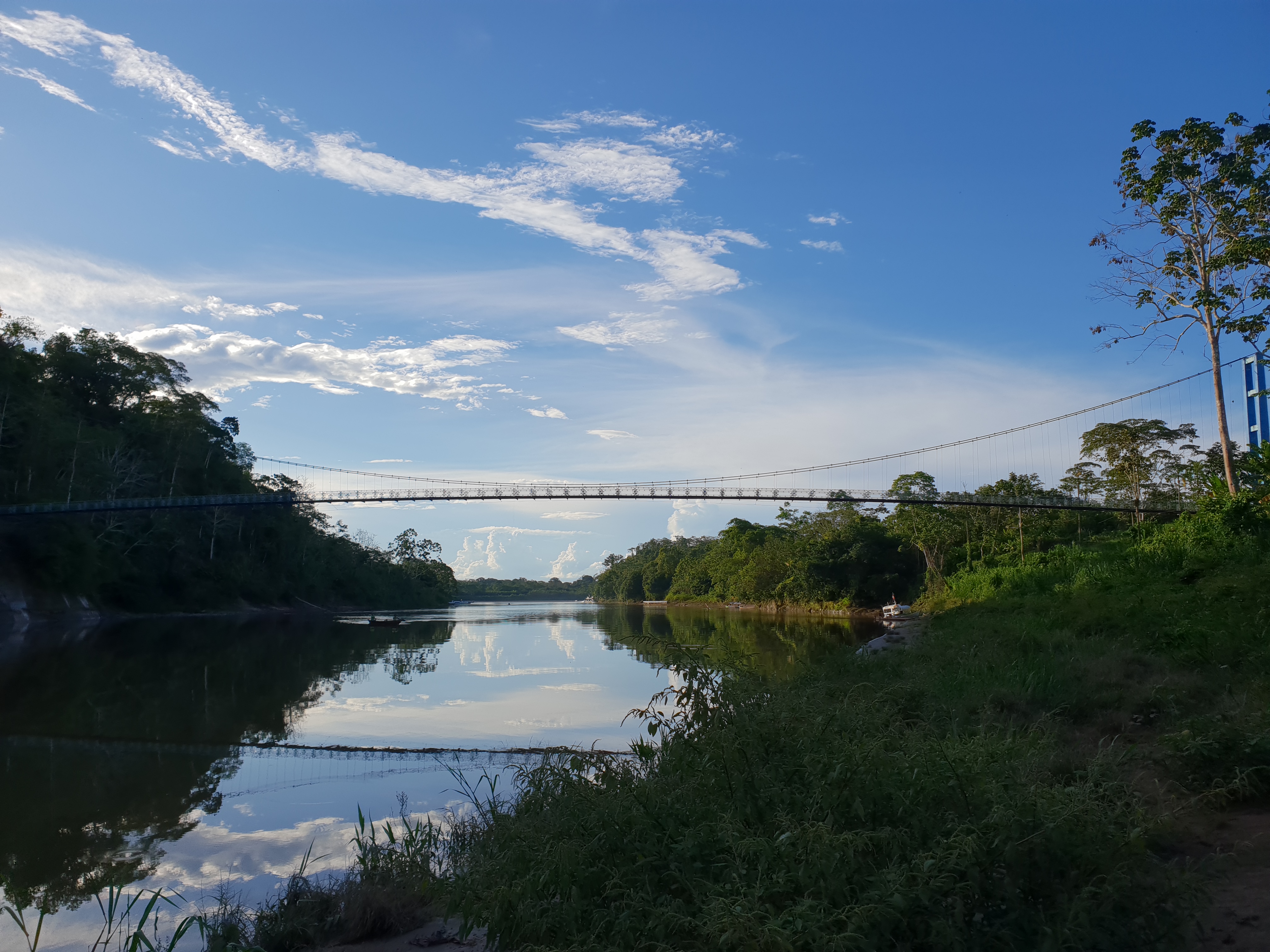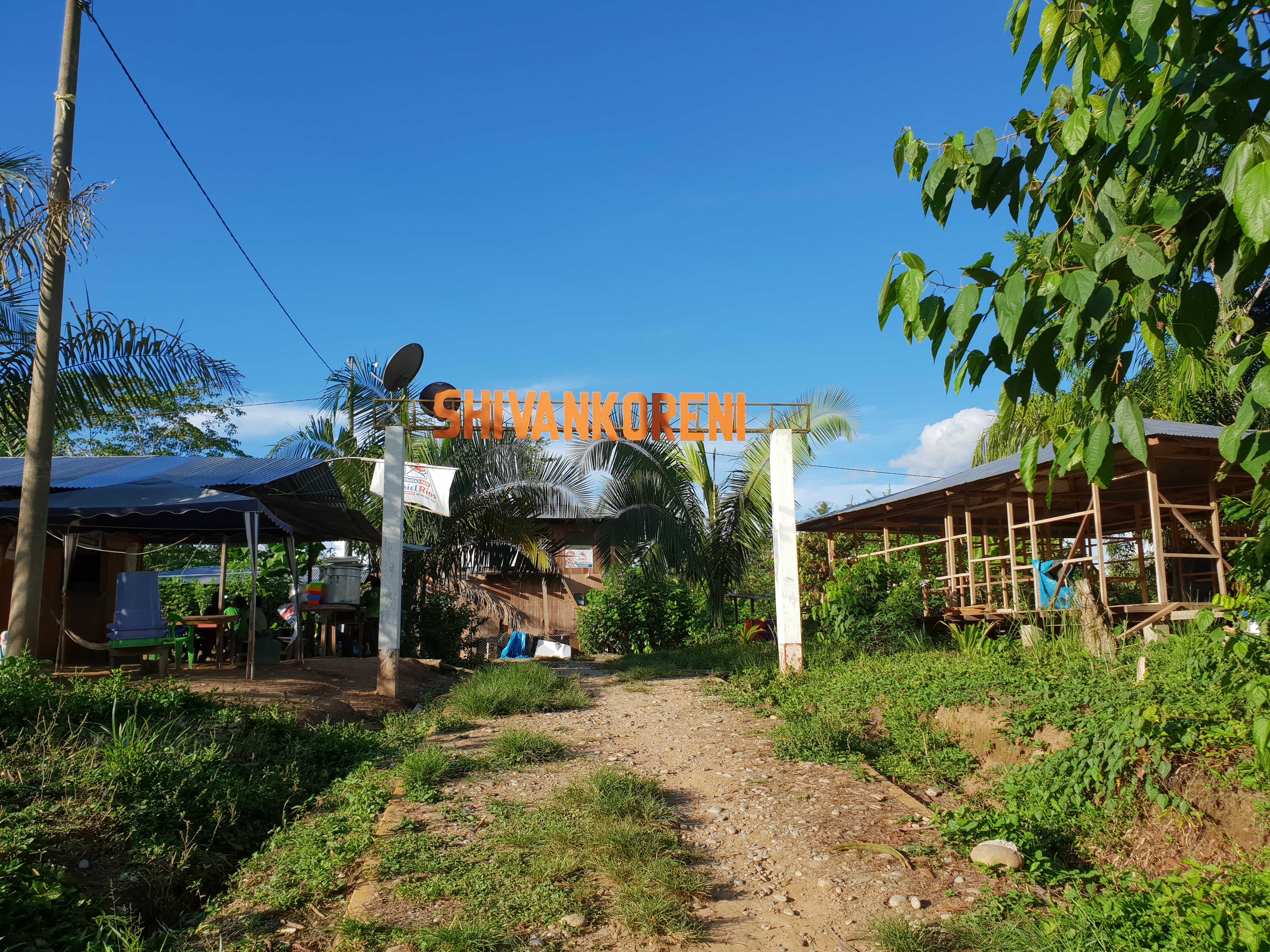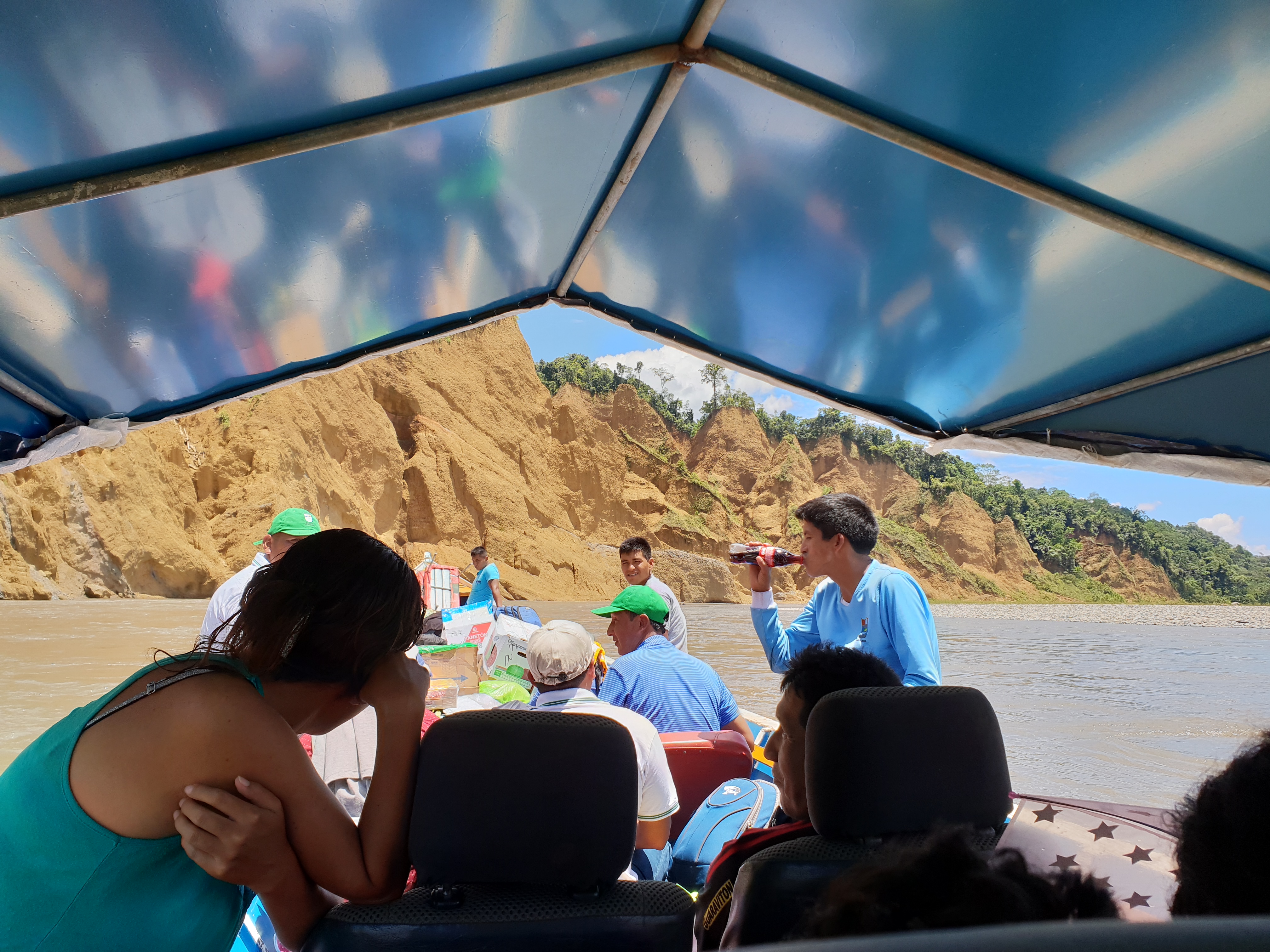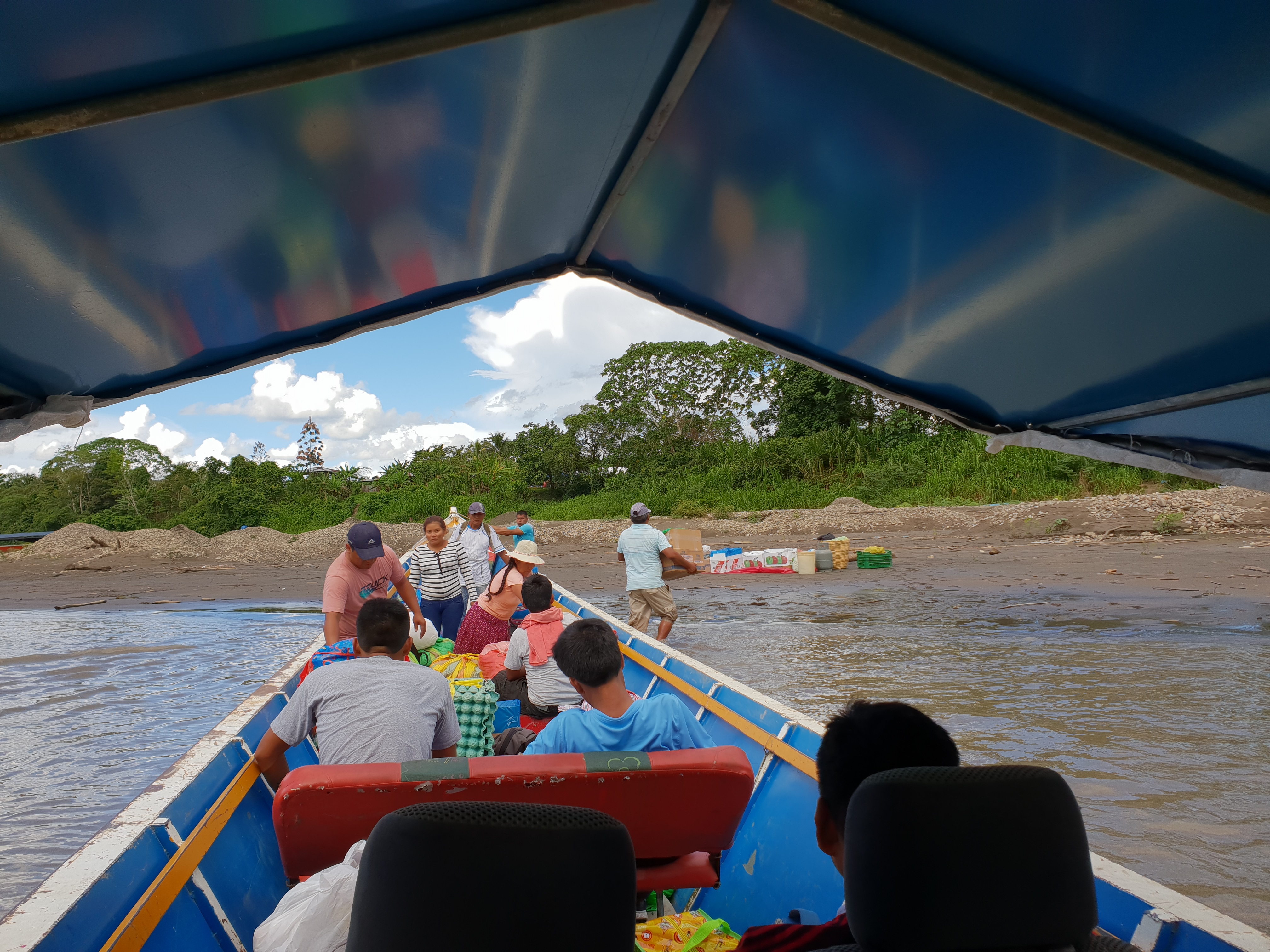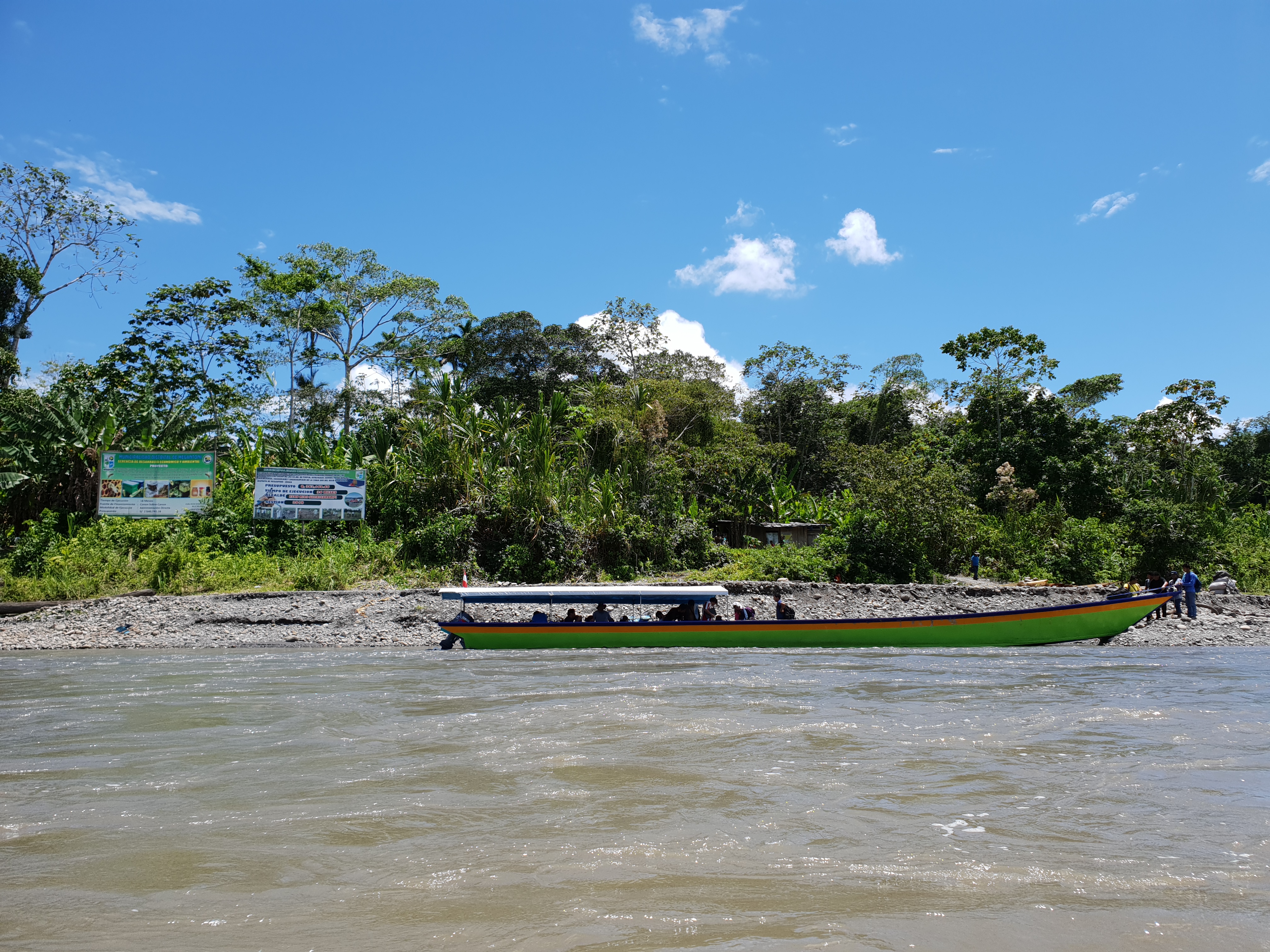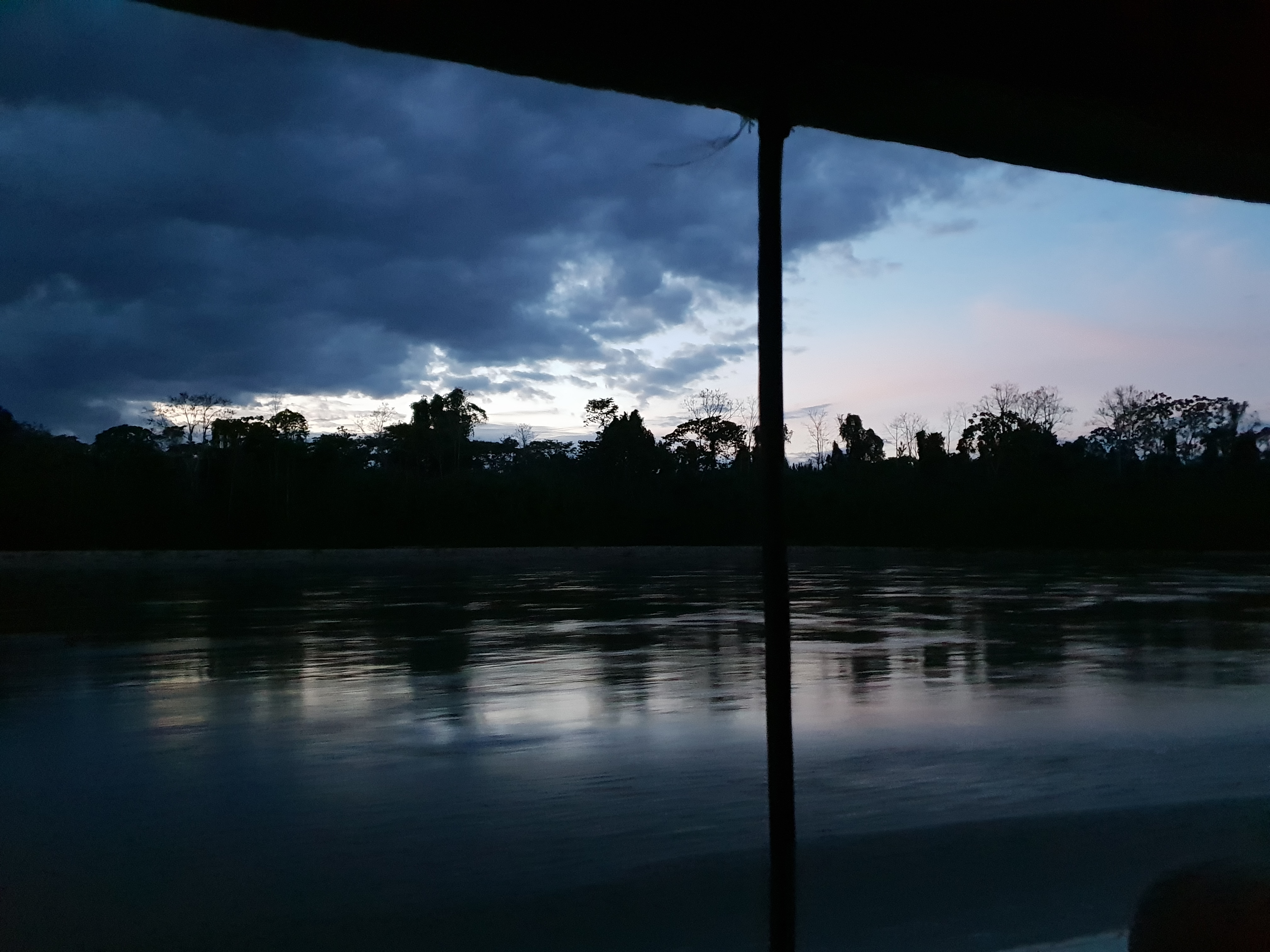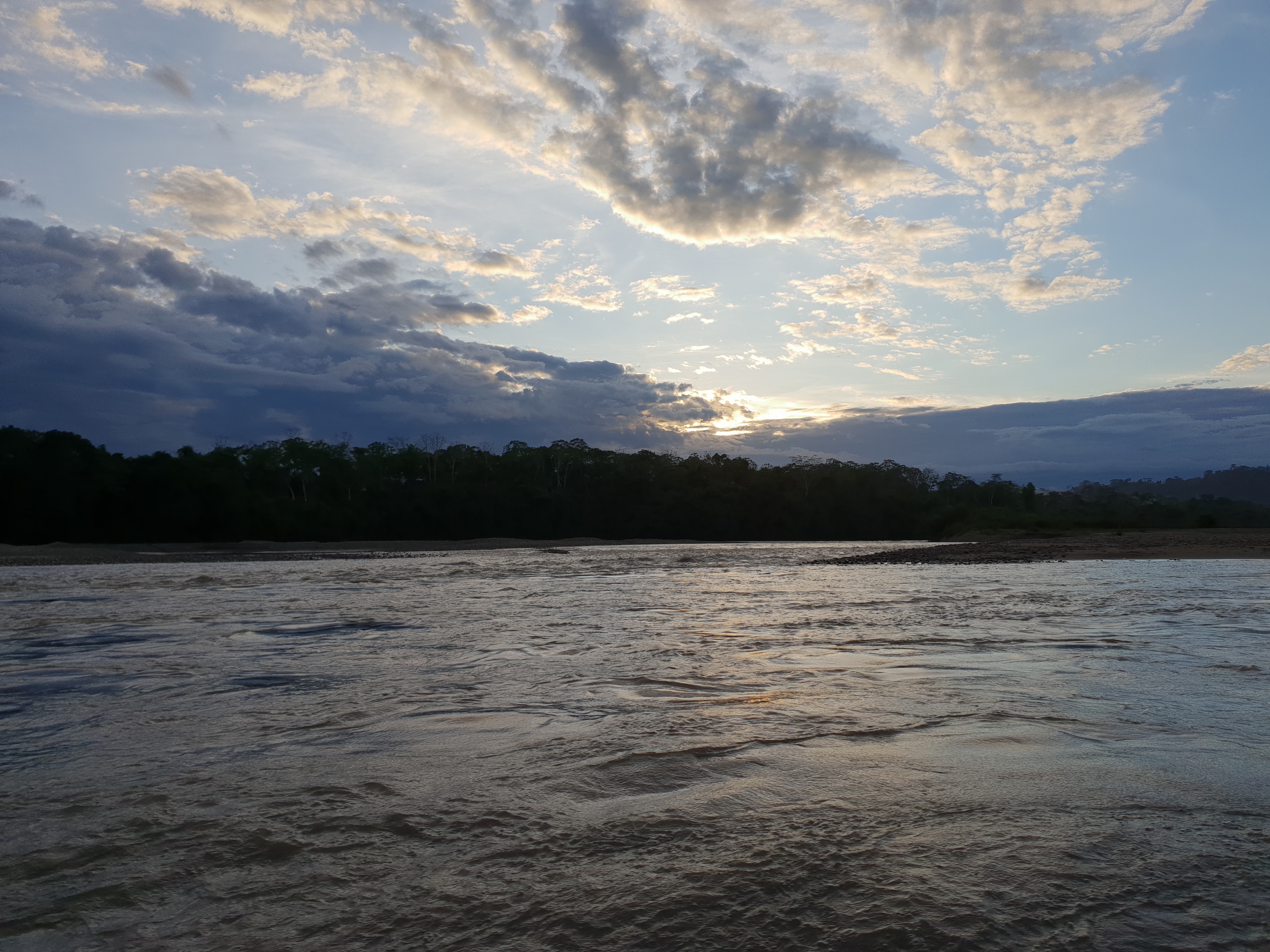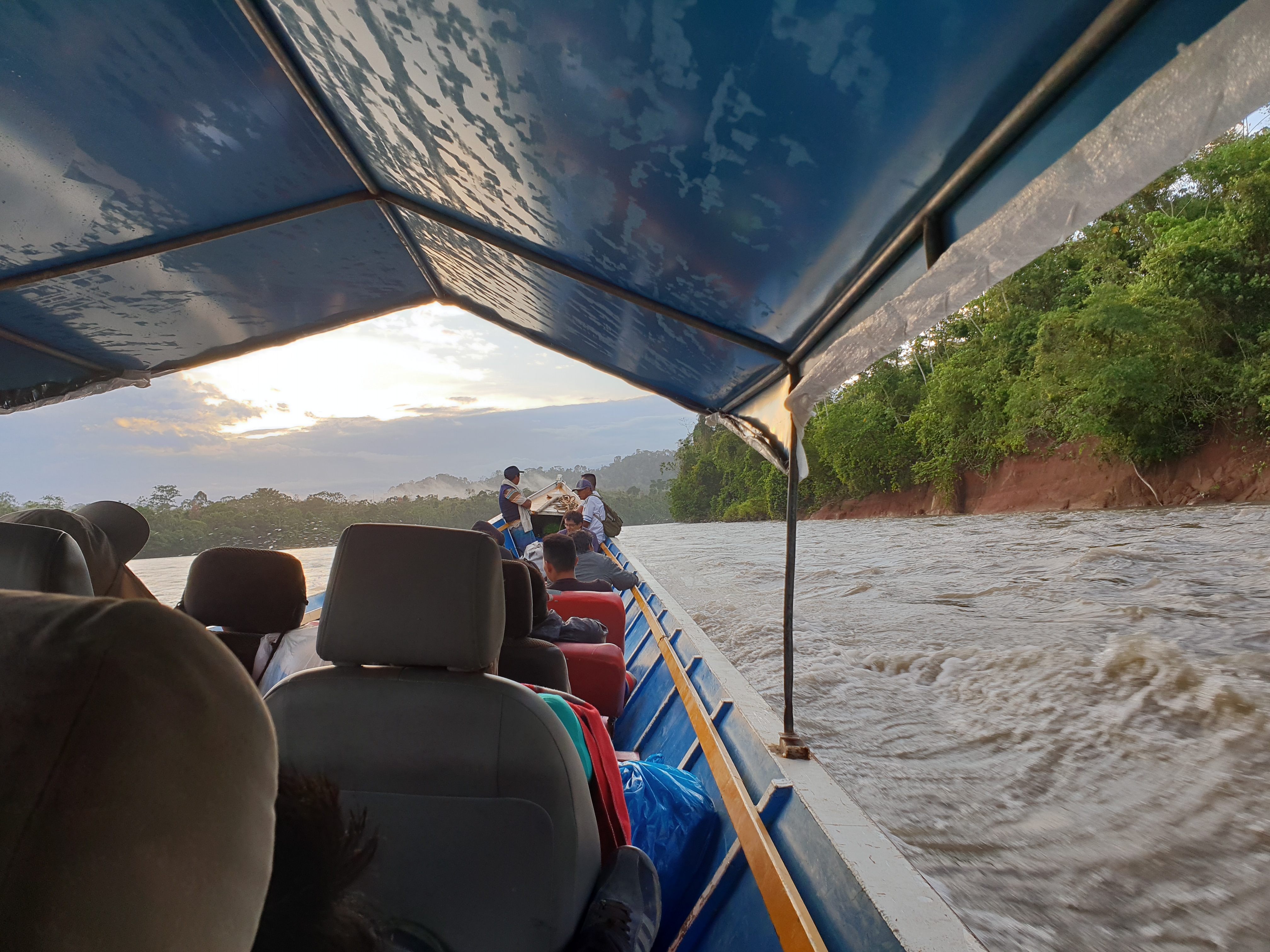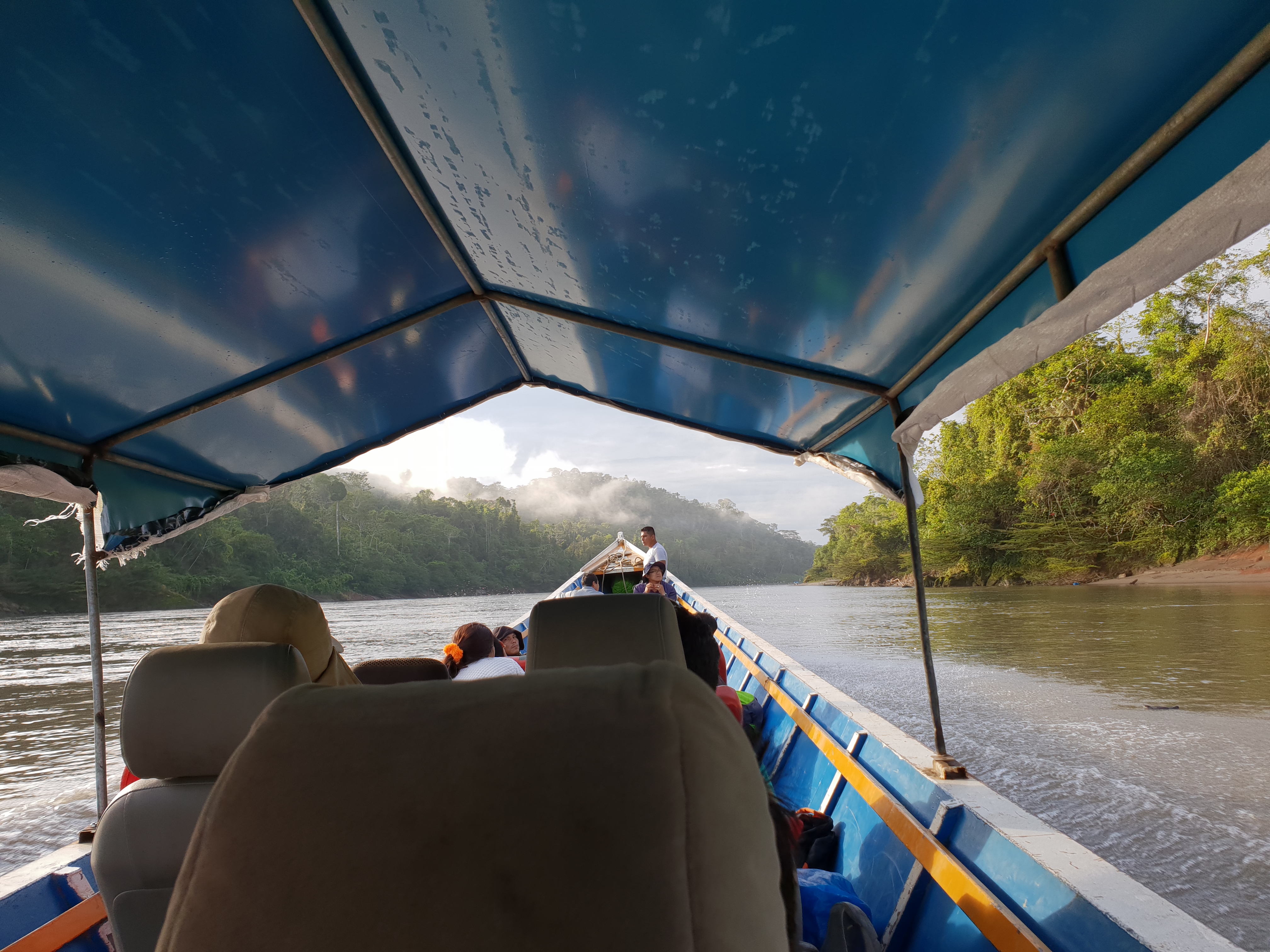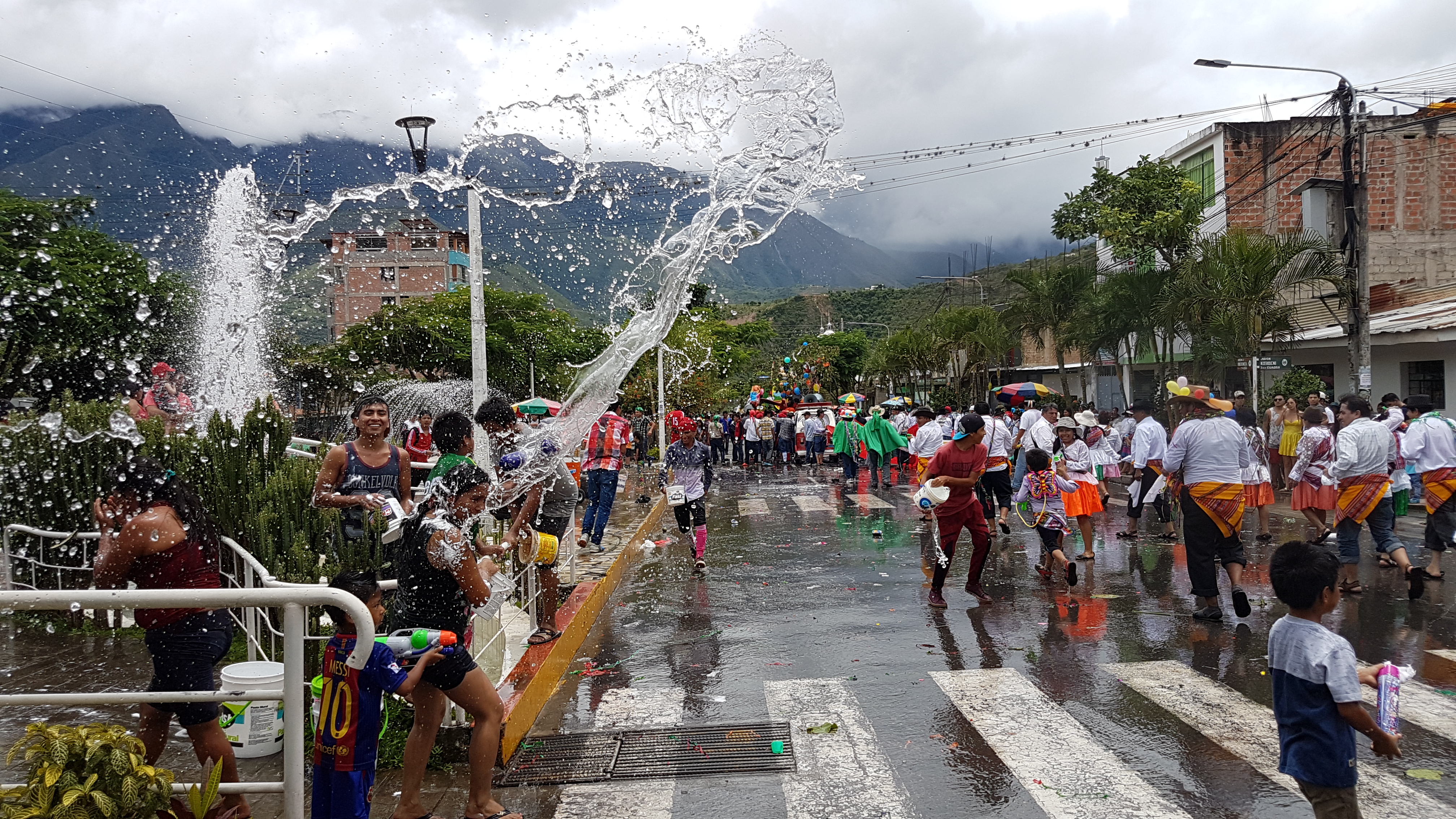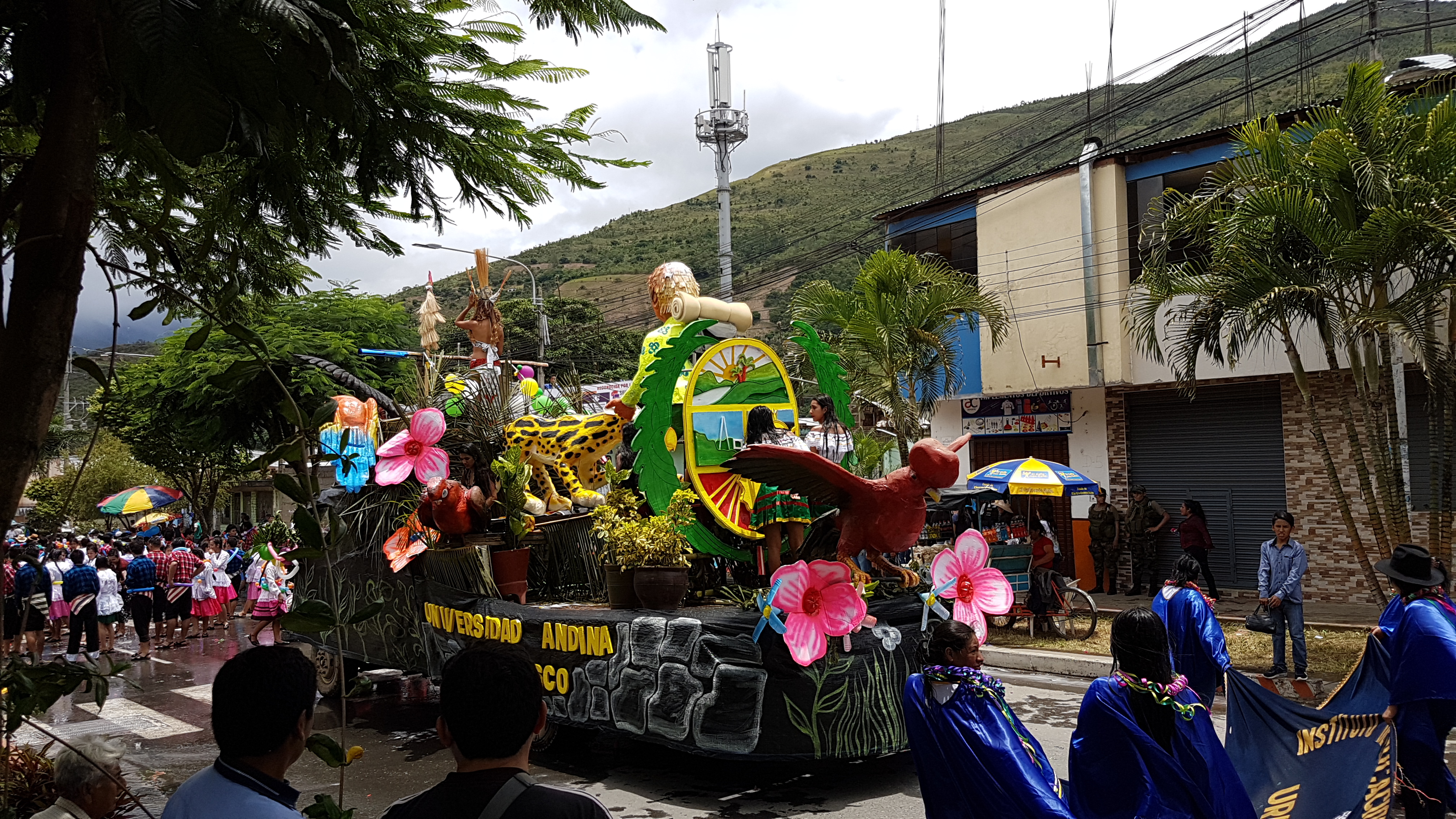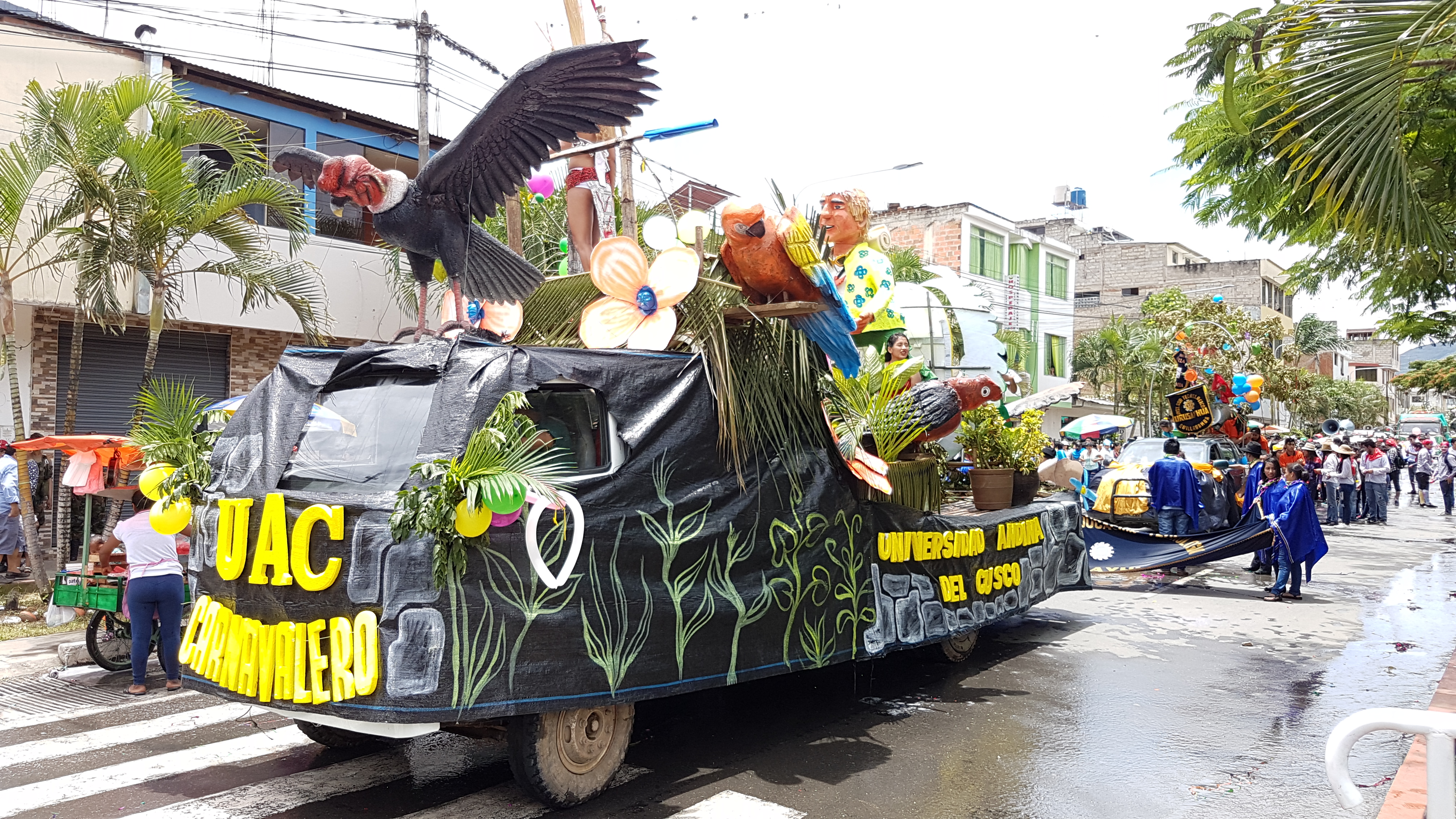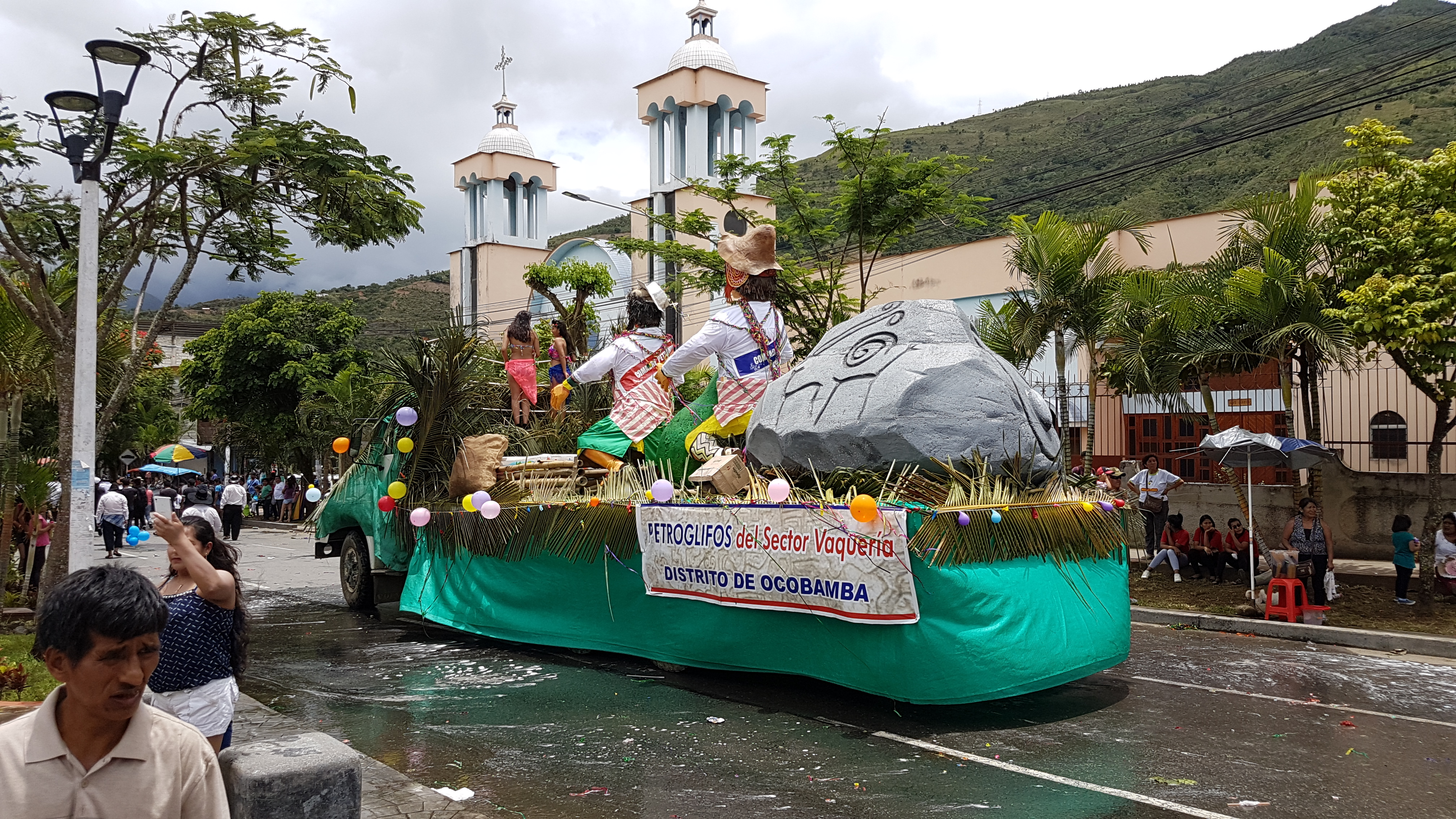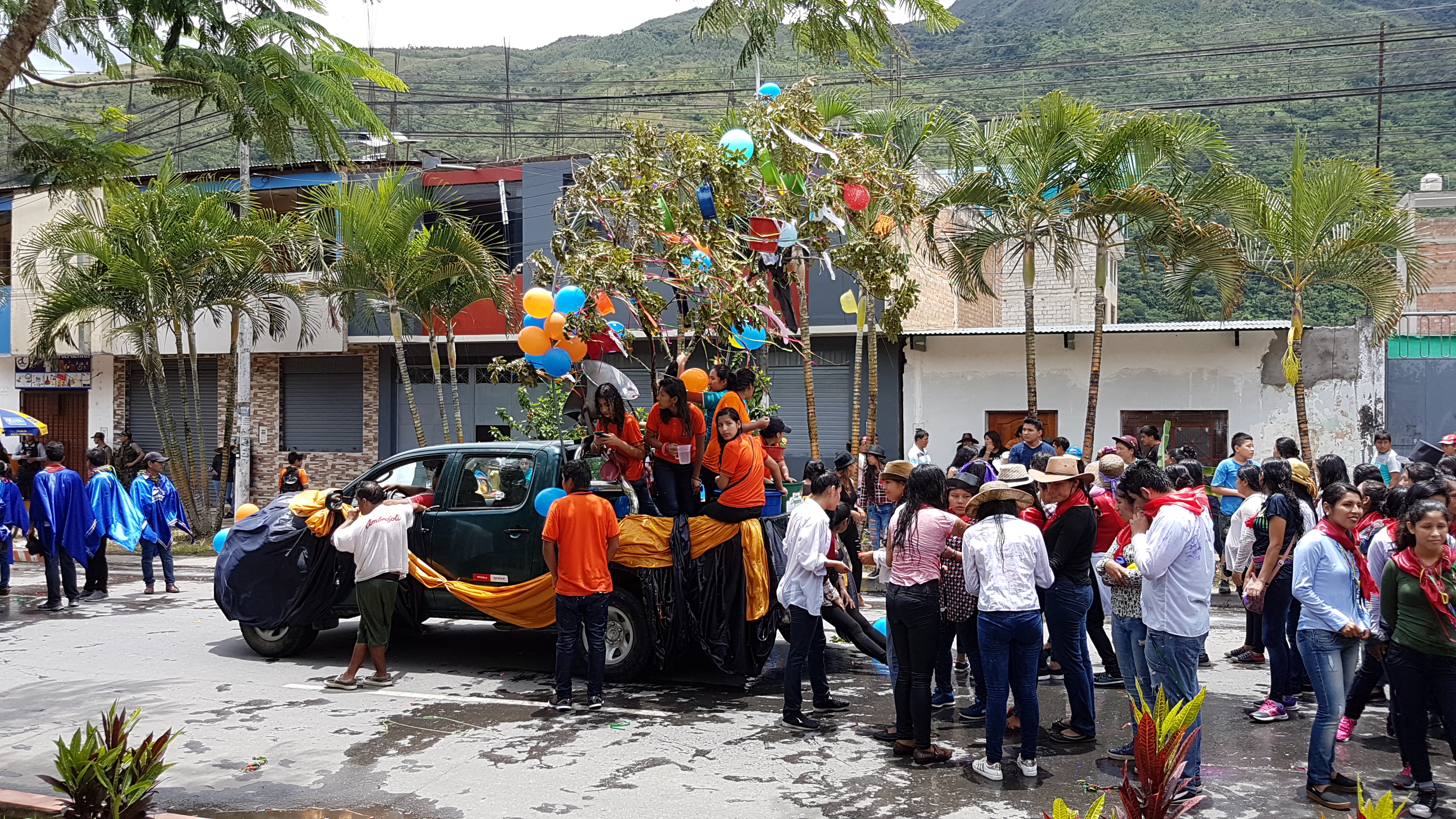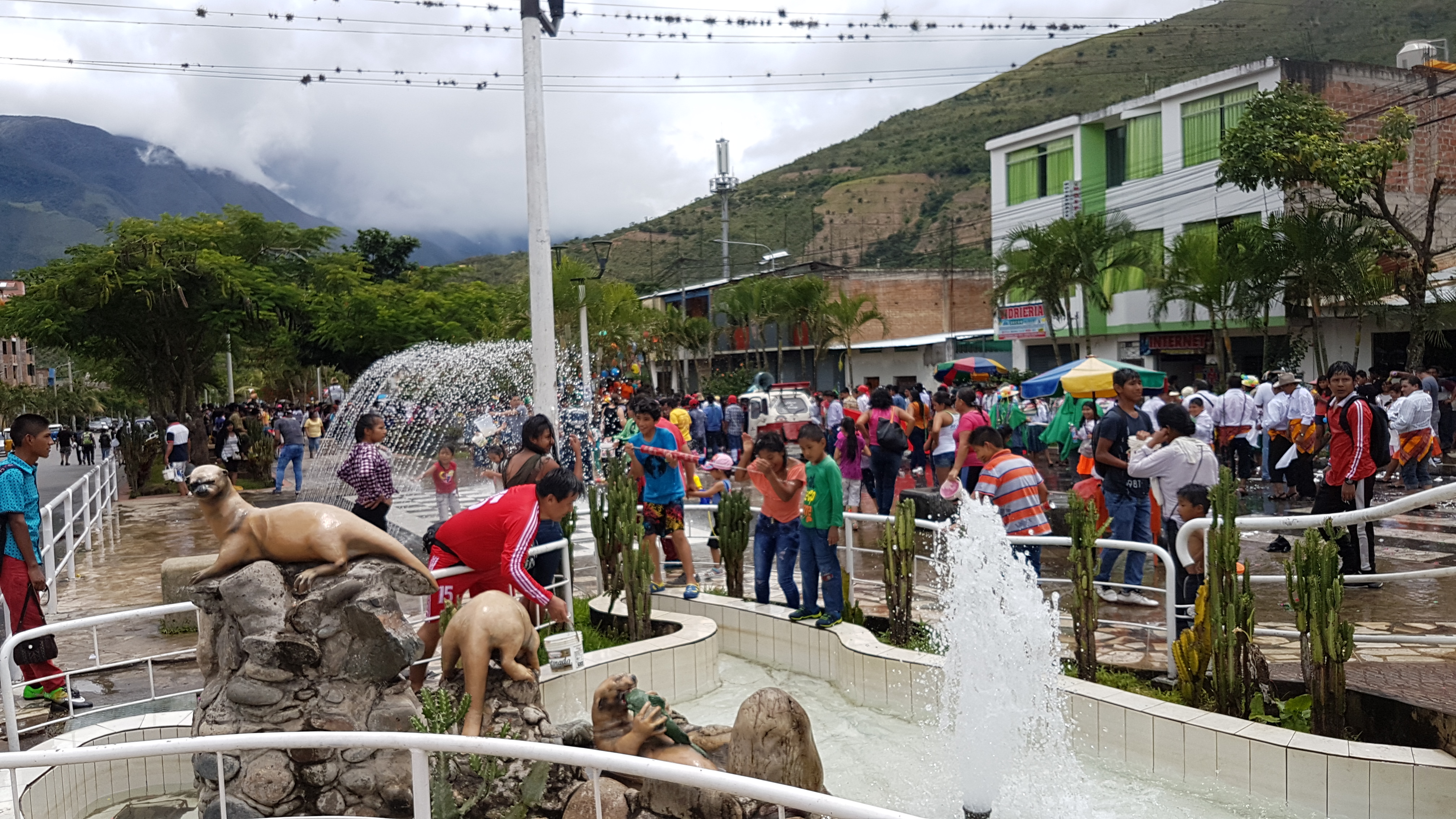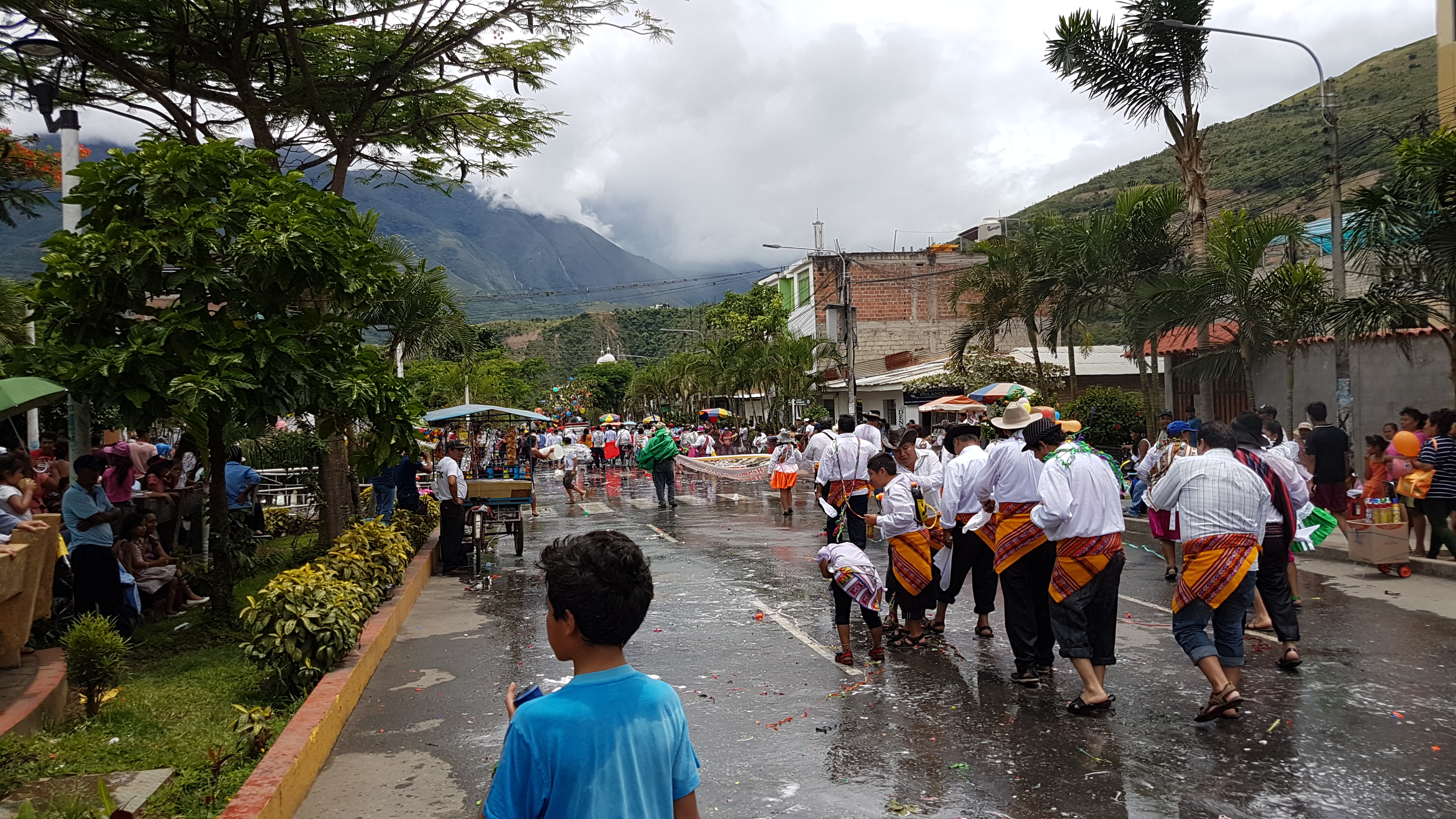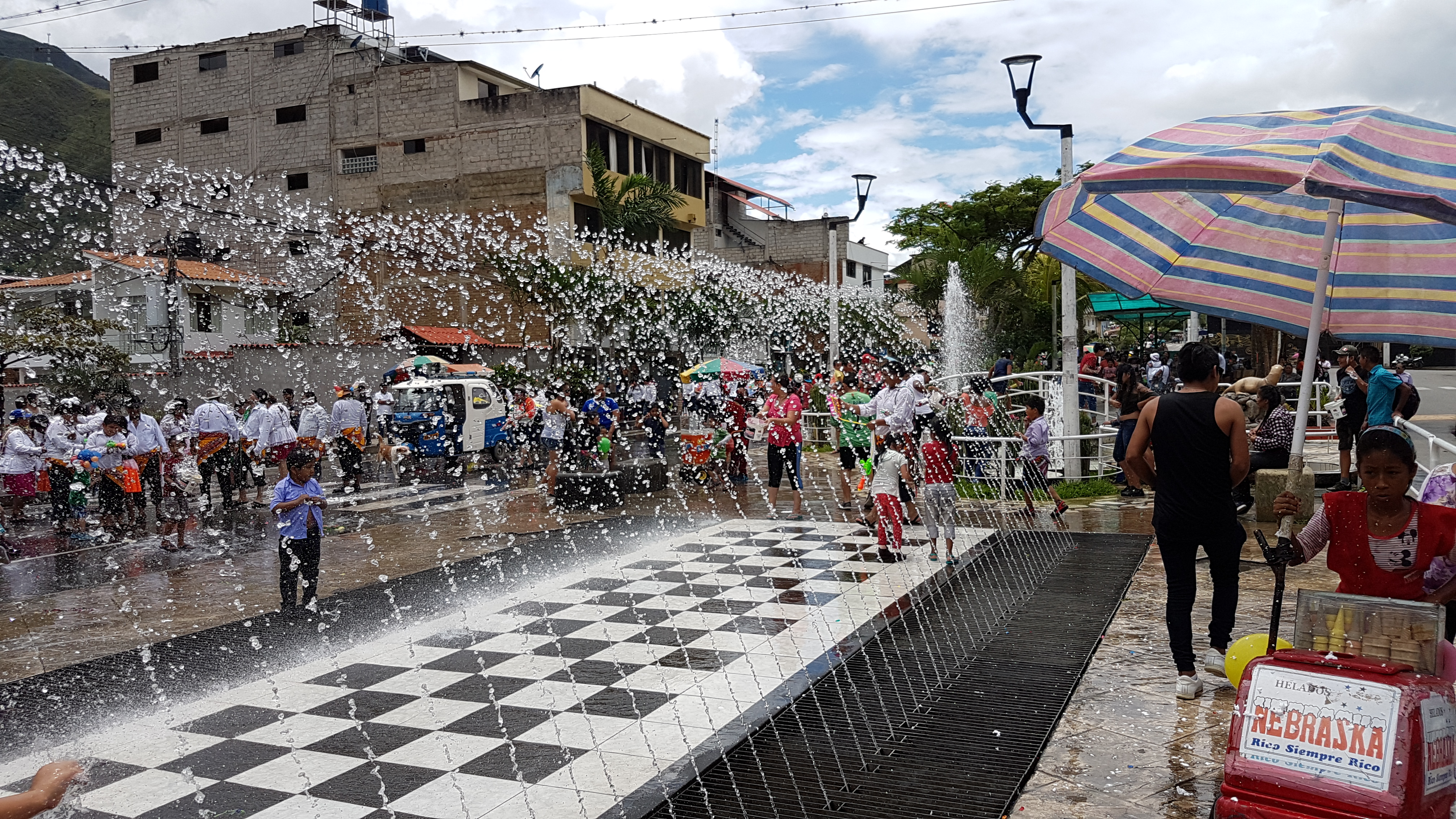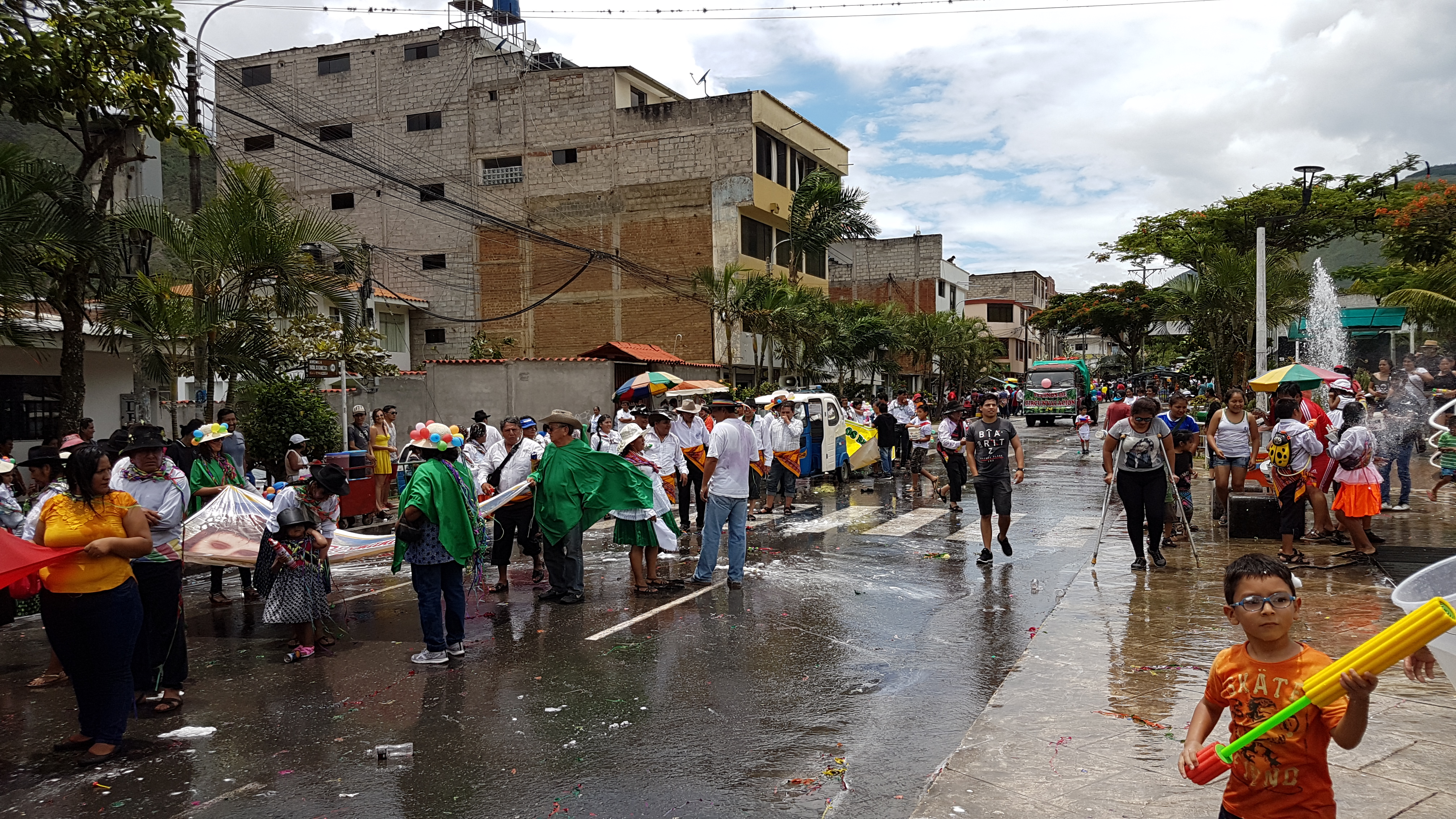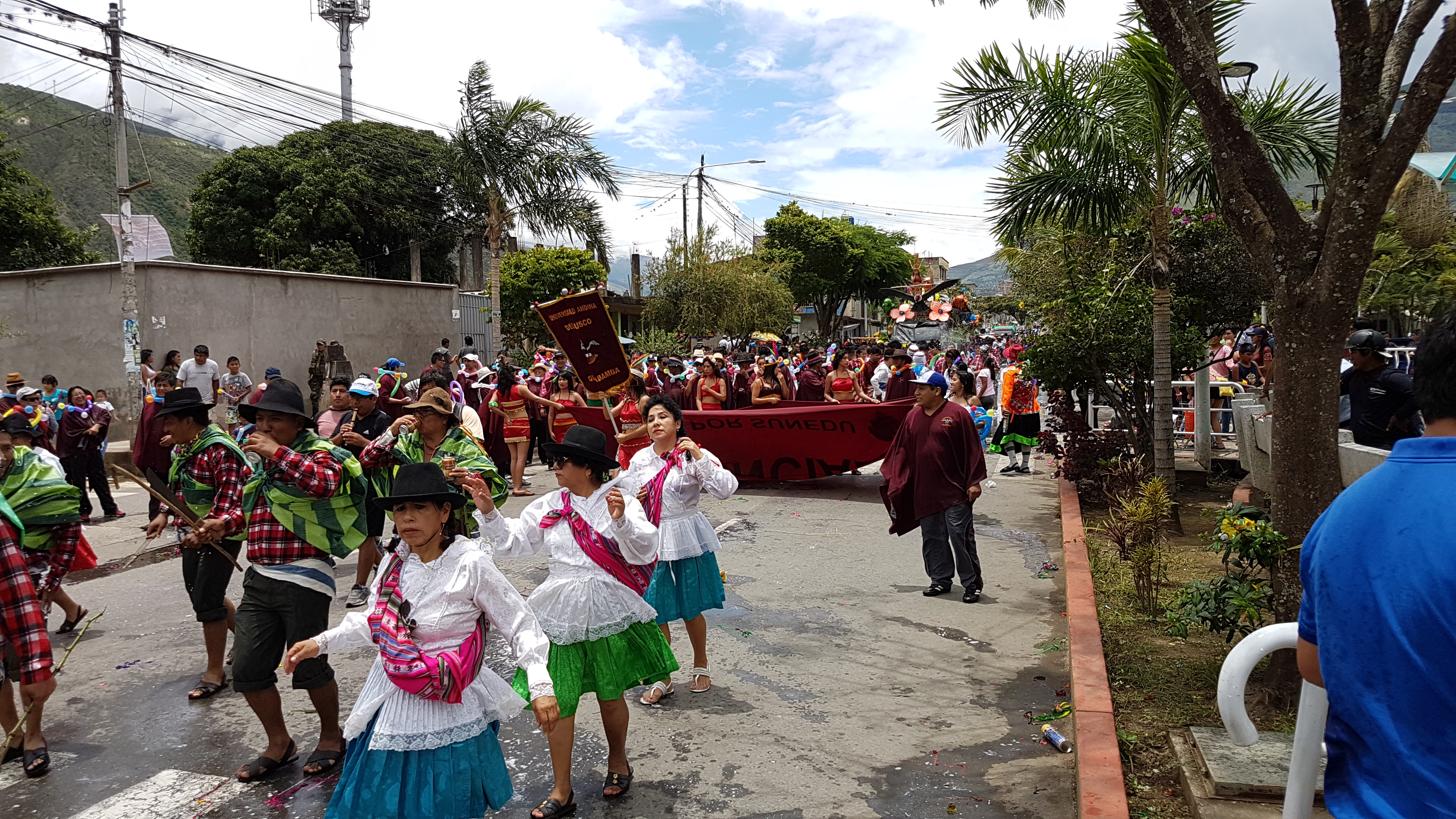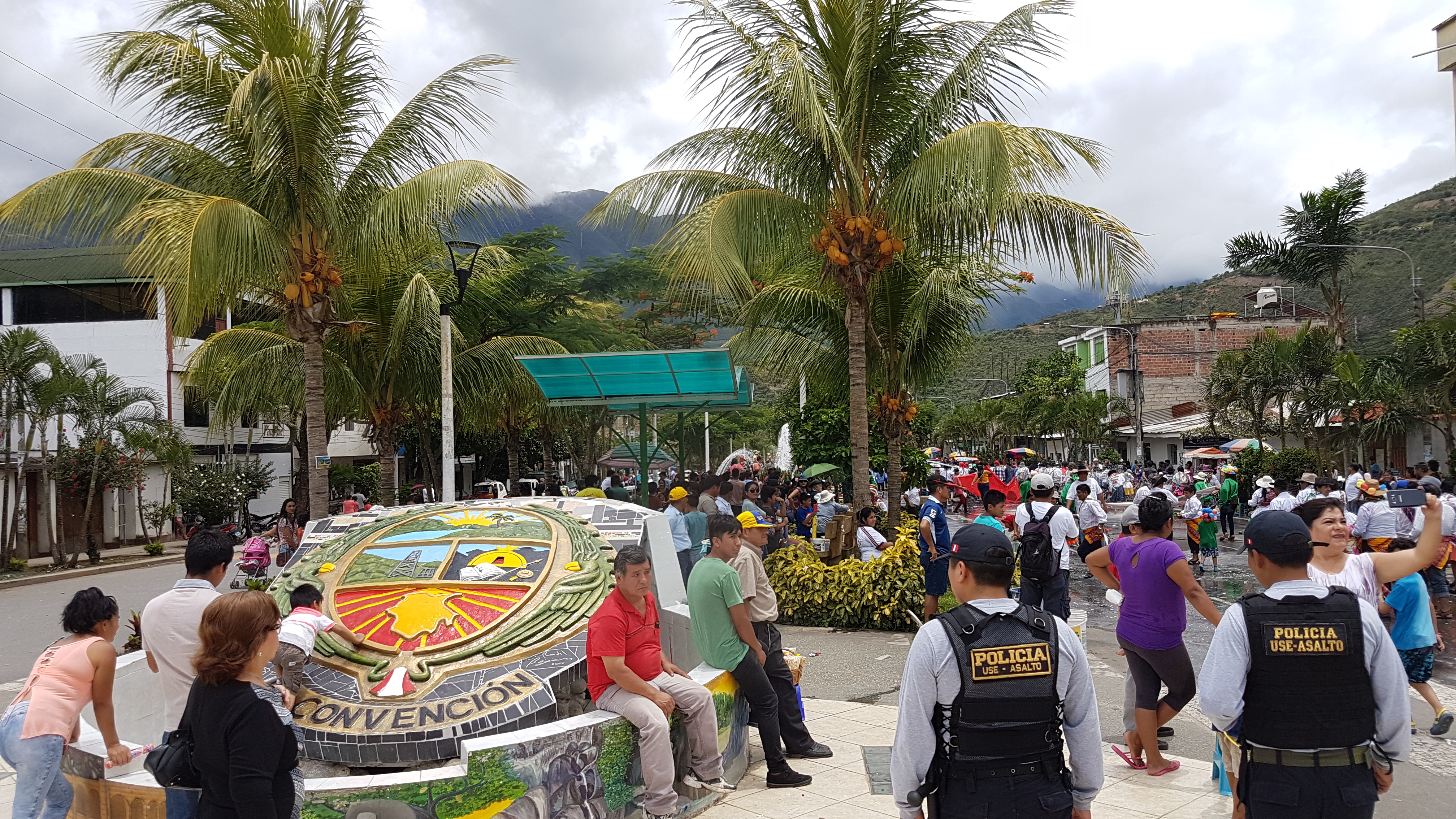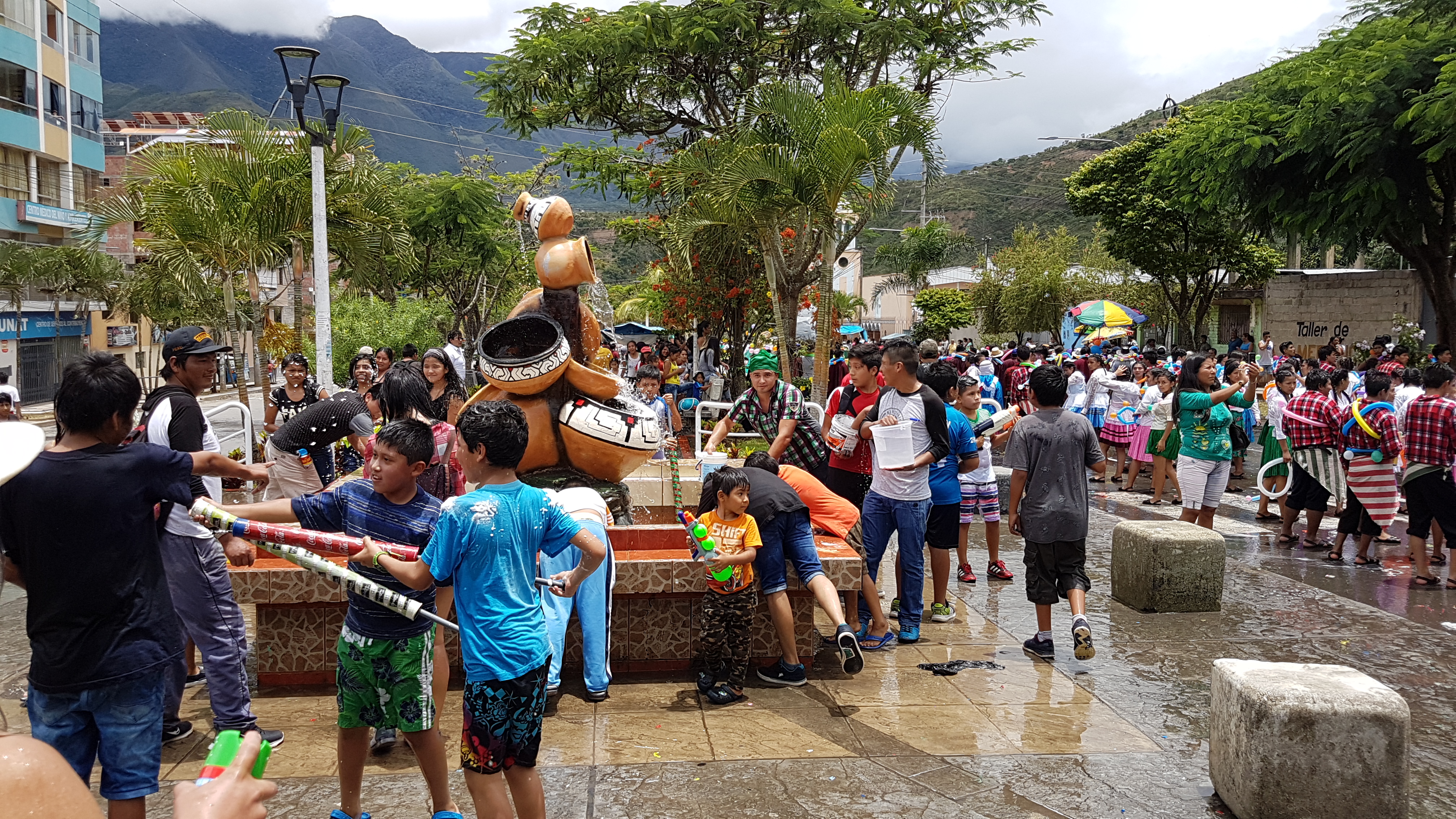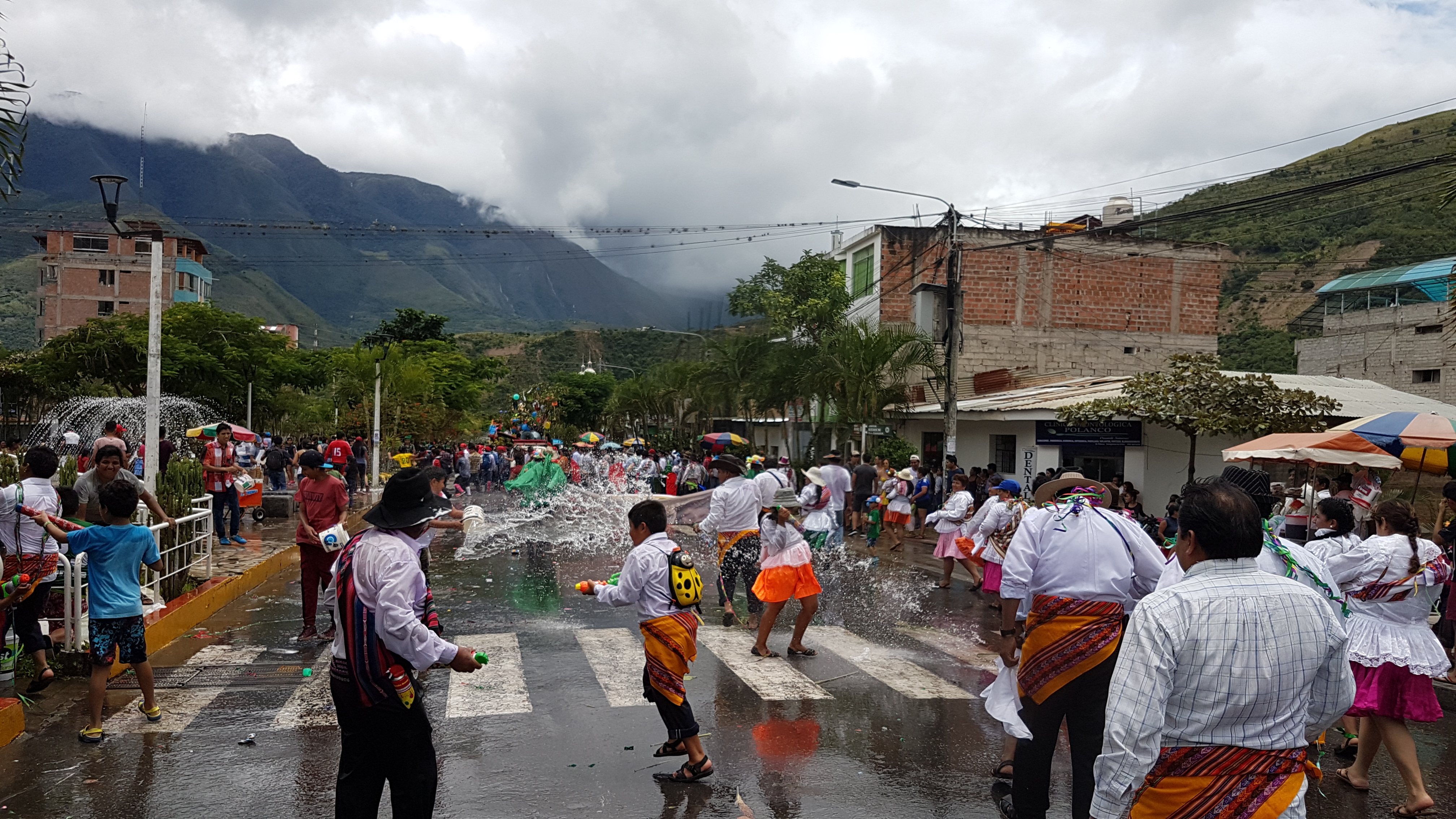Out of all the potential entry points to the selva around Cusco, none are closer than Quillabamba. Thanks to a relatively new paved road that replaced an old rickety train, Quillabamba is only four hours outside Cusco. This convenient location is complemented by a truly immense amount of variations. While the city of Quillabamba is relatively small with 30,000 inhabitants, the surrounding 30,000 square kilometer area has 180,000 residents. Encompassing three jungle regions (De la Sierra, Ceja de Selva y zona Amazónica), Quillabamba is the biggest province in Cusco.
While this area is immense, Quillabamba only recently came out of a surprisingly long history of slavery. At first this area was occupied by a humble mixture of Mañaries, Izcazingas, Pilcozones aborigines and Amazonicas Matsiguengas. Over time this group of native communities gradually mixed with the Incas. Despite being a vibrant mixture of native tribes, their numbers remained relatively small. When the Spaniards arrived, they parceled out the land to hacendados who enslaved the local people.
Under the watchful eye of the hacendado families, the natives toiled their extensive farms around Quillabamba. Coca, sugar cane and exotic fruits were harvested and sold to neighboring miners. Amazingly, this class system staid intact until well after the city of Quillabamba was founded in 1857. Against all odds, the hacendados managed to continued to control this once isolated part of the jungle with an iron fist. It wasn’t until 1930 that a malaria outbreak forced the hacendados to slightly change their system. Faced with a dwindling supply of natives, the hacendados had to lure in people from other areas to work their farms. To convince newcomers to take the risk, they offered parcels of their land in exchange for years of work. This plan worked, and before long Quillabamba was filled with “arrendires” working off the debt of their land.
Over time this transfer of land led to the development of the existing districts of Quillabamba. While the population was changing, Quillabamba’s outdated class system still remained. It wasn’t until the farmers staged multiple social uprisings between 1960 to 1970 that the hacendados completely lost power. Even though it got replaced, this long history of class systems is impossible to completely erase. The land where the city of Quillabamba presently sits was donated by hacendados Don Nicanor Larrea and Don Martín Pió Concha in 1881.
Despite originating from hacendados, the future of Quillabamba remains extremely bright. When they managed to reach city status in 1957, there was no turning back. The population rebelled against their masters and exploded in numbers. Today what was once a small culmination of tribes is a prime example of what happens when people are freed. Thanks to ample supplies of gas, coca and natural resources, the population of Quillabamba is relatively wealthy by Peruvian standards. While there’s still poverty, the city is well maintained and there’s too much local produce for anyone to go hungry.
Celebrated by multiple songs and legends, what makes Quillabamba so intoxicating is its amazing climate. Situated right at the entry point into the jungle, Quillabamba enjoys pleasurable weather all year long. This optimum climate makes it an agricultural powerhouse. Café, avocados, cacao, bananas, coca and countless other plants absolutely thrive under the Amazonian sun. On top of producing a number of exotic fruits, this area is filled with natural wonders. Everything from waterfalls to jungle expeditions are within a few hours reach from the main city. Discover which neighboring areas need to be visited with this epic list!
Best Places Around Quillabamba
Attraction #1: Cataratas de Illapani – This gorgeous waterfall is nestled in the neighboring district of Echarati. To reach it, visitors have to take a taxi to the village of Illapani. While the car ride is about 45 from Quillabamba, it can be hiked in 4 hours. The last transportation method is only recommended for soldiers, since a 40 minute hike awaits those arriving in Illapani. Fortunatley, this last leg of the journey is absolutely breathtaking.
After passing through the watermelon fields of the locals that manage the waterfall, the real journey starts. For a half hour, visitors wind through a gorgeous jungle trail. This area is home to multiple exotic birds, including the gallito de las rocas and loros. Upon reaching the waterfall, visitors are faced with multiple options. On top of enjoying this breathtaking cascade that descends 80 meters from Urusayhua mountain, there are multiple pools. While the 60-meter-wide pool at the base of the waterfall is freezing, the 15-meter-wide pool downstream is more tolerable.
All the waters are relatively chilly, but there’s something about their temperatures that’s undeniably refreshing. This natural baptism is invigorating enough to make anyone ready for the hike back to civilization. It’s hard to get a cab back to Quillabamba, so pay your driver extra to wait and take them along for the hike!
Attraction #2: Aguas Termales de Cocalmayo – This delightful hotsprings is located outside Santa Theresa, about an hour away from Quillabamba. Given its prime climate in the Ceja de Selva, this area has been dedicated to harvesting coca since the Incas. When it came under Spanish control, the natives were forced to work in neighboring mines. This trend came to an abrupt stop after the Agrarian revolution displaced the hacendados.
While the locals continue to cultivate coca, the flourishing tourism surrounding the hot springs is generating fresh income. Cocalmayo boasts four large pools that contain mineral water that seeps out of the mountain. On top of being extremely warm and inviting, these crystal clear waters have medicinal properties. Everyone from locals to tourists flock to their waters to enjoy a breathtaking swim in paradise. This is the jump off point for multiple treks to Machu Picchu, so incorporate it into your schedule if possible!
Attraction #3: Montaña Madre Selva – Thanks to its remote location in the middle of rugged jungle terrain, this is one of the most preserved parts of the Peruvian jungle. The advancement of civilization has caused many animals to take refuge on this mountain. This trend created a unique home for countless species of plants and exotic animals. From 40-meter-tall Tarco trees to rare monkeys, this place is bursting at the seams with exquisite wildlife. Ironically, this pristine jungle oasis is only 30 minutes outside Quillabamba.
Allegedly the mountain is filled with gold, but its cloudy weather and heavy rains prevents miners from climbing it. Multiple expeditions have tried to reach the top of the mountain, but none have made it back. While it’s incredibly dangerous to hike past the marked paths, Madre Selva is a truly breathtaking place to visit. It’s home to over 10 waterfalls and a lodge, so eco-tourists have a welcoming place to stay. Come and visit this mysteriously exotic mountain before the miners figure out a way to reach the gold!
Attraction #4: Comunidad Nativa Camisea – Even though this native community is outrageously far from Quillabamba, the sheer ruggedness of the journey put it on our list. To get to this once isolated tribe, the excursion starts in Quillabamba. After a 7-hour drive, visitors get off in the small riverside town of Ivochote. This city just a few hours outside the entry point to VRAEM, so the tall-tell signs of drug trafficking are evident. While the people are welcoming and live in huts, there’s an unmistakably odd vibe.
Here the streets are patrolled by soldiers armed with machine guns instead of police. This somewhat unsettling welcome is overshadowed by the sheer natural beauty surrounding Ivochote. Nestled on the edge of the Urubamba river, it’s home to a bustling port. Every morning at six o’clock, collectivo boats embark for Camisea. After loading up to the max with supplies, passengers, and bags of live chickens, the 8-hour boat journey begins.
Despite only stopping in the community of Timpia, the boat ride is absolutely breathtaking. The waters are rough and full of rocks and obstacles, so the captain of the boat has to maneuver with care. As waves rock the boat, it manages to barrel down the river. One area is filled with a gorgeous series of waterfalls that cascade down the bank of the river. The water is extra choppy here, but the sights are incredible.
Upon arriving in Camisea, the modernization is evident. A massive gas company has been working the area since 2004, so the tribe has already been exposed to the modern world. Fueled by non-profit organizations and random commerce, the Camisea tribe doesn’t even resemble its former self. Instead of wearing traditional native clothes, the residents stagger around drinking beer in shorts and flip flops. Makeshift bars open at noon, so there’s little innocence left. While this clash with the modern world is depressing, the journey to get to Camisea makes the trip worthwhile.
Bonus: Carnaval – Every February, the city picks a week to fill with activities revolving around Carnaval. As the days pass, what starts as an agricultural exposition turns into a massive party. At first they have their massive market of café and chocolate from various producers. Then they have a competition between various tribes throughout the La Convención who showcase their traditional dances. By the time they reach Saturday, everyone is having water fights in the street as elaborate floats parade down the street. Miss Carnaval eventually gets crowned, but by then everyone is so immersed in the festivities it doesn’t really matter.
These water fights are epic, but be careful. It doesn’t matter if you want to participate or not, someone will drench you. On top of hitting people with buckets of water and water balloons, many people use paint, polish, oil and glitter. For this reason, don’t wear any shirt that you don’t want trashed. It’s still an epic spectacle, so don’t hesitate to unleash your inner child at the water fights!
